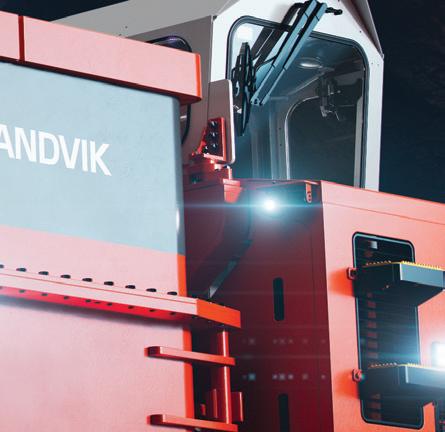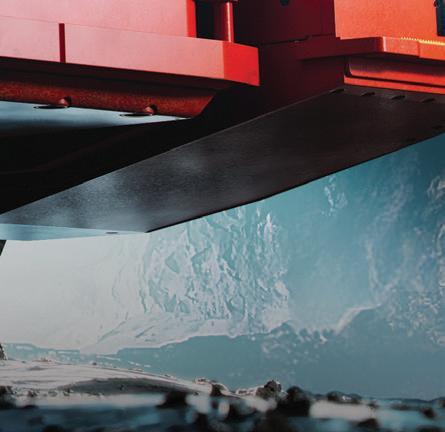






> Recent trends and developments in mine electrification in Canada
> ARTIFICIAL INTELLIGENCE: Growing fact or lingering fiction
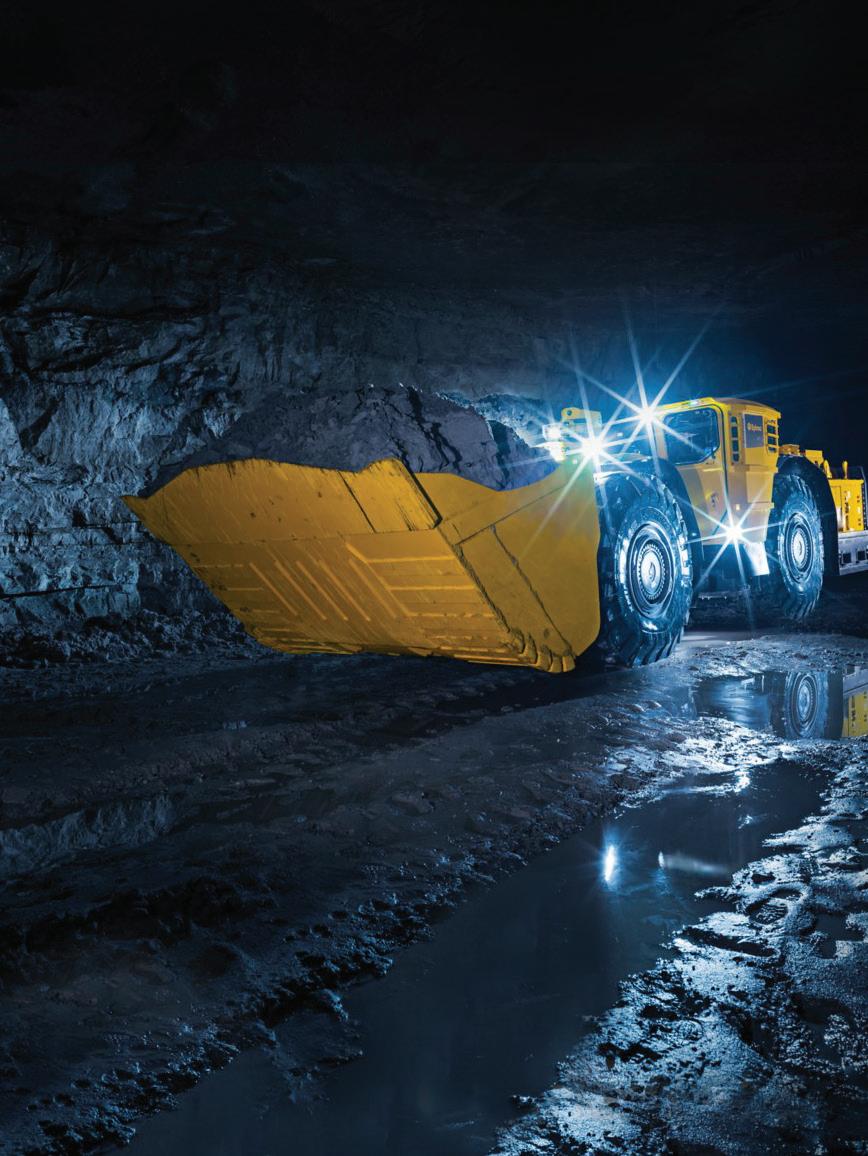



> TIME TO GET SERIOUS OR BECOME “UNINVESTABLE”




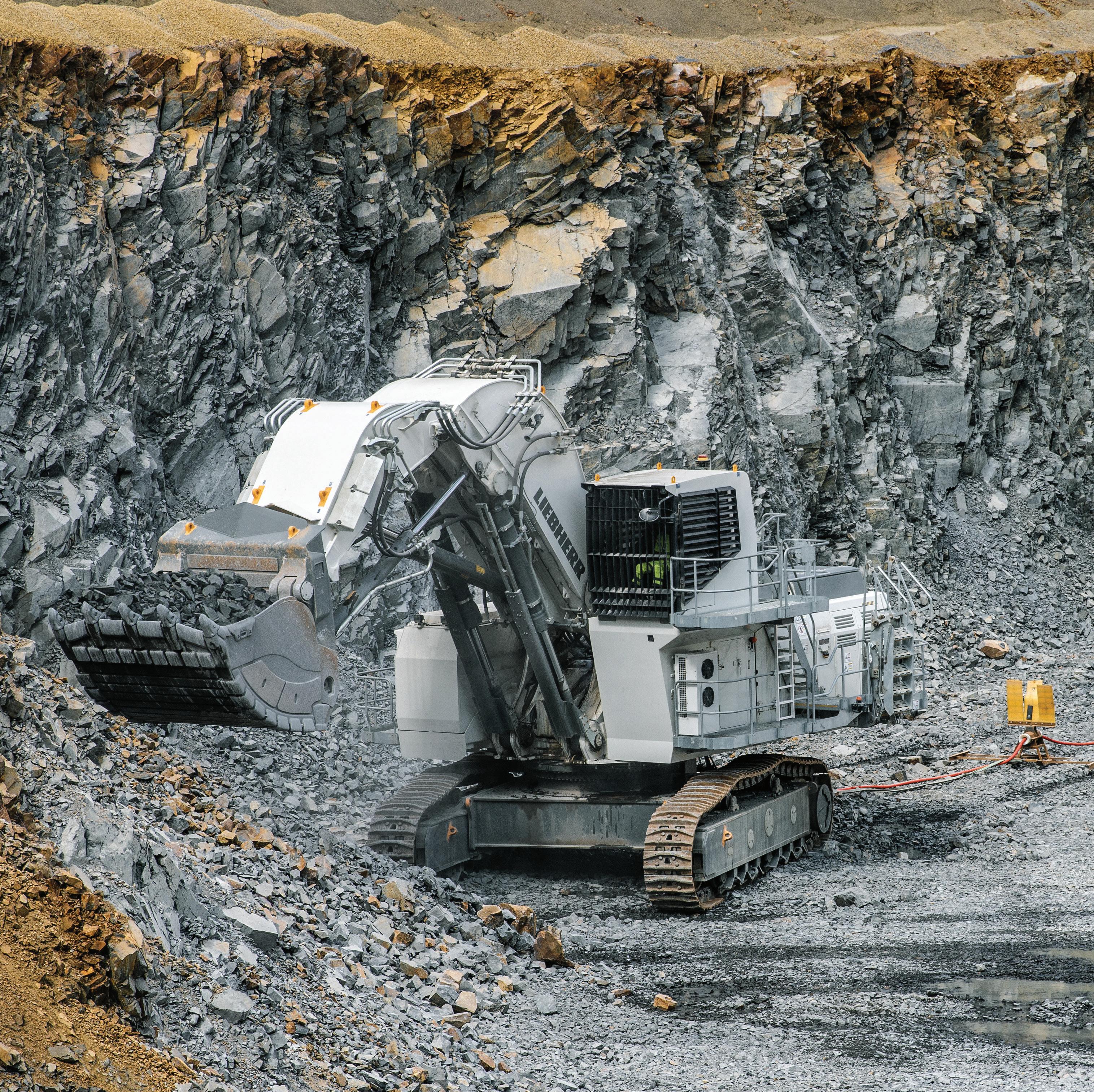
– Harness 40 years of Liebherr’s electric-drive excavator expertise and experience unmatched design,manufacturing, and maintenance
– Choose from the largest range of electric mining excavators to find the perfect fit for any application
– Reduce maintenance costs and extend component service life with fewer component changeouts than a standard diesel excavator
– Achieve the flexibility to work anywhere with multiple supply voltages and frequencies available
– Optimize safety and improve machine mobility with the fully autonomous Liebherr cable reeler
– Ensure peace of mind for operations as all Liebherr electric excavators comply with IEC or CAS/UL standards
CRITICAL MINERALS
11 Critical minerals on the rise: What 2024 survey numbers reveal about British Columbia’s mineral exploration sector.
26 Unlocking lithium: Pairing technology and expertise to increase project value.
30 Outlook 2025: Reshaping the rare earth elements supply chain amid soaring demand and strategic risks.
32 Building an integrated critical minerals sector in Canada.
BATTERY ELECTRIC VEHICLES
18 Juiced for the Job: Round up of BEVs powering the future of mining.
MINE ELECTRIFICATION
23 Recent trends and developments in mine electrification in Canada.
40 Mine electrification in Canada: An industry in transition.
UNDERGROUND MINING
28 Pillar fortification with resin injection in the sub-level caving process.
TECHNOLOGY: ARTIFICIAL INTELLIGENCE
34 Artificial intelligence: Growing fact or lingering fiction.
TRAINING AND WORKFORCE
37 Finding the Canadian potash mining workforce to feed the world.
INTERNATIONAL DISPUTES
41 The billion-dollar standoff: Alamos Gold versus Türkiye.
4 EDITORIAL | Mining at risk: How tariffs could trigger an industry slowdown.
6 FAST NEWS | Updates from across the mining ecosystem.
10 LAW AND REGULATIONS | Time to get serious or become “uninvestable.”
13 MIN(E)D YOUR BUSINESS | Arbitration costs insurance: A natural fit for mining disputes?
15 LAW AND REGULATIONS | Straight talk on Canada’s new greenwashing laws.
17 INDEGINOUS AFFAIRS | Establishing the triangle of trust by creating a shared vision of prosperity.
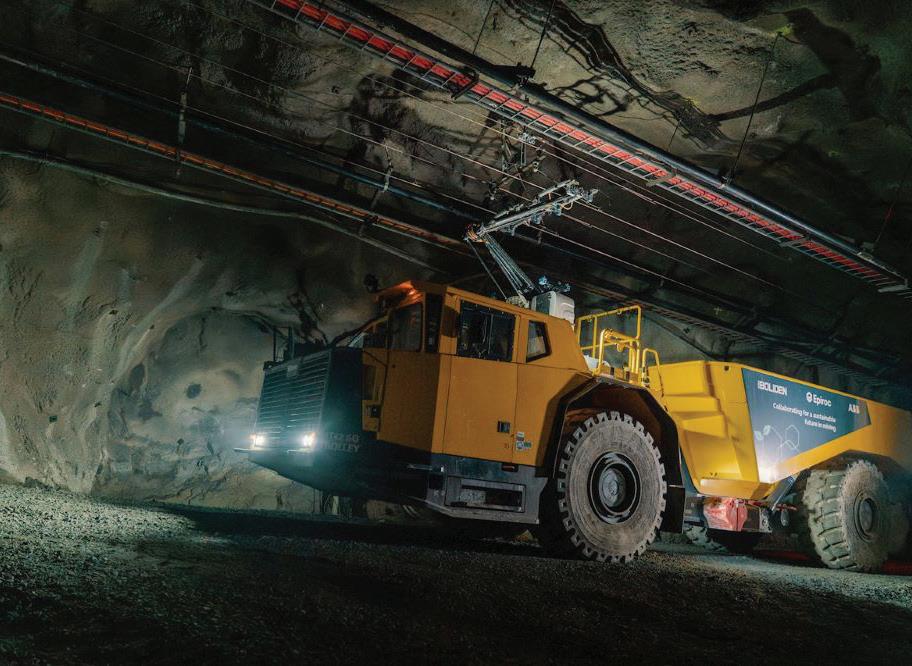
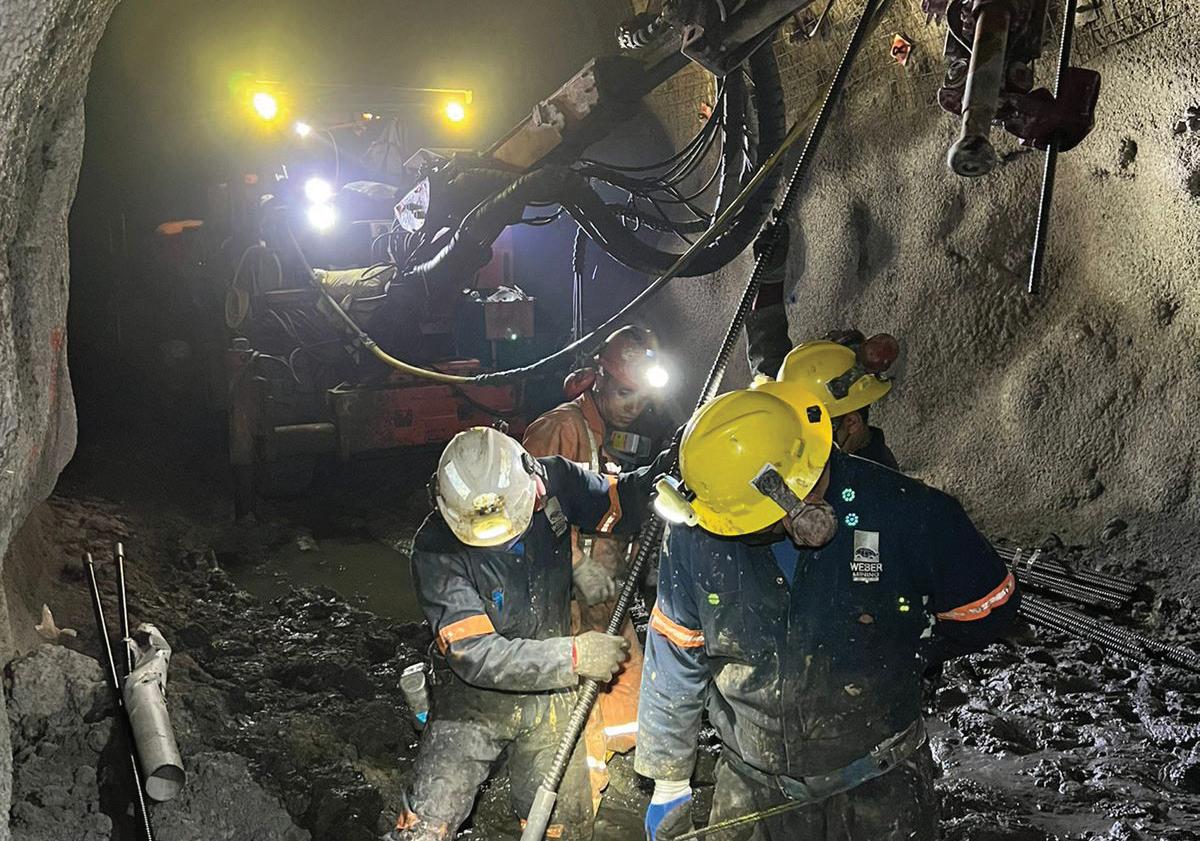
39 IN MY MIN(E)D | How Canada can win the global resource race. 30
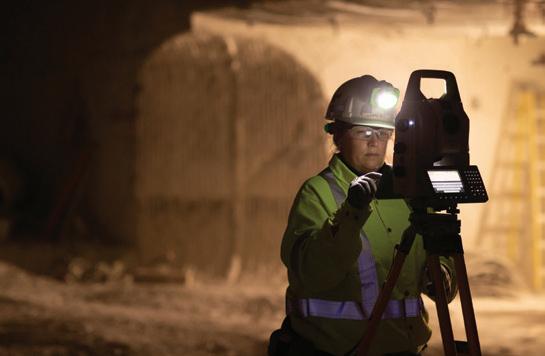
3740
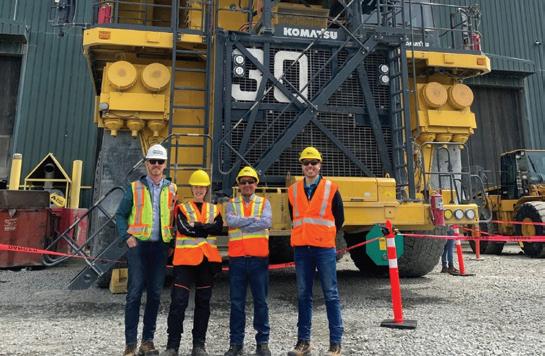
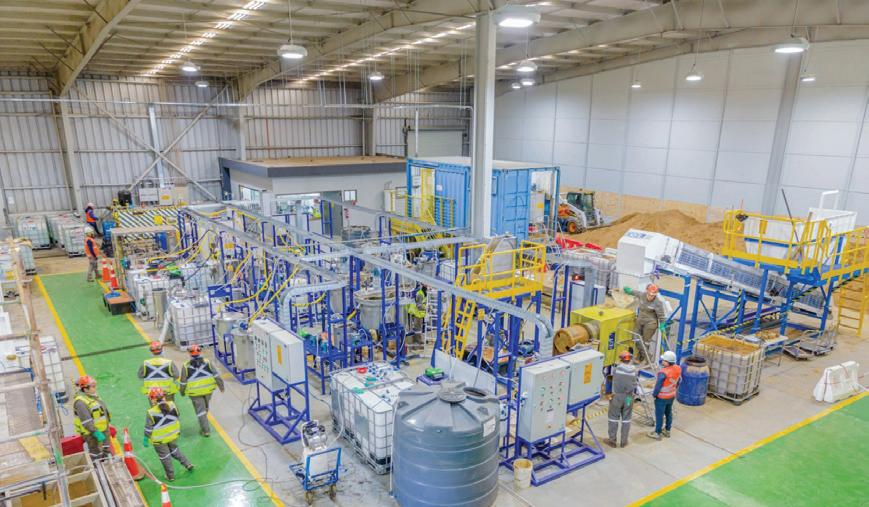


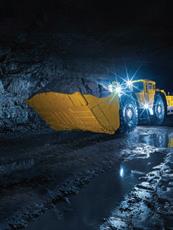





eyond the immediate financial impact, tariffs are guaranteed to create economic uncertainty that discourages investment in the mining sector. Higher trade barriers often lead to market volatility, making it harder for companies to plan longterm projects or secure financing. Needless to say, the current Canadian regulatory and permitting process is already a tough nut to crack (see article on page 10 of this issue). Investors may hesitate to fund new mining developments if they anticipate reduced profitability owing to restricted trade. This uncertainty could also impact related industries, such as transportation and equipment manufacturing, which depend on a thriving mining sector. If prolonged, these effects could contribute to a broader economic downturn, slowing job creation, and weakening Canada’s position as a global mining leader.
Additionally, tariffs could trigger a slowdown in Canada’s mining industry by increasing costs and disrupting supply chains. Higher tariffs would drive up production costs for mining operations. This could make Canadian mines less competitive on the global market, forcing companies to scale back operations, delay new projects, or even reduce their workforce. On top of that, if countries impose retaliatory tariffs on Canadian minerals and metals, demand for these exports could decline, leading to revenue losses across the industry.
To combat the impact of tariffs, the mining industry in Canada must minimize costs, diversify markets, and strengthen resilience. For example, supply chain optimization, market diversification, and investing in domestic manufacturing or partnerships with local suppliers can also reduce reliance on costly imports.
Furthermore, mining firms can explore technological advancements, such as automation and energy-efficient equipment, to improve operational efficiency and offset rising costs. This reflects directly on the main feature of this issue, which is battery electric vehicles (BEVs), as switching to BEVs could help mining companies save money and reduce CO2 emissions.
Our annual BEV round up article on page 18 sheds light on several BEVs that are new to the market, with capabilities for the mining industry, as BEV demand and the selection of BEVs for the mining industry keep growing.
Clearly, assuming leadership across the BEV supply chain (including passenger BEVs) represents an enormous economic opportunity for Canada, creating good manufacturing jobs across the country. According to recent reports, experts are starting to agree that the federal government should ease or lift its 100% tariff, slapped on Chinese electric vehicles (EVs) last fall, to spur EV purchases and deliver a blow to Elon Musk’s Tesla, as part of Canada’s trade war with the U.S.
Moreover, rather than relying on a few major trading partners, Canadian miners can expand their export destinations to regions with favorable trade agreements. Strengthening relationships with emerging markets could help maintain demand for Canadian minerals and metals. Engaging with policymakers and industry associations to advocate for fair trade policies, exemptions, or tariff relief programs can also provide relief and create new revenue streams and reduce exposure to tariff-related fluctuations.
Critical minerals are essential for the manufacturing of BEVs and the global energy transition. In this issue, several articles cover topics related to critical minerals in Canada. On page 37, Scott Bahr discusses how we can find the Canadian potash mining workforce to feed the world. And on page 41, Gordon Feller explains the standoff between Alamos Gold and the government of Türkiye.
Finally, our May 2025 issue will report on what is new in the world of analytics, robotics, autonomous mining, software, and the IoT, as the mining industry continues to digitize and automate. Editorial contributions can be sent directly to the Editor in Chief no later than April 10, 2025.
APRIL 2025
Vol. 146 – No . 2
69 Yonge St., Ste. 200, Toronto, ON M5E 1K3 Tel. (416) 510-6789 Fax (416) 510-5138 www.canadianminingjournal.com
Editor in Chief
Dr. Tamer Elbokl telbokl@canadianminingjournal.com
News Editor Joseph Quesnel jquesnel@canadianminingjournal.com
Production Manager Jessica Jubb jjubb@northernminer.com
Manager of Product Distribution Allison Mein 416-510-6789 ext 3 amein@northernminergroup.com
Publisher & Sales
Robert Seagraves 416-510-6891 rseagraves@canadianminingjournal.com
Sales, Western Canada George Agelopoulos 416-510-5104 gagelopoulos@northernminer.com
Toll Free Canada & U.S.A.: 1-888-502-3456 ext 2 or 43734
Circulation Toll Free Canada & U.S.A.: 1-888-502-3456 ext 3
President, The Northern Miner Group Anthony Vaccaro
Established 1882
Canadian Mining Journal provides articles and information of practical use to those who work in the technical, administrative and supervisory aspects of exploration, mining and processing in the Canadian mineral exploration and mining industry. Canadian Mining Journal (ISSN 0008-4492) is published nine times a year by The Northern Miner Group. TNM is located at 69 Yonge St., Ste. 200, Toronto, ON M5E 1K3. Phone (416) 510-6891.
Legal deposit: National Library, Ottawa. Printed in Canada. All rights reserved. The contents of this magazine are protected by copyright and may be used only for your personal non-commercial purposes. All other rights are reserved and commercial use is prohibited. To make use of any of this material you must first obtain the permission of the owner of the copyright. For further information please contact Robert Seagraves at 416-510-6891.
Subscriptions – Canada: $51.95 per year; $81.50 for two years. USA: US$64.95 per year. Foreign: US$77.95 per year. Single copies: Canada $10; USA and foreign: US$10. Canadian subscribers must add HST and Provincial tax where necessary. HST registration # 809744071RT001.
From time to time we make our subscription list available to select companies and organizations whose product or service may interest you. If you do not wish your contact information to be made available, please contact us via one of the following methods: Phone: 1-888-502-3456 ext 3; E-mail: amein@northernminergroup.com
Mail to: Allison Mein, 69 Yonge St., Ste. 200, Toronto, ON M5E 1K3
We acknowledge the financial support of the Government of Canada.

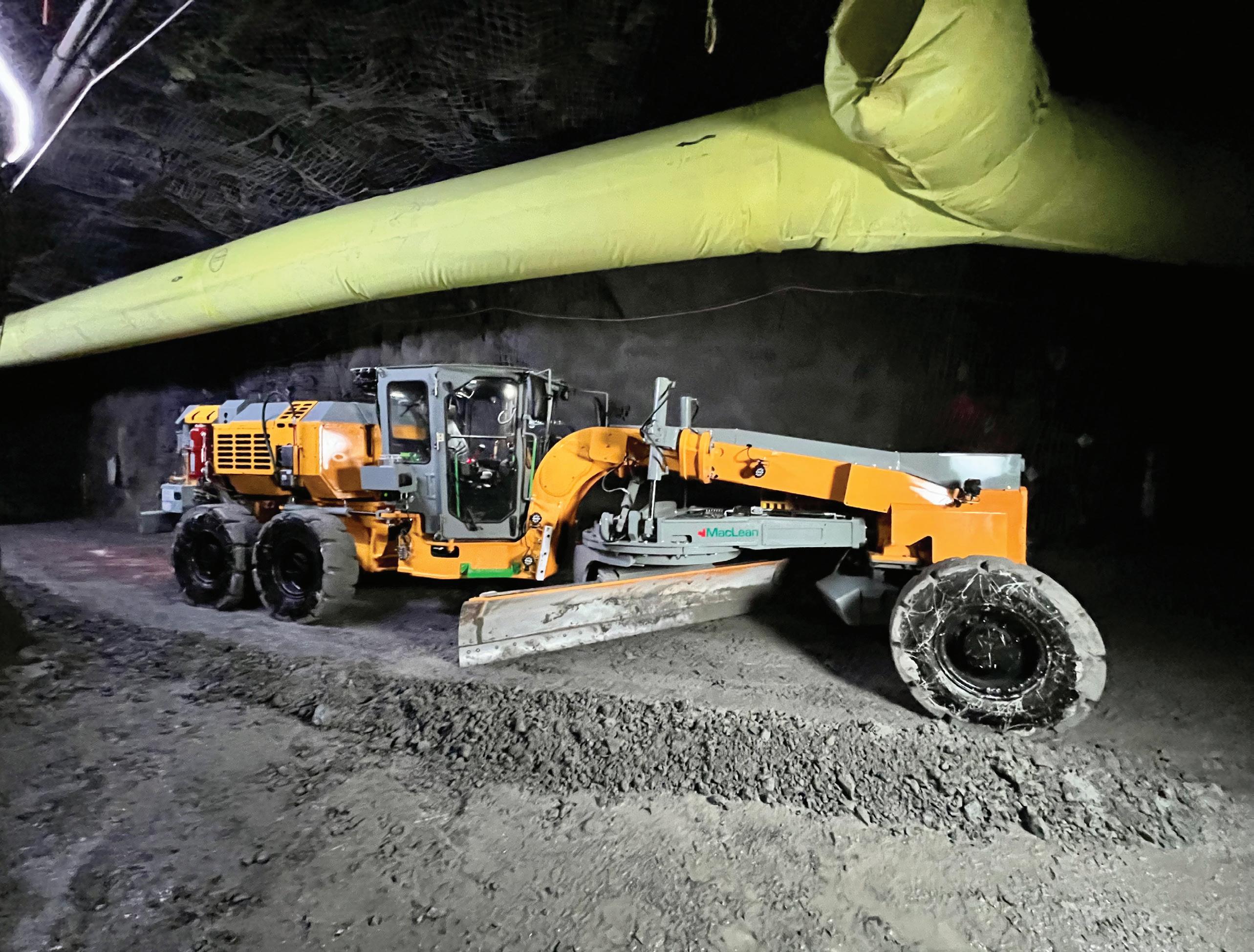


Ottawa and Manitoba have hedged their bets on Northern Manitoba becoming a global hub for trade opportunities, especially in critical minerals, based on a historic investment from both governments recently. Between the two governments, the investment is close to $80 million over two years, with a total investment of $79.4 million.
The federal government is investing over $43 million over the two years in new transportation and training monies.
Federal Minister Terry Duguid made the announcement in Manitoba on February 4th. On the same day, the Manitoba government committed to a $36.4 million investment into the railway and port. The provincial monies will go towards restoring and replacing old infrastructure at the northern port. Churchill is only operational four months out of the year, but Arctic thawing may change this over time.
Minister Duguid – who is the minister responsible for Prairies Can – commented, “This is about keeping northern communities connected, strengthening Indigenous economic leadership, and positioning Manitoba as a key player in the global critical minerals market. Reliable, affordable rail service is essential for the North, and these investments will ensure it remains a lifeline for communities and businesses. At
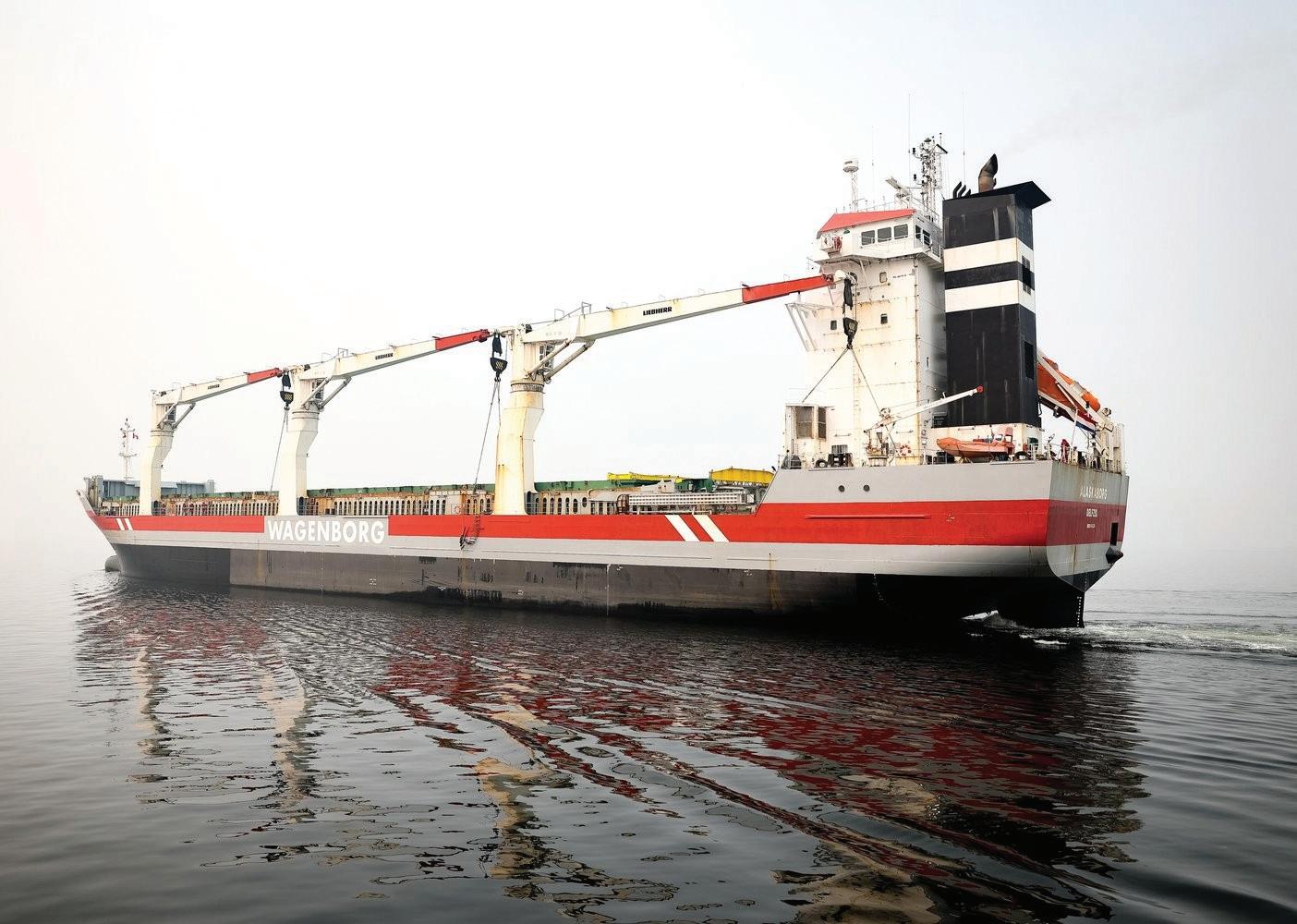
the same time, we’re creating new opportunities in mining and mineral development—helping Indigenous communities build skills, secure good jobs, and drive economic growth. This is a long-term investment in Manitoba’s future and in Canada’s clean energy transition.”
This investment is in line with Ottawa’s net-zero climate policy goals that involve promoting mining that produces materials involved in accelerating electrification.
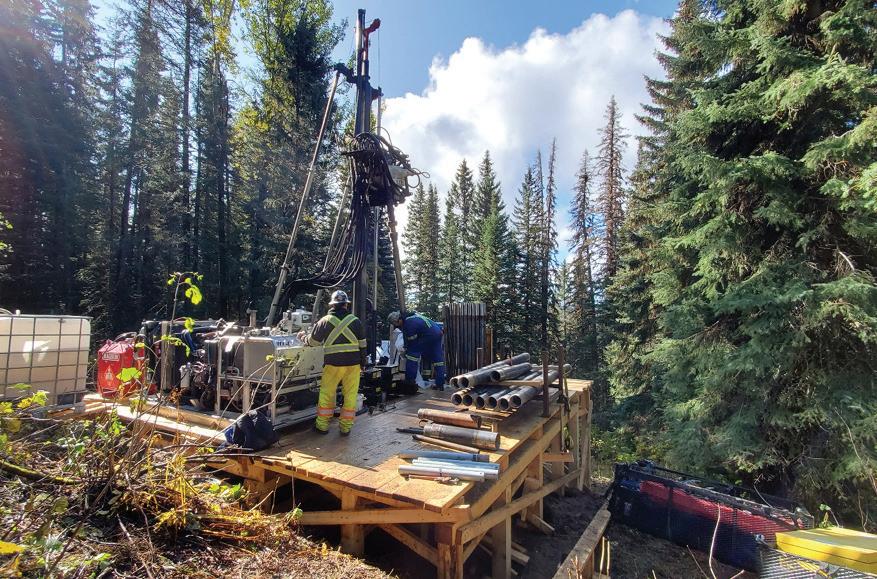
Defense Metals released the results of its independent pre-feasibility study concerning the on-going development of its Wicheeda rare earth element deposit in
British Columbia. The pre-feasibility study reveals the following about the project: Robust economics, the presence of a high-grade REE mineral deposit advantage, a high-grade mineral concentrate advantage, and a high-value saleable mixed rare earth carbonate product.
Guy de Selliers, executive chairman, stated: “The positive results of our pre-feasibility study confirm the strate-
gic importance of the Wicheeda Project at a time when North America and Europe are prioritizing economic resilience and supply chain security for critical minerals.”
De Selliers added, “With NdPr being essential to electric vehicles, renewable energy, and advanced defense technologies, the Wicheeda Project represents a unique opportunity to establish a reliable, Western-aligned supply of these vital materials, reducing reliance on foreign sources and importantly helping to secure economic security. Our Wicheeda rare earth project is one of the most advanced in either North America or Europe that is not yet in production, positioning it as a leading, near-term solution to meet the growing demands for Western-aligned supply chains.”



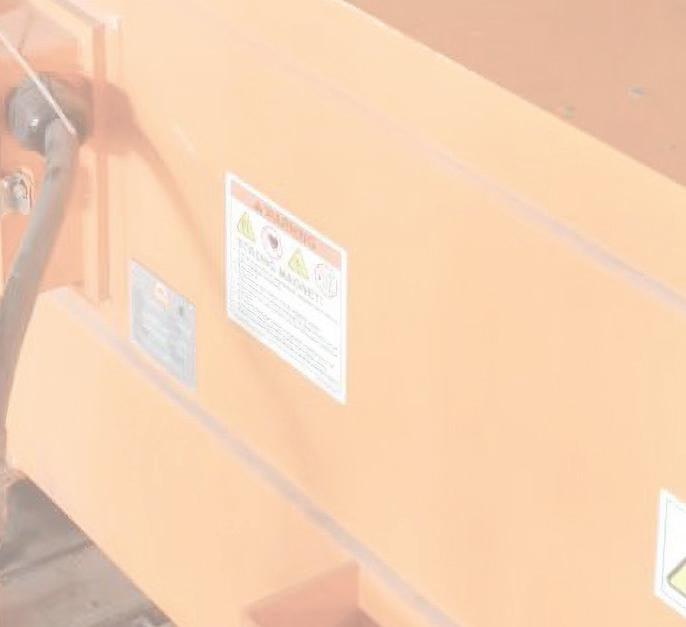

With more than 80 years of magnetic expertise behind them, Eriez Dry Vibrating Magnetic Filters (DVMF) dramatically reduces contamination in materials that require extremely high levels of purity.


Eriez. Always the Right Choice. The exceptionally high intensity magnetic field generated provides peak separation efficiency, reducing ferrous and weakly magnetic contamination to ppm or ppb levels.

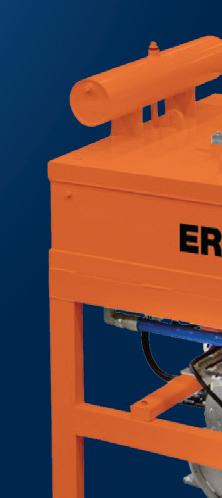
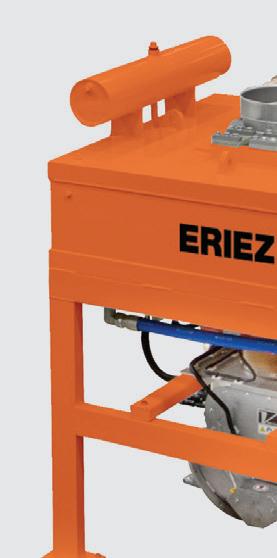

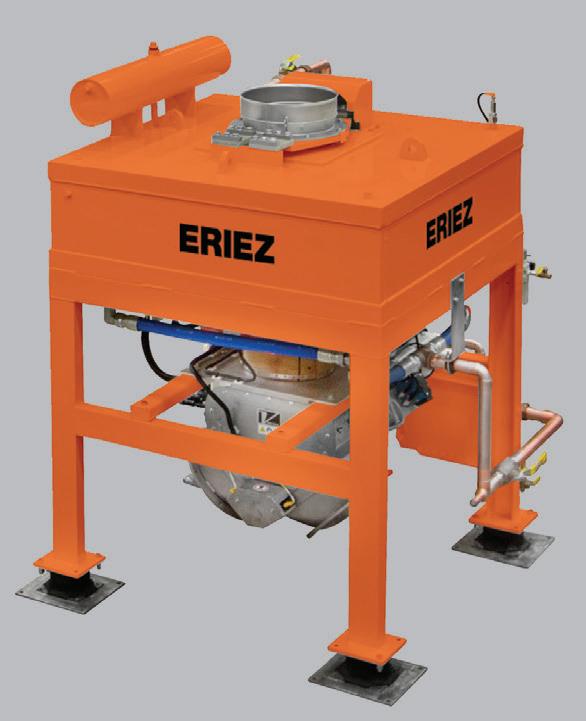
FPX Nickel outlined plans for advancement of the Baptiste nickel project in 2025. Following the completion of the robust 2023 preliminary feasibility study, the company’s 2025 activities will build on strong progress made in 2024, prioritizing the advancement of further engineering studies, baseline environmental data collection, and continued positive engagement with First Nations and the provincial and federal governments in preparation for anticipated entry into the environmental assessment process in the second half of 2025.
Martin Turenne, FPX’s CEO, stated, “In 2025, FPX is focused on completing the key workstreams to initiate the EA process, which is the key critical path activity for the overall development of the Baptiste nickel project. We are committed to working in partnership with
the multiple First Nations communities connected to the project, including the proposed mine site and associated off-site infrastructure such as the powerline and access road. This collaborative approach has resulted in targeting a later entry into the EA process than originally planned, in recognition of the desire by the company, First Nations and the provincial and federal governments to align on the scope and design of the reg-

Power Metals announced the Ontario Ministry of Mines has issued an early exploration permit for the entire Case Lake project area in northeastern Ontario.
The government permit is effective immediately for a three-year period, paving the way for the company to initiate its highly anticipated winter drilling program. The program will include several newly identified cesium targets uncovered through late-2024 soil sampling, further solidifying Case Lake as a globally significant critical minerals asset.
Haydn Daxter, CEO of Power Metals commented: “This permit is a major milestone, enabling further expansion of the Case Lake project. We’re delighted to receive this support from the Ontario Ministry of Mines and regional stakeholders as we work to transform Case Lake into a world-class project set to meet the surging global demand for critical minerals. With winter drilling set to begin, we’re confident in unlocking even greater value for our shareholders.”

ulatory process in advance of initiating the EA.”

VRIFY Technology – a technology company combining advanced AI with deep industry expertise to transform how minerals are found – has secured CAD$12.5 million in series B funding. Led by New York–based venture capital firm LGVP, with continued support from series A funders RCF Innovation and Beedie Capital, this round brings VRIFY’s total funding to over CAD$30 million.
Industry sources say the investment will accelerate industry-wide adoption of DORA, the world’s leading AI-assisted mineral discovery platform. VRIFY has designed DORA as a sector-wide R&D tool, uniquely placing the platform directly into the hands of the geologists and geoscientists tasked with finding the minerals the world needs to feed supply chains, secure borders, and build energy solutions.
DORA was officially unveiled to the industry for the first time during the 2025 Prospectors and Developers Association of Canada Convention on Monday, March 3, 2025, at the Metro Toronto Convention Centre.
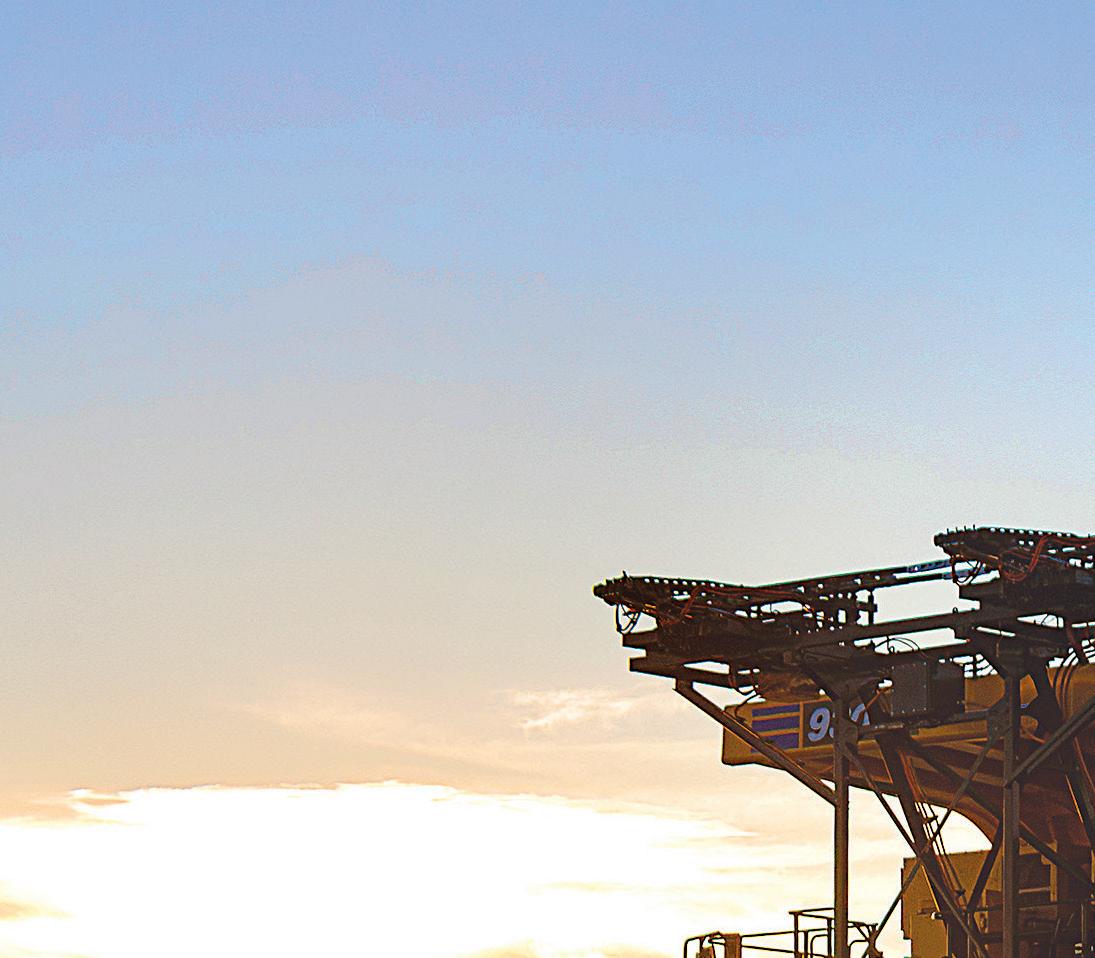









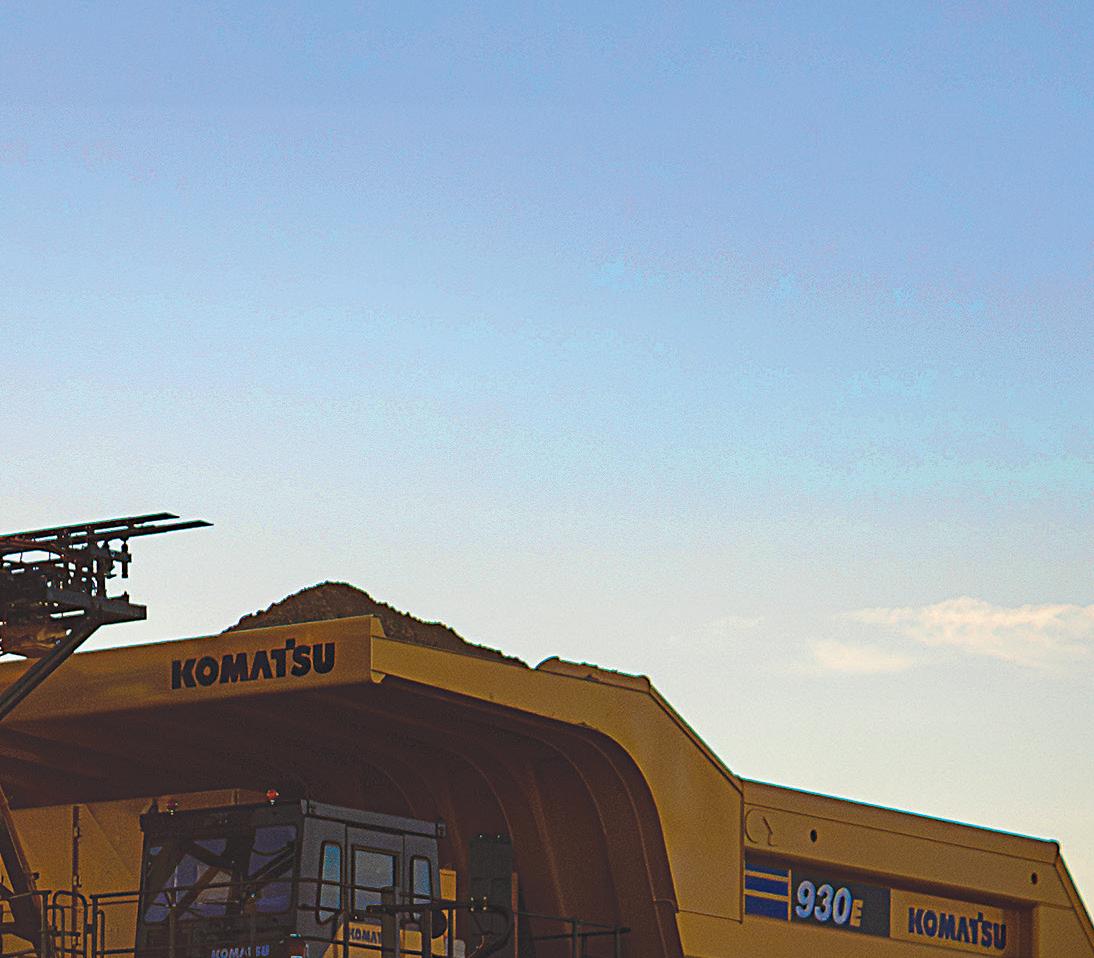
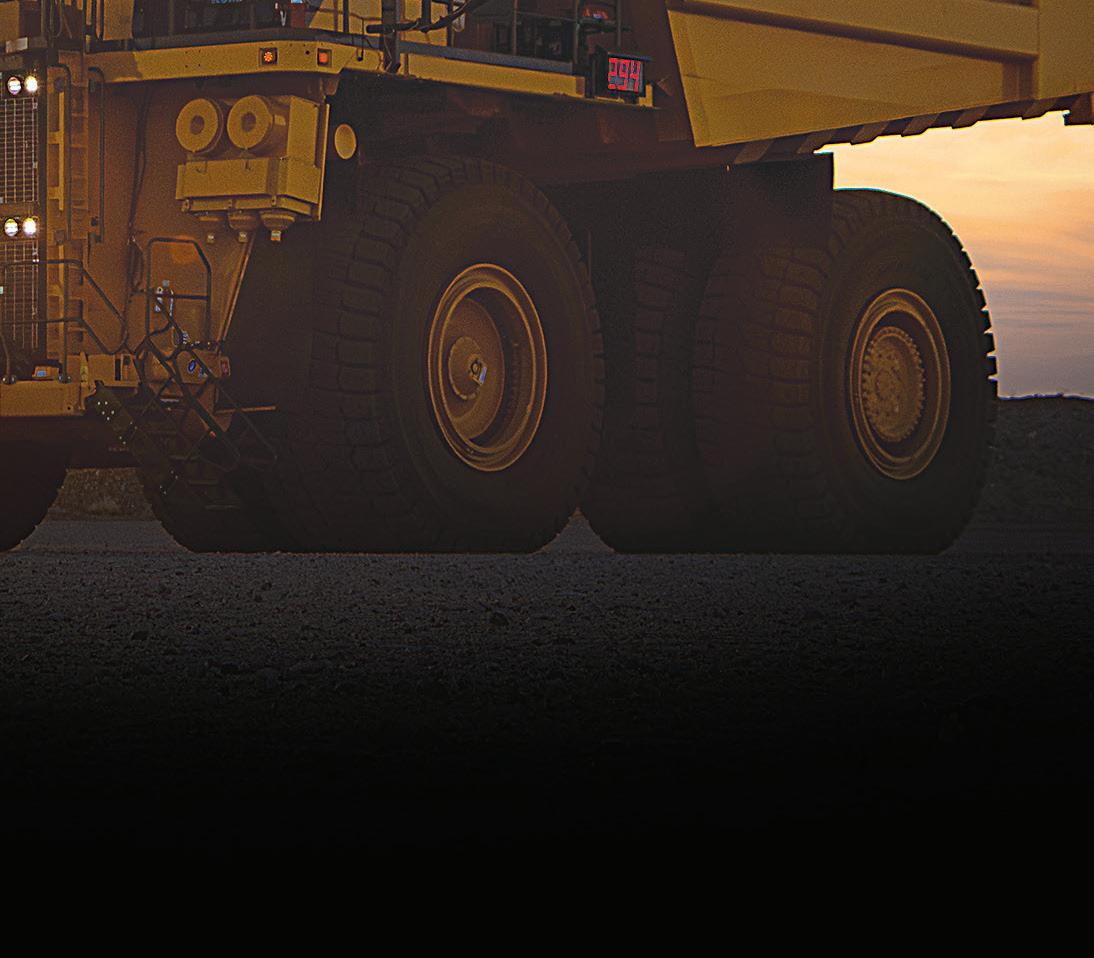
komatsu.com/padt











In the midst of crisis, we are being inundated with platitudes by governments across the country. This should worry everyone. While it will not be easy, this is the time for determined action by policy makers.
“When it comes to big capital projects, time is both money and risk”
I started pulling this thread following news of the recent visit to Canada by Mike Henry, CEO of BHP Mining, the largest mining company in the world. Mr. Henry, a Canadian transplant to Australia, expertly outlined the challenges facing the industry and cautioned that Canada might miss inbound investment if it does not start to move the dial on investment conditions and permitting time frames. He spoke with authority as one of the largest investors in Canada, with BHP having invested $20 billion to build out their potash resources. I thank him for the frank advice and propose to add some suggestions about how we can meet his challenge.
While Canada has listed and updated lists of critical minerals, this approach has not advanced a single project. Under new legislation and a federal-provincial agreement, proponents should be invited to request that their critical mineral project be designated a “project in the national interest.” In the first instance, projects could only be designated if an initial review concludes within 30 days of application that there are no factors identified which indicate that environmental approval should not be given on reasonable conditions. The regime must, from this point forward, focus only on how, and not if, a project will be permitted.
Once designated, a “project in the national interest” will be the subject for a meeting of the prime minister with the premier of the applicable province within 30 days. While they may devolve this power to any minister, any devolution must include the authority to enter into the required agreements to progress the project.
The ministerial meeting must promptly result in an agreed timeline and scope of review. The review will, absent special considerations, require a complete deferral of any federal environmental assessment to the provincial regime. The standards for review must only be scientific, with a focus exclu-
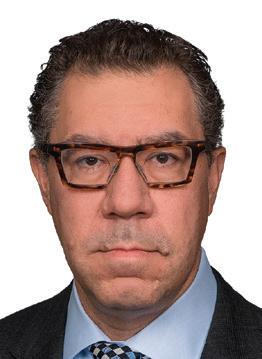
sively on environmental and human health. The perversions of environmental assessments to consider gender, identity, and other subjective matters must end. A firm timeline must be published with any extensions conditioned on prior approval of the proponent.
The federal government should appoint (in consultation with the impacted province) a community consultation arbitrator with full powers to make findings and orders in the national interest. The arbitrator will convene public meetings of effected parties for any “project in the national interest.” Our state of emergency is so great that there can no longer be private consultations and private agreements. Needless to say, non-resident intervenors can neither be permitted nor funded. The Crown’s arbitrator will convene and supervise consultations, order benefit sharing arrangements, and provide binding terms for community approval.
Some community support will require government to be at the table to provide funding for critical infrastructure. For remote projects this will include transportation which helps the project and the community. This support must also include financing to install, develop, or expand community facilities, such as water treatment infrastructure which we have somehow not completed after a promise made and violated over the last nine years.
The cost of doing nothing should be seen in the caution that BHP gave in Queensland, Australia, that state policy had rendered the jurisdiction “uninvestable.” Most investors will not bother making this kind of fuss, they will just quietly move on to more fertile ground. The price of failure will be counted in the continued diminution of our currency, declining productivity, lost opportunities for our children, and deterioration in private and public facilities (such as the much-lauded healthcare system). Is it a coincidence that everything seems broken at a time when the desirability of Canada as a place to do business is in question?
My prescription may not be the definitive answer, but we need to start and go fast. We seem to be having fun thumping our chests and cancelling our trips to the U.S., but it is far more important that we get to work.
Sander Grieve is a partner at Bennett Jones LLP in Toronto. He practises public market finance and M & A, focusing on global mining exploration, development, and extraction.
Disclaimer: The opinions expressed in this article are solely those of the author and do not necessarily reflect the views or positions of the Canadian Mining Journal.
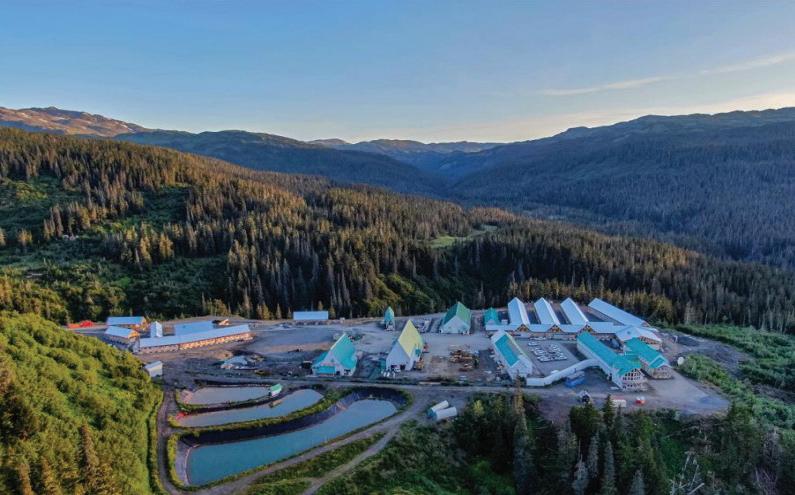
Amid simmering geopolitical tensions, looming federal elections, and ongoing free trade and tariff negotiations, Canada’s mining sector and critical minerals supply have been thrust into the crosshairs of the global stage as government foreign policies have quickly shifted toward domestic industrial and economic autonomy.
In this uncertain global context, the latest numbers from the British Columbia Mineral and Coal Exploration Survey reveal mineral exploration in the Pacific province experienced its first year-over-year decline in exploration budgets in nearly a decade. As the stage is set for significant changes to the sector in the coming weeks and months, the survey highlights three significant takeaways including expenditure dips, momentum for critical minerals, and shifting tides in the distribution of B.C.’s exploration shares per mineral.
One of the most significant findings from the report is the sharp decline in exploration expenditures, which fell from $643 million in 2023 to $552 million in 2024 — a staggering 14% decrease. This downturn is particularly striking given the backdrop of high commodity prices for essential minerals like
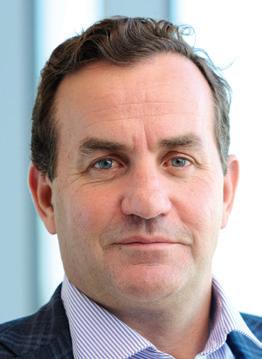
gold and copper. Currently, 130 exploration firms are engaged in 283 active projects across the province, with notable concentrations in regions such as the northwest (Smithers) and the southwest (Vancouver).
For instance, the northwest region, particularly around Smithers, accounted for 32% of the total exploration spending in 2024, despite a 22% decline in expenditures compared to the previous year. This shift indicates a potential loss of interest in flagship projects as they transition from exploration to operational phases. The decline in investment is also evident in the overall drilling activity, which fell by 15% from 2023, with total metres drilled dropping to 631,726.
Several factors contribute to this reduced spending. As flagship projects mature, funding shifts from exploration to infrastructure needs. Additionally, junior mining companies are grappling with external financial pressures, particularly rising global interest rates, which hinder their ability to secure capital. Notably, investments in precious metals have diminished significantly, with a 24% decrease for gold and a 28% decrease for copper.
Despite the challenges in traditional exploration, there is a silver lining: a notable increase in investment in critical minerals. Expenditures in this area climbed from $24 million in 2023 to $49 million in 2024, reflecting a growing recognition of the importance of these resources for a sustainable economy. This increase is largely supported by the federal Critical Mineral Exploration Tax Credit introduced in 2022.
For example, the metallurgical coal sector saw a noteworthy 47% rise in exploration spending, increasing from $26 million in 2023 to $38 million in 2024. This resurgence can be attributed to recent acquisition activity and a fresh injection of capital into exploration projects. The southeast region, particularly around Cranbrook, has emerged as a focal point for this investment, showcasing the potential for growth in this sector. Emerging policies, such as the Critical Mineral Exploration Tax Credit, are designed to incentivize investment in this sector.
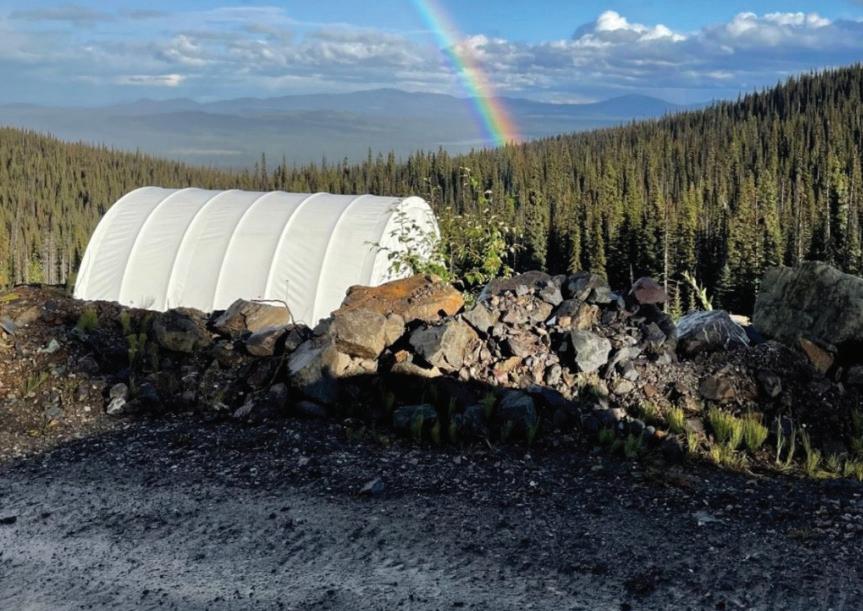
However, Saskatchewan’s competitive advantage through the Targeted Mineral Exploration Incentive is noteworthy and may attract further investment away from B.C.
Shifting sands: The new focus in exploration activities
The report also highlights a significant shift in exploration activities, particularly concerning the types of minerals being



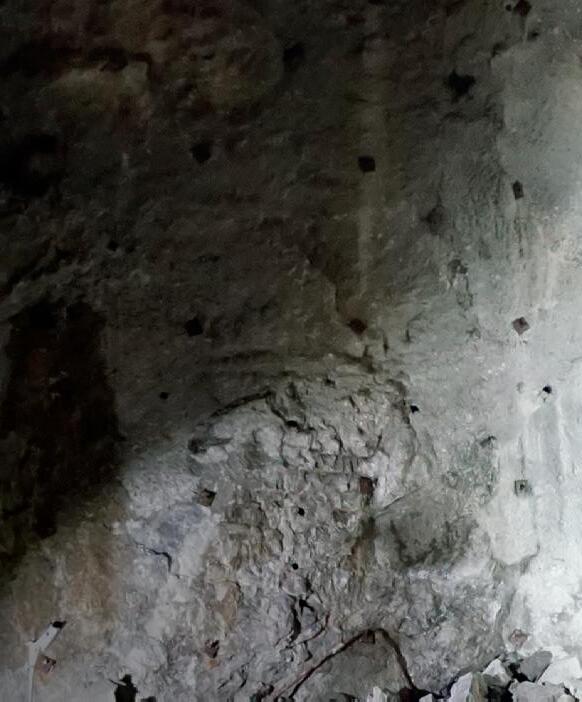

targeted. While gold exploration investments have plummeted, silver exploration surged by 72%, and zinc saw a remarkable 209% increase. Nickel exploration also rose by 50%, indicating a growing interest in resources critical for electric vehicles and renewable energy support.
Moreover, the landscape for junior exploration companies is changing, with a 22% drop in expenditures in 2024, despite favourable market conditions for mineral producers. This trend suggests a transfer of market share towards larger entities, reshaping investment dynamics in the sector. For instance, mineral producers accounted for $228 million in exploration spending in 2024, matching last year’s expenditure, with 78% of this spend directed toward later-stage projects.
The 2024 British Columbia Mineral and Coal Exploration Survey paints a portrait of a pivotal moment for the province’s mineral exploration sector. While immediate challenges persist, particularly for precious metals, proactive policies and a growing emphasis on critical minerals signal a potentially positive trajectory. Stakeholders must remain adaptable to navigate the evolving market conditions effectively.
Iain Thompson is the mining and metals consulting leader at EY Canada, based in Vancouver.
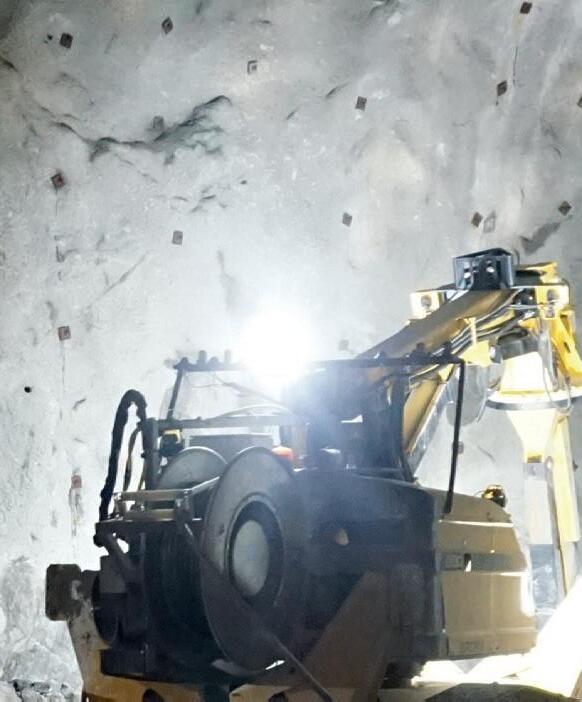
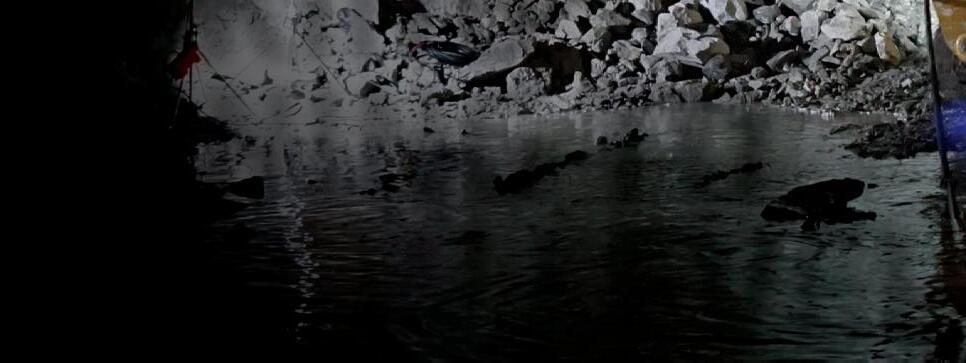

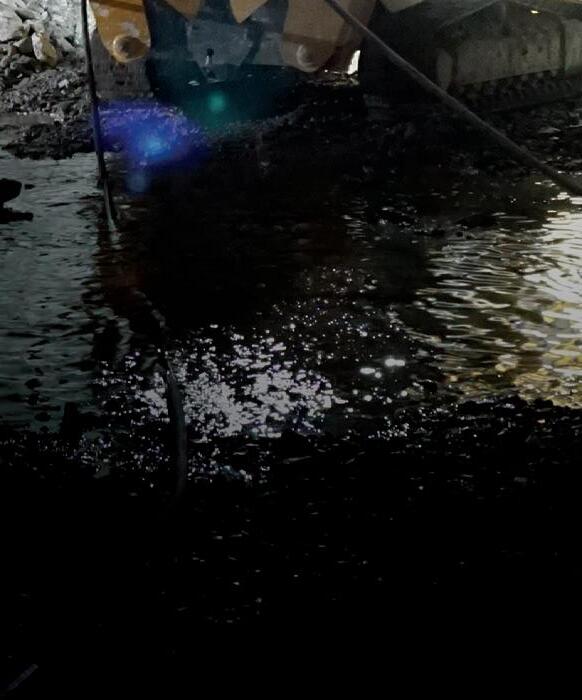
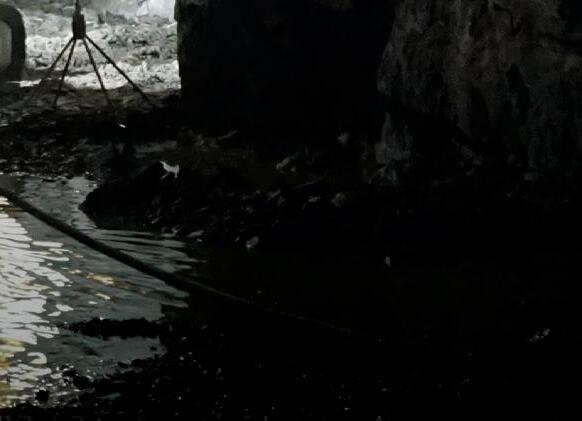









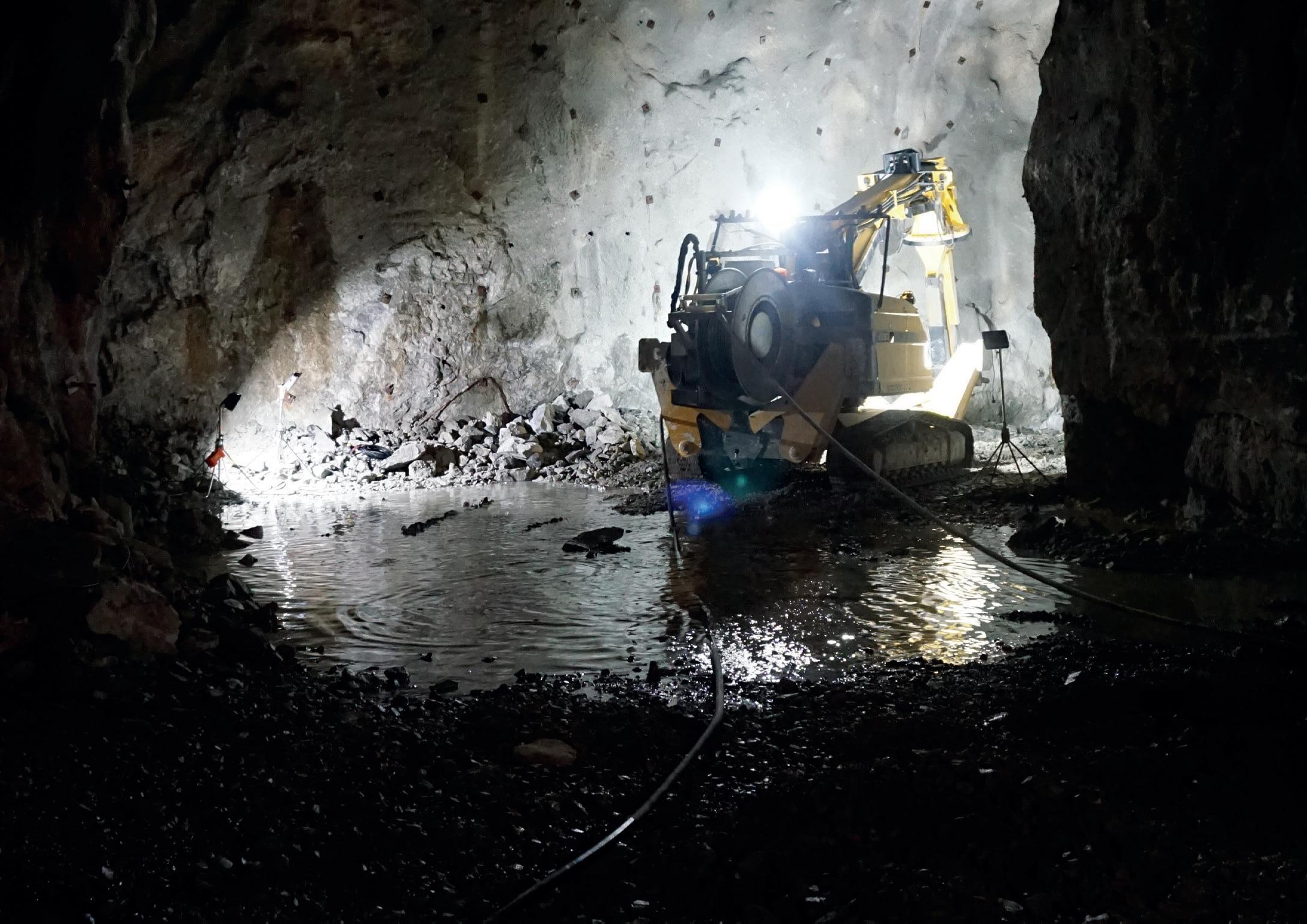
Mining companies face a unique set of risks when it comes to arbitration and litigation, especially when dealing with foreign markets and navigating shifting political landscapes. Mining operations, particularly in resource-rich countries, are often exposed to “resource nationalism,” where governments may take actions that affect the profitability and operational stability of mining ventures. Political instability, shifting regulatory environments, and disputes with host governments can all lead to significant legal and financial risks. In such a context, arbitration becomes a critical tool for resolving disputes. However, it also comes with its own set of challenges — most notably, the high costs and uncertainties associated with financing such claims. But what happens when resolution efforts fail, correspondence goes unanswered, and deadlines pass?
The financial implications of pursuing arbitration are significant, and the approach to financing will vary depending on the size, liquidity, and risk appetite of the mining company involved. Large, cash-rich companies may be able to comfortably finance arbitration costs, which can range from several million to tens of millions of dollars. However, even large enterprises may encounter challenges when the costs exceed their planned budgets or when the dispute threatens a key asset in their portfolio. On the other hand, smaller companies may face a “bet the farm” scenario, where the outcome of the dispute could determine their financial survival. In such cases, the company may lack the liquidity to self-finance the arbitration and must explore alternative funding options.


For companies unable or unwilling to bear the costs of arbitration on their own, they may look to third-party funding to cash flow their legal budget. In this model, a third-party investor provides the capital needed to pursue the dispute in exchange for a share of any eventual damages award. While this option removes the financial burden from the claimant, it does come at a cost — funders typically expect a significant return on their capital, which can make this option unattractive for some companies.
For companies that are financially capable of financing their own legal budget but nonetheless wish to mitigate their capital risk, arbitration insurance provides an appealing alternative.
Arbitration insurance products can cover the costs associated with arbitration, including legal fees, expert costs, and tribunal expenses. If the arbitration is unsuccessful, the insurer will reimburse the claimant for the costs incurred. This removes the outcome risk — if the claimant loses, they do not bear the financial burden. Crucially, the cost of arbitration insurance is generally significantly lower than third-party funding, making it an attractive option for companies that can self-finance but want to mitigate the risk of an adverse outcome.
Arbitration cost insurance is often structured in a way that the premium is paid in instalments, with the full amount due only if, and when, the claimant successfully recovers damages. While not widely publicized, many litigation funders use this form of insurance to mitigate the risks associated with their investments.
Award preservation insurance is another useful tool, especially for companies that already hold an arbitration award but face the risk of an appeal or annulment. This insurance protects the claimant from the financial impact of an adverse decision in the appeal process, ensuring that the value of the award is preserved.
Arbitration cost insurance products are not mutually exclusive and can be combined with third-party funding or other financial tools to create a hybrid structure.
• Financial risk mitigation: For mining companies that have the financial resources to self-finance their arbitration or litigation but want to mitigate the risk of a poor outcome, arbitration insurance is a valuable tool. It offers a cost-effective alternative to third-party funding, while also removing the financial risk of an adverse award.
• Insurance options for arbitration: Insurance products like own-side cost insurance, award preservation insurance, and adverse costs insurance can all play a role in managing the financial risks associated with arbitration.






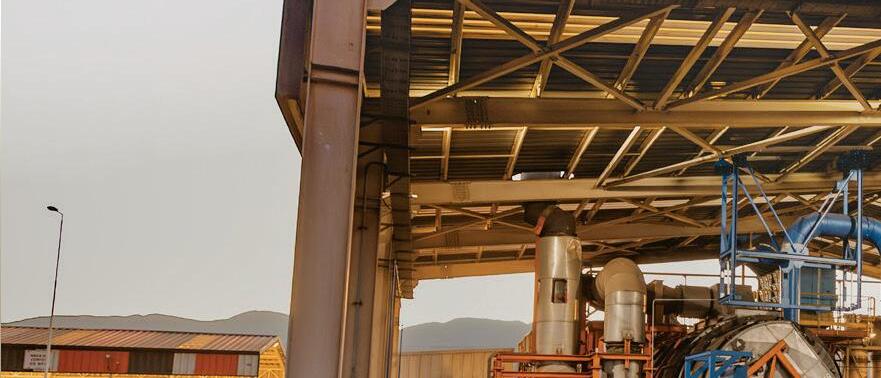
• Be mindful of a knowledge gap by practitioners: Unfortunately, arbitration insurance products have not always been on the radar of many arbitration lawyers, with advice often being limited to either private funded versus third-party financing options. This awareness gap can lead to missed opportunities, particularly for larger enterprises who might benefit from a more nuanced, tailored approach to managing arbitration costs and risks.
• Hybrid financing solutions: A combination of third-party funding and arbitration insurance can provide a balanced approach, giving companies the flexibility to manage both costs and risks in a way that suits their financial situation.
In conclusion, as arbitration becomes an increasingly important tool for resolving mining disputes, companies in the sector should explore the full range of financing options available. Arbitration insurance can present a compelling and cost-effective way to mitigate risk, offering an attractive middle ground between self-financing and third-party funding. While not a one-size-fits-all solution, when used strategically, arbitration insurance can help mining companies navigate the complex financial landscape of international disputes.
Robert Warner is the director of TheJudge Global, part of the Thomas Miller Group of companies.
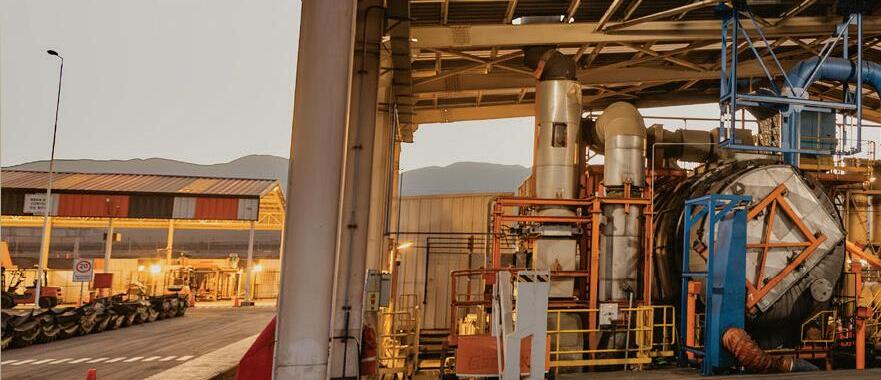
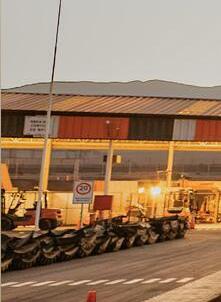






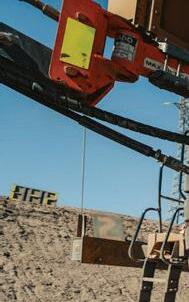





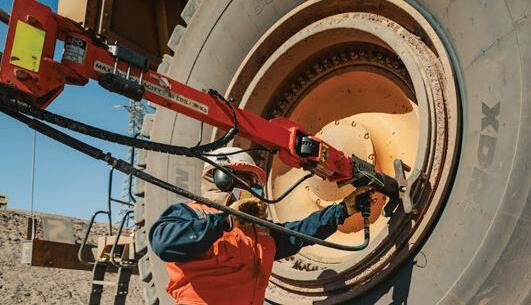







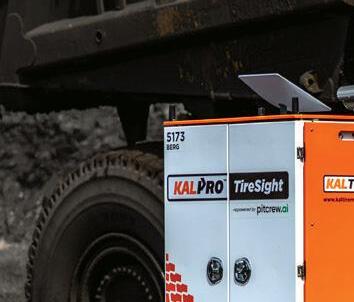

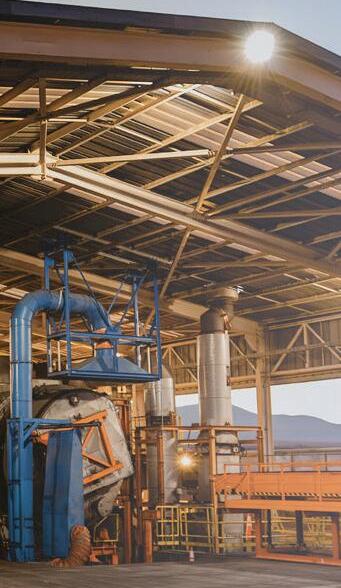






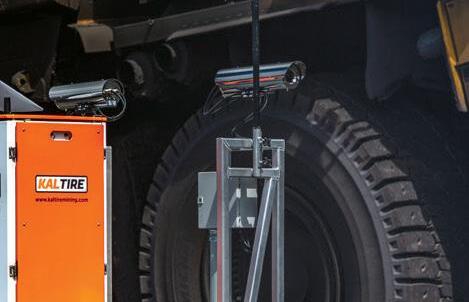
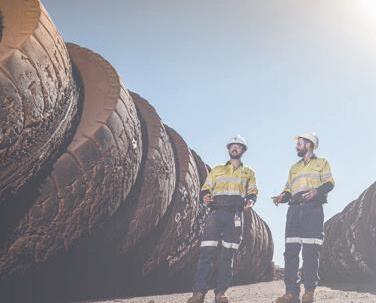


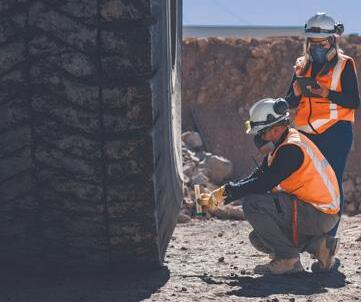





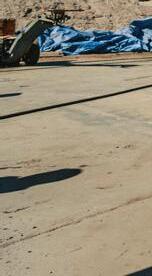
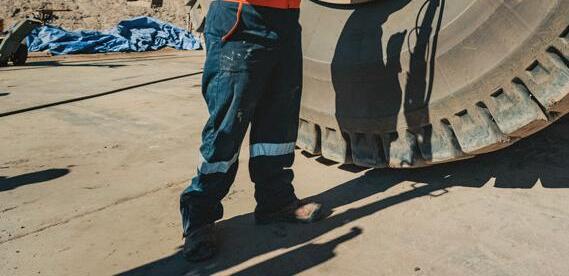
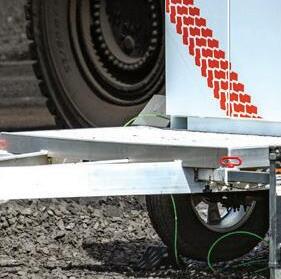

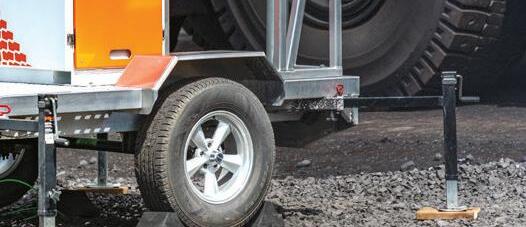








Greenwashing regulations are sprouting up faster than organic kale. From the E.U.’s Green Claims Directive to Australia’s Green Claims Code, to the U.K.’s Financial Conduct Authority’s anti-greenwashing rules, many jurisdictions are cracking down on false or misleading environmental claims. On June 20, 2024, Bill C-59 became law and amended Canada’s Competition Act to introduce our own anti-greenwashing provisions, which aim to enhance the accountability of businesses making environmental and social claims. Additionally, in December 2024, the Competition Bureau released proposed guidelines to clarify their enforcement approach.
For mining companies headquartered or operating in Canada, these changes demand immediate attention this reporting season to avoid possibly substantial penalties and reputational damage. The Mining Association of Canada (MAC) has expressed concerns about the provisions’ vagueness and potential impact on the industry’s ability to secure investments. Nevertheless, these regulations are now in force, making compliance essential for mining companies publishing sustainability reports.
Many sustainability teams are deep in their annual reporting processes right now. It is key to remember that these recent Competition Act amendments apply to all businesses operating in or headquartered in Canada, regardless of your size. The provisions are already enforceable now, and from June 2025, private parties will also be able to take action to directly challenge companies on greenwashing. So, if your in-scope mining company is reporting on sustainability or environmental, social, and governance (ESG), here are our top practical recommendations.
Make
All environmental claims must be supported by “adequate and proper testing.” For mining operations, this means having solid evidence backing up any sustainability assertions. If you claim that a particular operational adjustment has reduced carbon emissions, or that you rehabilitate land more effectively than others, ensure you have credible data on hand demonstrating these outcomes.
Adopt internationally recognized methodologies
When making claims about your mining operations’ sustainability practices, use methodologies recognized internationally. Standards like the GHG Protocol, ISO 14064 for greenhouse gas (GHG) accounting, or Science Based Targets initiative (SBTi) provide credible frameworks. If your methods are not widely accepted, you risk being challenged on your claims.
By Elizabeth Freele and Rachel Dekker


While Canadian government program approvals may be helpful, they must be supplemented with internationally recognized methodologies. Relying only on Canadian standards or permits is insufficient for substantiating environmental claims under the new provisions. Though compliance with Canadian legislation is mandatory, the credibility of environmental claims requires alignment with globally recognized standards and methodologies to withstand potential scrutiny.
Conduct proper due diligence to ensure your company’s methods demonstrate that you took reasonable steps to prevent inadvertent deceptive marketing practices, particularly when making claims about sustainability practices. Implement a structured compliance program with clear policies, training, and monitoring mechanisms relating to any environmental claims. Third-party verification from reputable organizations also serves as particularly valuable evidence of due diligence.
Maintain thorough records of all data and evidence supporting your sustainability and environmental performance claims. Documentation should include monitoring data, testing results, methodologies used, and any third-party verifications. Although you are not required to disclose this information publicly, having it ready can help mitigate risks if questions arise about your claims.
Mining companies are often implementing innovative technologies to improve sustainability performance these days. Be particularly cautious when making claims about the impact of these innovations. If you are implementing new water treatment technologies or low-emission equipment that claim to be more environmentally friendly, have data ready to prove their effectiveness.
Be careful when repurposing information from regulatory filings for marketing materials or sustainability reports. While the Competition Bureau is not primarily focused on “representations made for a different purpose, such as to investors and shareholders in the context of securities filings,” the same information therein becomes subject to scrutiny when used for promotional purposes. So, if you extract environmental claims from your regulatory filings and use them in
public-facing promotional materials, they become subject to the Bureau’s enforcement of deceptive marketing provisions.
Do not stop disclosing
Your company may be tempted to reduce its disclosures to manage greenwashing risk, but sustainability disclosures, public policies, and commitments are an important part of building trust, social license, and demonstrating responsible performance to a broad range of stakeholders. So, do not stop disclosing, but ensure that the information your company makes public stands up to scrutiny.
When developing a sustainability report, it is crucial for your claims to be specific and evidence based. Dispense with the vague statements that have been all too common in this industry. Instead of describing your company as “environmentally responsible” or “sustainable,” provide concrete metrics such as “we reduced freshwater consumption by X% through water recycling systems that processed Y million litres in 2024.” Focus on showcasing actual accomplishments rather than aspirations too. Consider third-party verification of potentially contentious claims about topics like GHG emissions, water impacts, or biodiversity outcomes. And for forward-looking statements, develop concrete plans with interim targets, ensuring implementation steps are underway before publicizing. Finally, do not forget to have multiple people,
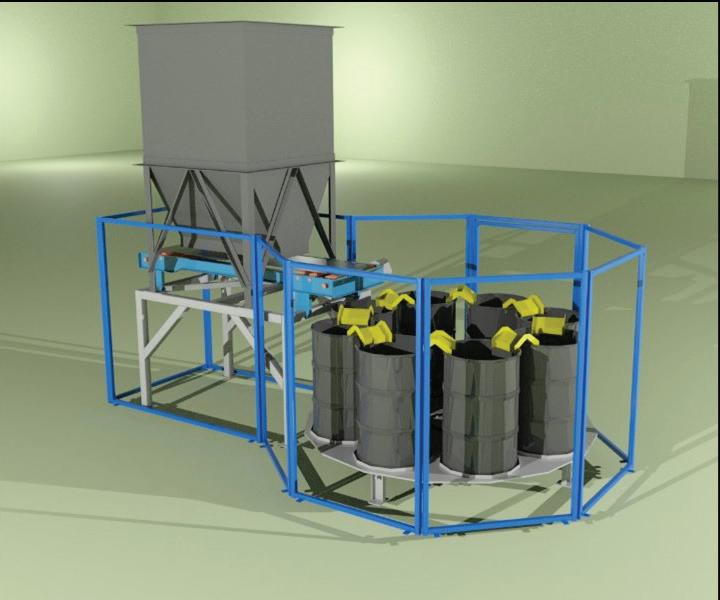
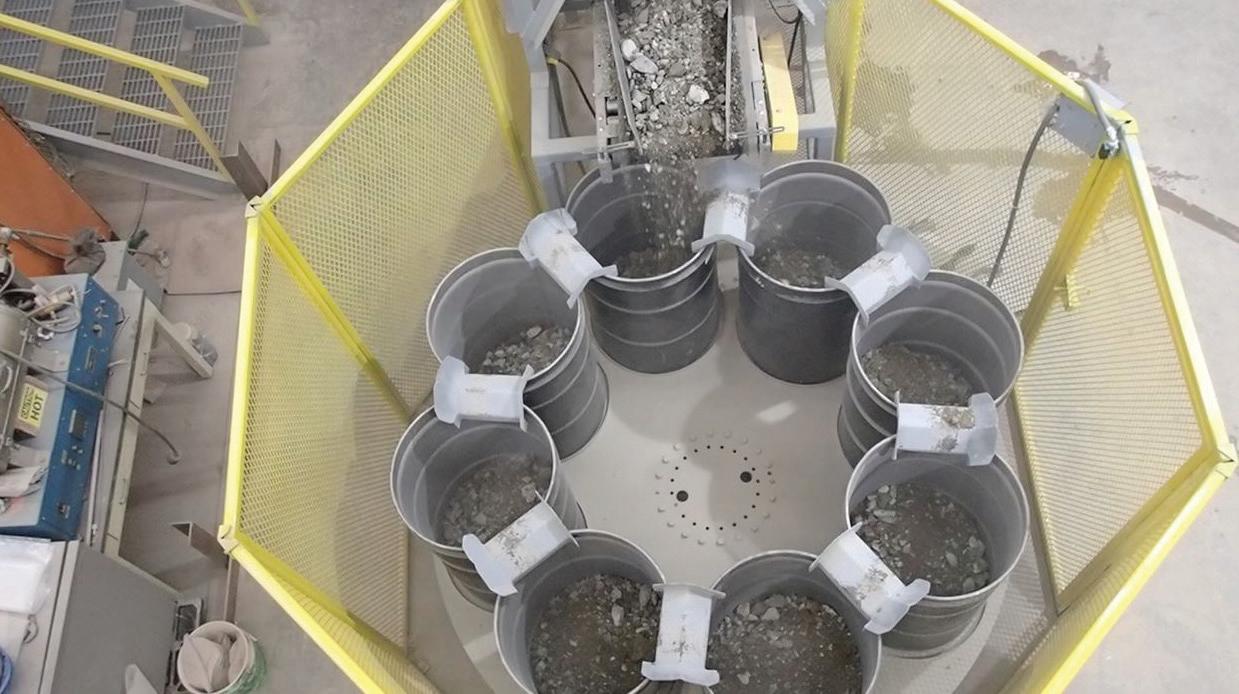
including your risk and audit committee and third-party experts review your reports for accuracy and compliance.
While the Competition Bureau will not retroactively enforce the new greenwashing provisions, mining companies must ensure future sustainability reports align with these regulations. Though still in early implementation, these rules apply to operations of all sizes across the Canadian mining sector.
The consequences of non-compliance are severe: fines up to $10 million ($15 million for repeat offenders) or 3% of global annual revenue, whichever is greater. Starting June 2025, private parties can initiate actions based on their interpretations of the Act, potentially exposing your company to additional litigation risk, in a context of rapidly growing ESG litigation risk.
Our industry has long faced intense scrutiny over our environmental and social impacts. Beyond financial penalties and legal compliance issues, the reputational damage from greenwashing allegations can significantly impact your social license to operate, stakeholder trust, and investor confidence.
Elizabeth Freele and Rachel Dekker are managing partners of the mining sustainability consultancy: Sympact and founders of online learning platform: the Responsible Mining Academy. While this guidance is offered in good faith, it does not constitute legal advice. Companies should consult legal counsel for specific compliance questions.
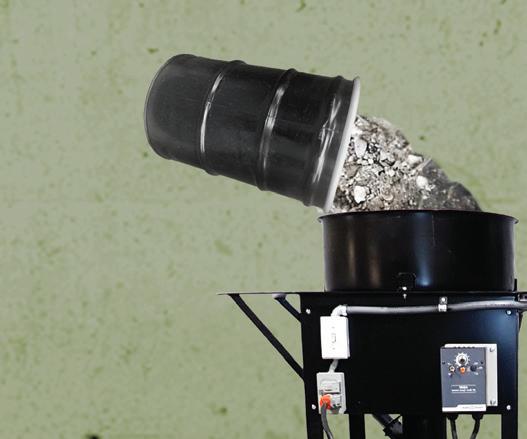



Historically, Indigenous communities have either been ignored or considered a final box to check when it comes to mining. These voices have been absent from strategic conversations around mineral development, but this is changing out of necessity. More than half of the key mineral projects currently proposed are on or near the lands of Indigenous Peoples in the U.S. and around the world. Thus far, interactions with First Nations have fallen squarely in the bucket of “consultation,” using town halls and the like. We must move from consultation to participation and ownership. This includes royalty streams, which can then be used as a financial multiplier to attract ongoing investment, or equity. Making this shift requires dialogue before either the company or the government has a plan, so that First Nations are involved at the outset and can have an honest dialogue about trade-offs and incentives, helping to establish a triangle of trust.
A key first step to establishing that triangle of trust between companies, the government, and First Nations and catalyzing prosperity beyond the life of the mine is creating a shared vision of prosperity with all stakeholders and owners. Outlining clear roles for government, mining companies, downstream companies, and Indigenous communities is key, along with ensuring representation across all the stakeholder and owner groups. Radical transparency from everyone involved and legal frameworks that protect the interests of the entire group are important steps.
As companies take on the responsibility of creating shared value, it has a massive opportunity to grow prosperity both through and beyond the life of the mine for resource-endowed communities. Mining provides multiple value streams and can have an investment multiplier effect. Job creation, supply chain development, and in-country sourcing of goods and services is a temporary boon to local economies during the life of the mine. But social and economic development beyond the life of the mine — investing in infrastructure development such as power, water, and transportation. — brings longer-term benefits to communities. Setting up structures to encourage and enable investment into the region and building up education and healthcare systems are two examples.
There are several examples of successful equity-sharing partnerships with Indigenous communities we can look to as models. In 2022, Hydro One implemented an Equity Partnership Model that offered First Nations a 50% equity stake in new, future large-scale capital transmission line projects with a value over $100 million. To date, Hydro One and nine First Nations partners have agreements that provide the opportunity to invest in the Waasigan Transmission Line, which is under development in northwest Ontario. In an incredibly unique and effective approach, in New Zealand, the Māori own 100% of the Mōkai geothermal energy field and sold a 25% stake to Mercury Energy to fund the expansion and development of the power station as part of a public-private partnership. Tools like
Aotearoa New Zealand’s resource management legislation, where the Māori is involved in any resource management decisions, are critical to making sure Māori have the most powerful voice in the development of their resources.
Another example of a successful partnership to enable equitably shared prosperity beyond the life of the mine is the South Africa Impact Catalyst, a cross-sectoral, multi-partner development initiative between Anglo American, the South African Council of Scientific and Industrial Research (CSIR), Exxaro, Zutari, and World Vision South Africa, who all share a vision of creating enhanced social impact in the mining communities in Limpopo and out to other provinces. Its early success led to the inclusion of two other regions. Core to its success was aligning on a shared definition of collective impact that began with a common agenda, established shared measurement, fostered mutually reinforcing activities and communication.
Groups like the First Nations Major Projects Coalition are coming together to champion Indigenous values and ownership in major mining projects in Canadian territories. The Nations Royalty Corporation is the world’s first mining royalty company that is majority-owned by Indigenous People. The Greenstone Gold Mines partnership, a partnership between Greenstone Gold Mines, Kenogamisis Investments Corporation, and Minodahmun Development LP, ensures First Nations involvement in the Greenstone region’s resource development project.
Recently, the Ontario government is investing $13 million through the Ontario Junior Exploration Program (OJEP) to help 84 junior mining companies finance early exploration projects. These projects have the potential to lead to promising discoveries of valuable mineral deposits and lead to future mines, which would boost economic growth and job creation for northern and Indigenous communities. The Canadian federal government recently unveiled the details of a loan guarantee program that could boost equity ownership for First Nations whose territories contain lucrative reserves of metals. The country’s Critical Minerals Indigenous Engagement Strategy aims to acknowledge, affirm, and implement the rights, interests, and circumstances of First Nations, Métis Nation, and Inuit. Similarly, the International Council on Mining and Metals’ (ICMM) guide for Indigenous engagement reinforces ICMM members’ commitment to respect the rights of Indigenous Peoples and set out equitable terms for impacts.
Rather than treating Indigenous communities as stakeholders that should be compensated, resulting in short-lived benefits, these efforts support a shift to viewing them as partners to share in the long-term development of their lands and sustained prosperity.
Peter Bryant is a managing director and board chair of Clareo and the co-founder and chair of the Development Partner Institute. Lana Eagle is an Aboriginal relations strategist and director of the Prospectors and Developers Association of Canada.
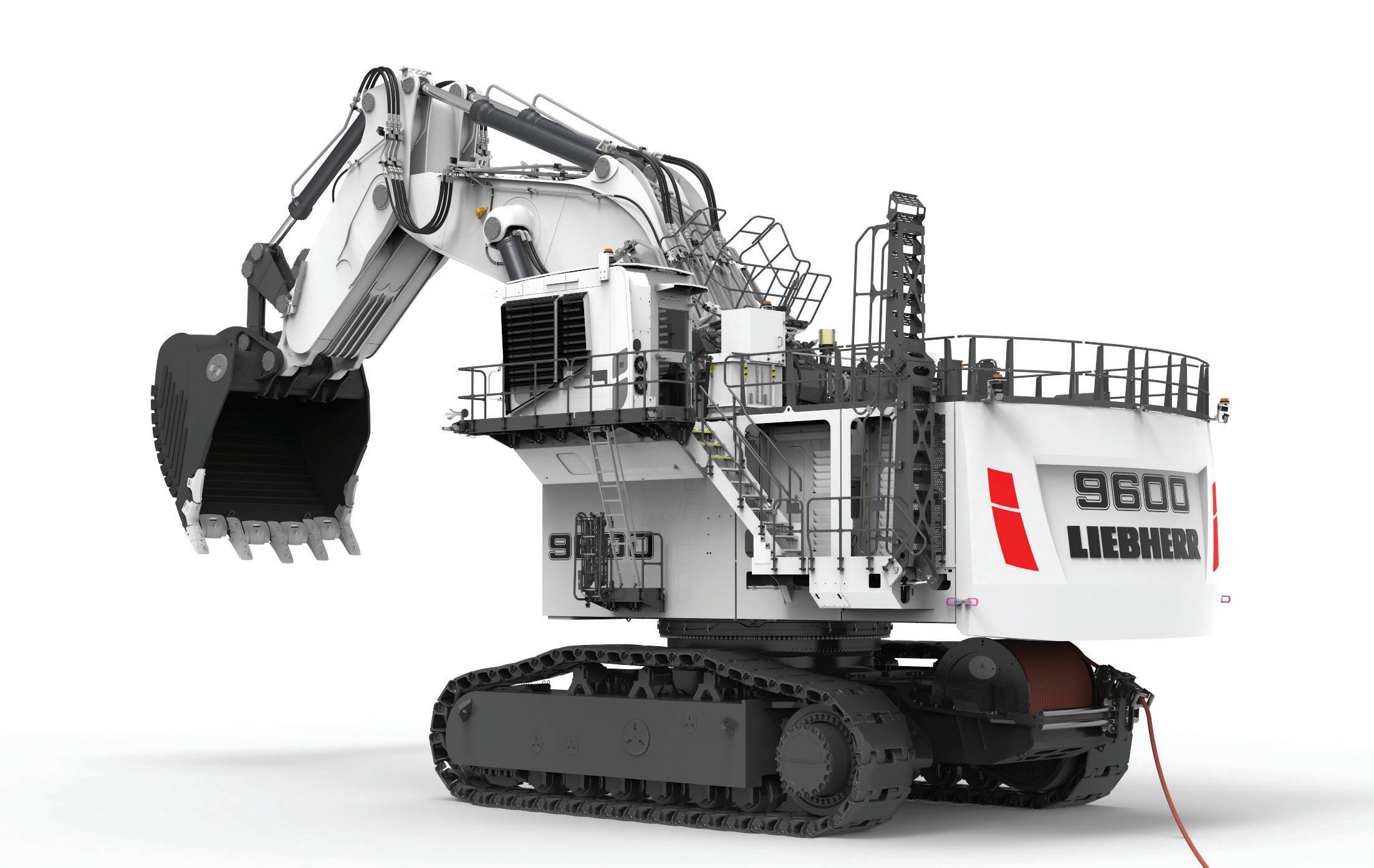
This article sheds some light on how battery electric vehicles (BEVs) are transforming the mining industry by offering a cleaner, more efficient alternative to traditional diesel-powered equipment. These electric machines reduce greenhouse gas (GHG) emissions, improve underground air quality, and lower ventilation costs, making them particularly beneficial for underground mining operations. Here, we showcase how the recent advancements in BEVs are becoming more viable, offering longer running times, and faster charging solutions tailored to the demanding conditions of mining sites. Additionally, BEVs help mining companies meet sustainability goals and regulatory requirements while reducing operational costs associated with fuel and maintenance. As the mining industry shifts towards electrification, BEVs are playing a key role in shaping the future of mining.
Say hello to the latest addition to Liebherr’s electric excavator portfolio: The R 9600 E!
This electric excavator has the same exceptional productivity as its diesel counterpart — the R 9600 — with the same class-leading bucket capacity but with some additional bonuses that only electric excavators can offer. Thanks to the R 9600 E’s electric motors, the machine emits no GHG emissions on site, which significantly reduces customers’ carbon footprints. The electric motors also make for quieter operations, benefiting the operator in the cab and everyone else in and around the mine site! And, with the electric motor’s service life equal to that of the R 9600 E itself, maintenance costs are also decreased!
The MacLean fleet solution “BEVolution” continues
With the delivery of MacLean BEV fleets to Agnico Eagle’s Odyssey mine, Torex’s Media Luna project, and Glencore Onaping Depth project, MacLean will soon surpass the milestone of more than 100 battery electric units commissioned, with well over 500,000 hours of operating time accumulated since the launch of the company’s Fleet Electrification Program in 2015. Leveraging the lessons learned and benefiting from the depth of total cost of ownership (TCO) data that has been collected over the years, MacLean is there to help current and future customers achieve their own purpose-designed BEVolution.
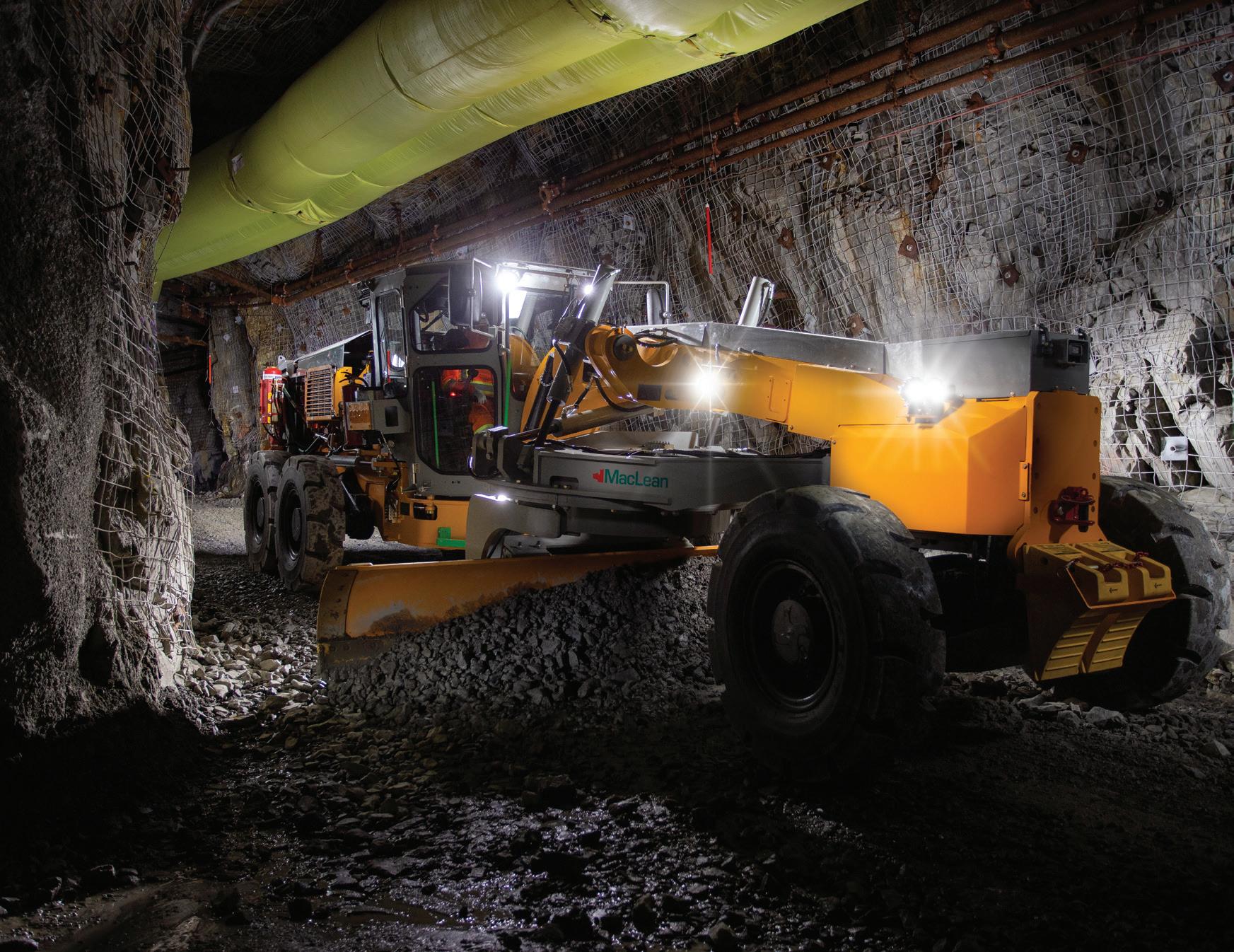
Epiroc’s Scooptram ST18 SG arriving on Canadian soil
Epiroc’s Scooptram ST18 SG, the battery-powered loader built for demanding underground applications, is making its debut on Canadian soil in 2025 with two rigs set to arrive to customer sites in early June. The machine is ideal for larger mining operations, such as block caving or stoping and is automation-ready, adding another layer of worker safety to underground operations. With one of the highest battery capacities on the market of 540 KwH nominal, the Scooptram ST18 SG can handle more than 1,300 tonnes on a single battery charge — keeping productivity at a high level throughout each shift.
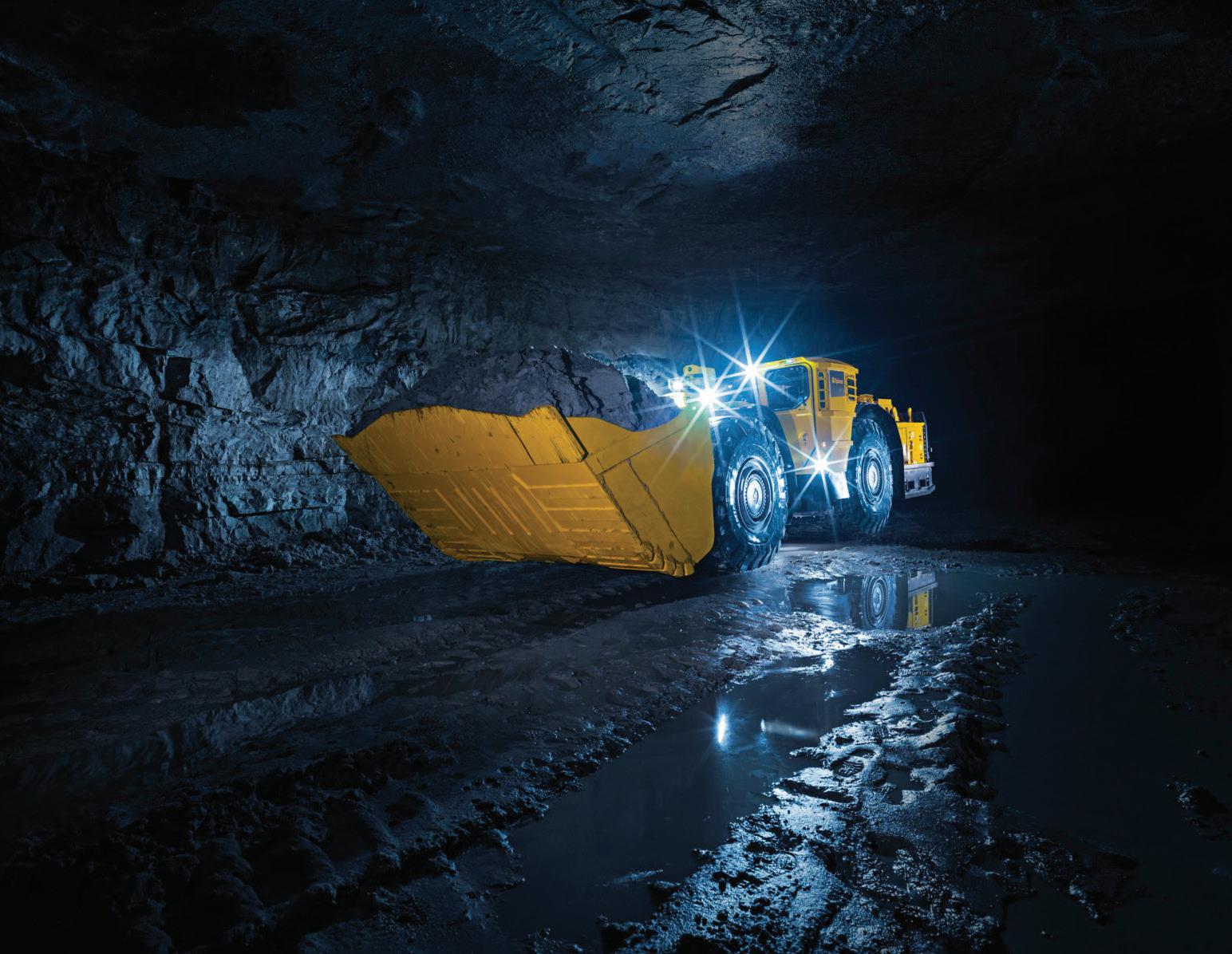
Cat 793 XE Early Learner battery electric trucks begin testing and validation at global customer sites
The next generation of Caterpillar’s battery electric mining trucks are now at select customer sites for testing and validation. Caterpillar built and tested seven Cat 793 XE Early Learner battery electric trucks at its Tucson Proving Ground facility in Green Valley, Arizona. It is the second development phase of the company’s Early Learner program following the successful demonstration of the battery electric 793 prototype in 2022. Caterpillar will continue testing and validating some of the Early Learner trucks at its proving ground facility. The Early Learner program was launched to accelerate the development and validation of Cat battery electric large mining trucks with support from key mining customers and Cat dealers and will be critical to validate the enhanced design elements of the 793 XE.
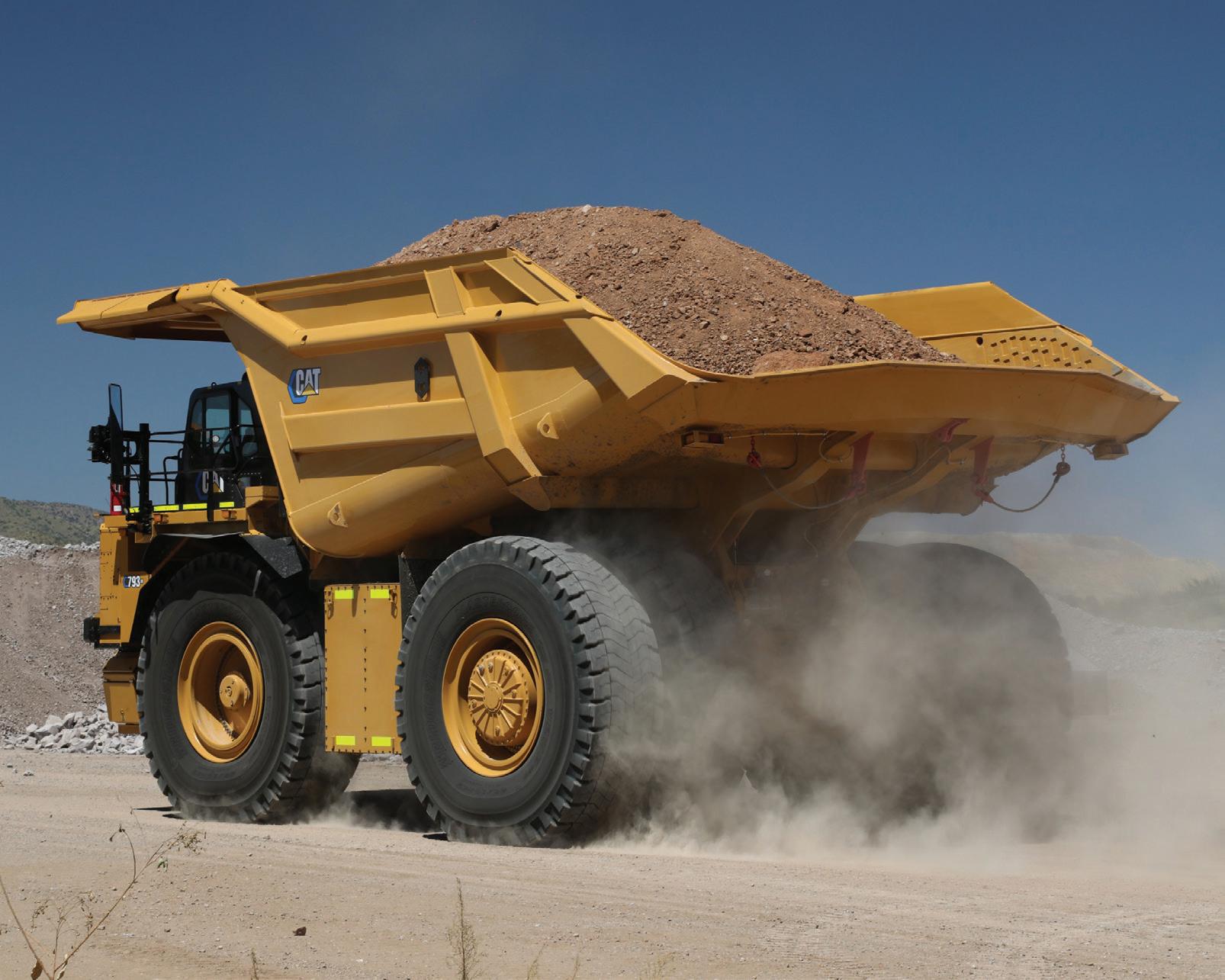

The Toro LH518iB is Sandvik’s next-generation battery-electric loader, designed to enhance productivity and safety in underground mining operations. With an 18-tonne payload capacity, it fits into 4.5 x 4.5-metre tunnels, offering high acceleration and fast ramp speeds owing to its advanced electric driveline. The loader features Sandvik’s patented AutoSwap and AutoConnect systems, enabling efficient, operator-assisted battery swaps with-
out the need for large-scale equipment. Fully battery-powered, it produces zero underground exhaust emissions and significantly less heat than traditional diesel engines, supporting mining operations in reducing their CO2 emissions. Additionally, the Toro LH518iB is optimized for integration with Sandvik’s AutoMine automation system, further boosting operational efficiency. Learn more by visiting: https://www.rocktechnology.sandvik/
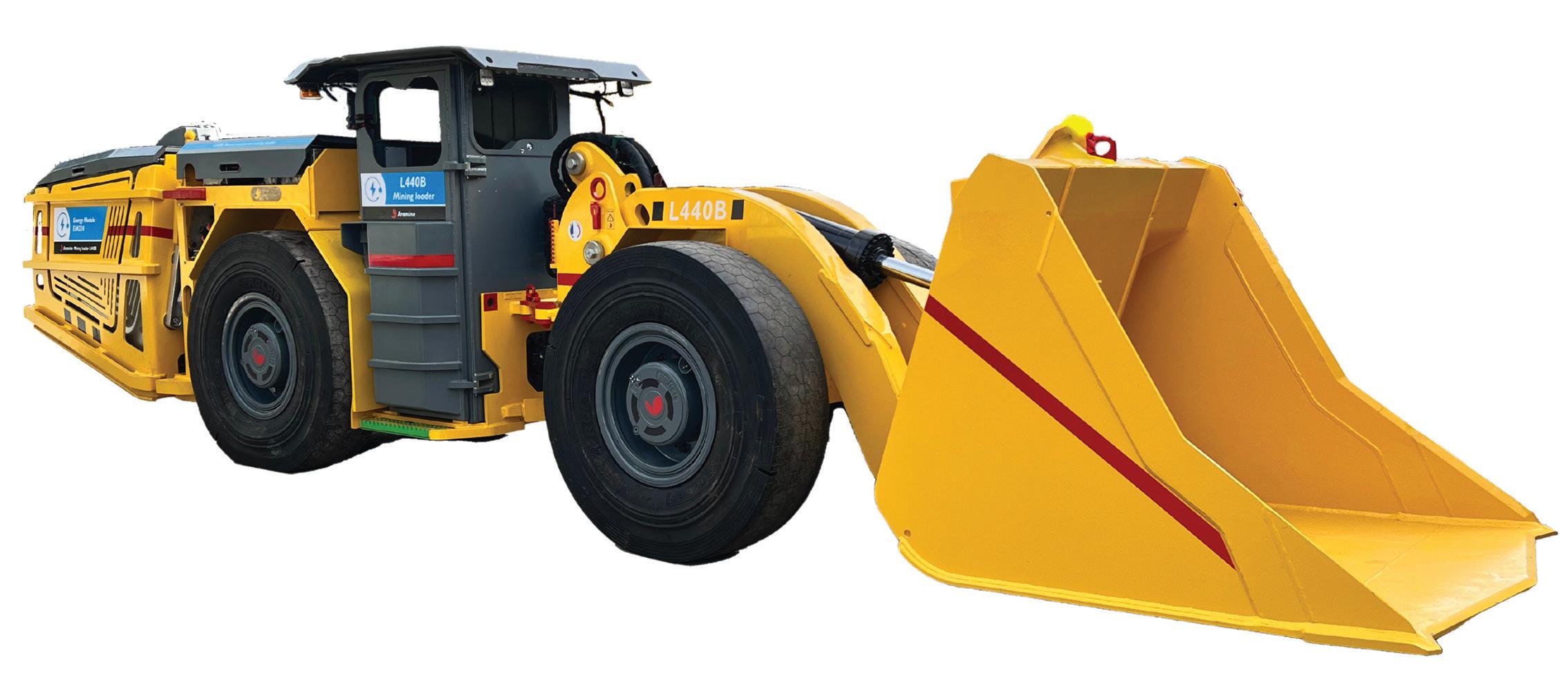
The first L440B LHDs are now reaching customers, marking a major milestone for Aramine’s battery-powered solutions. With a 4.6-tonne capacity, this groundbreaking loader eliminates the need for costly charging infrastructure, thanks to its integrated charger and ultra-fast battery swap system. Designed for extreme underground conditions, its LFP-based “energy module’ ensures safety, durability, and efficiency. Building on the success of the L140B, Aramine is expanding its battery-powered range, with a new mining truck coming soon. To meet the rising demand, a new factory is under construction. L440B order books are already full through 2026.
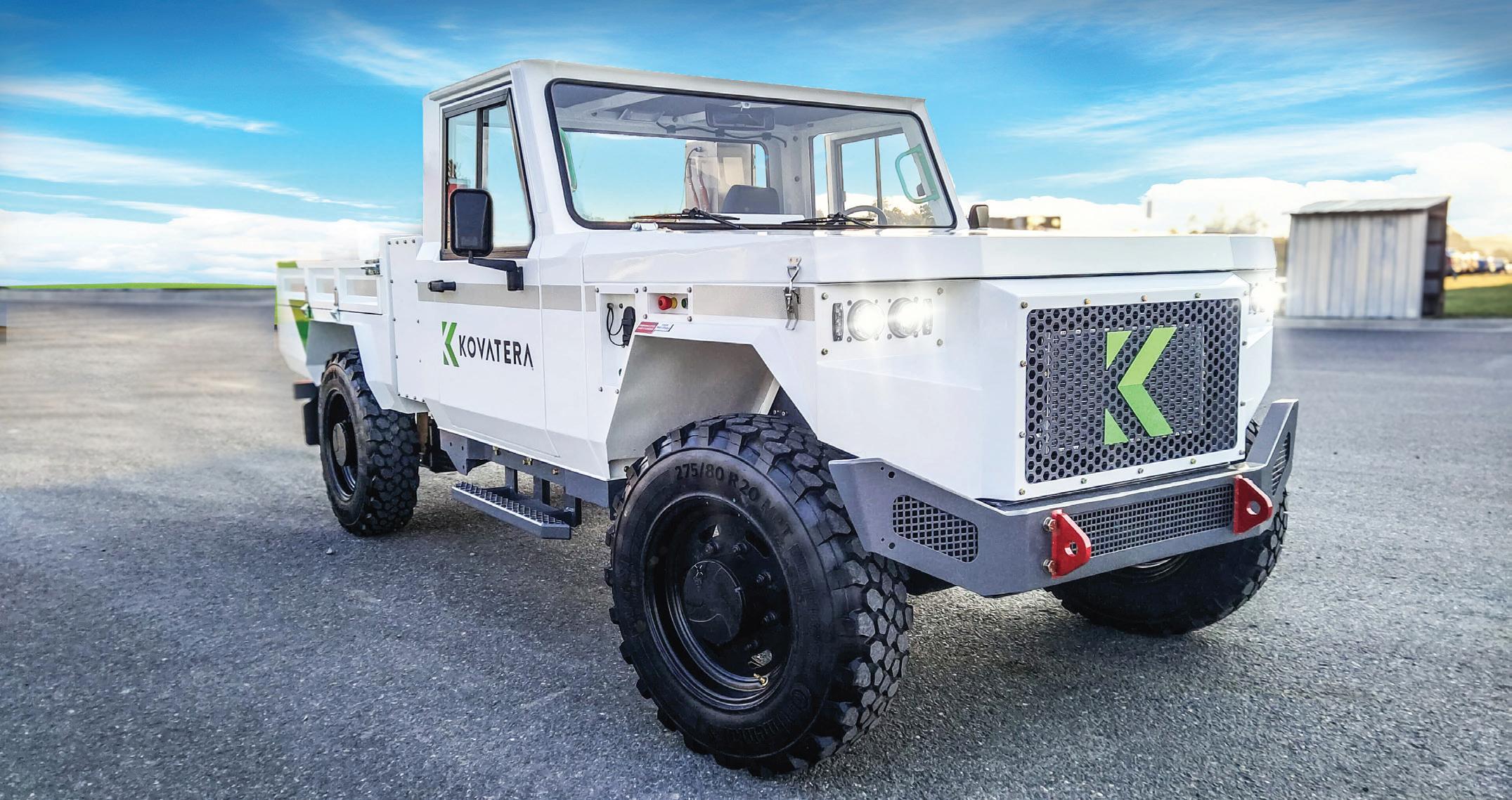
The KT300e delivers full vehicle performance Kovatera’s purpose-built BEV, is designed from the ground up using advanced technology and proven components — never adapted or converted — ensuring superior durability and performance. Its heavy-duty 13,000-Ib frame, high-capacity braking resistor, and dedicated cooling system allow it to thrive in demanding underground conditions. The KT300e delivers full
vehicle performance even at a high state of charge (SOC), with no speed limitations or runaways, maximizing battery efficiency and productivity. With zero emissions, reduced noise, and minimal heat, it outperforms in all categories while setting new standards for sustainable mining solutions. Explore more at www.kovatera.com.
Rokion is proud to introduce the R710, the latest in their line of battery powered utility equipment. Manufactured in Canada, the R710 is available with multiple custom front-end options, including a roof bolter and 10,000-Ib forklift configuration. If you are looking for a zero-emission alternative to your internal combustion equipment, then the R710 is the product for you.
Like all Rokion equipment, the R710 is powered by lithium iron-phosphate battery modules, offering exceptional safety and performance in the harsh underground environment. The R710’s robust, articulating frame and independent drive modules ensure superior handling and operation across uneven terrain.
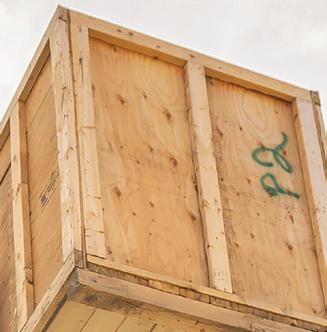
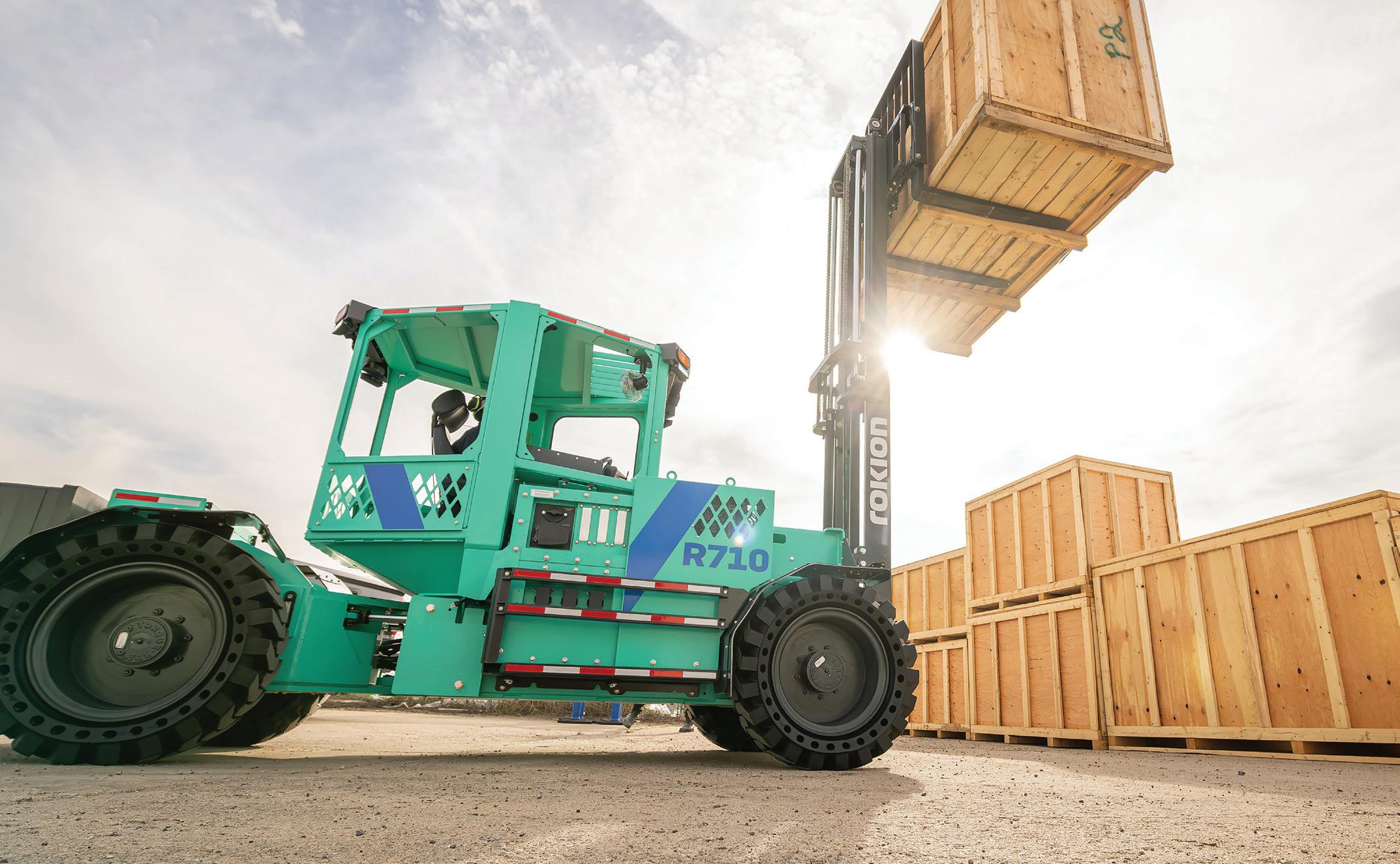
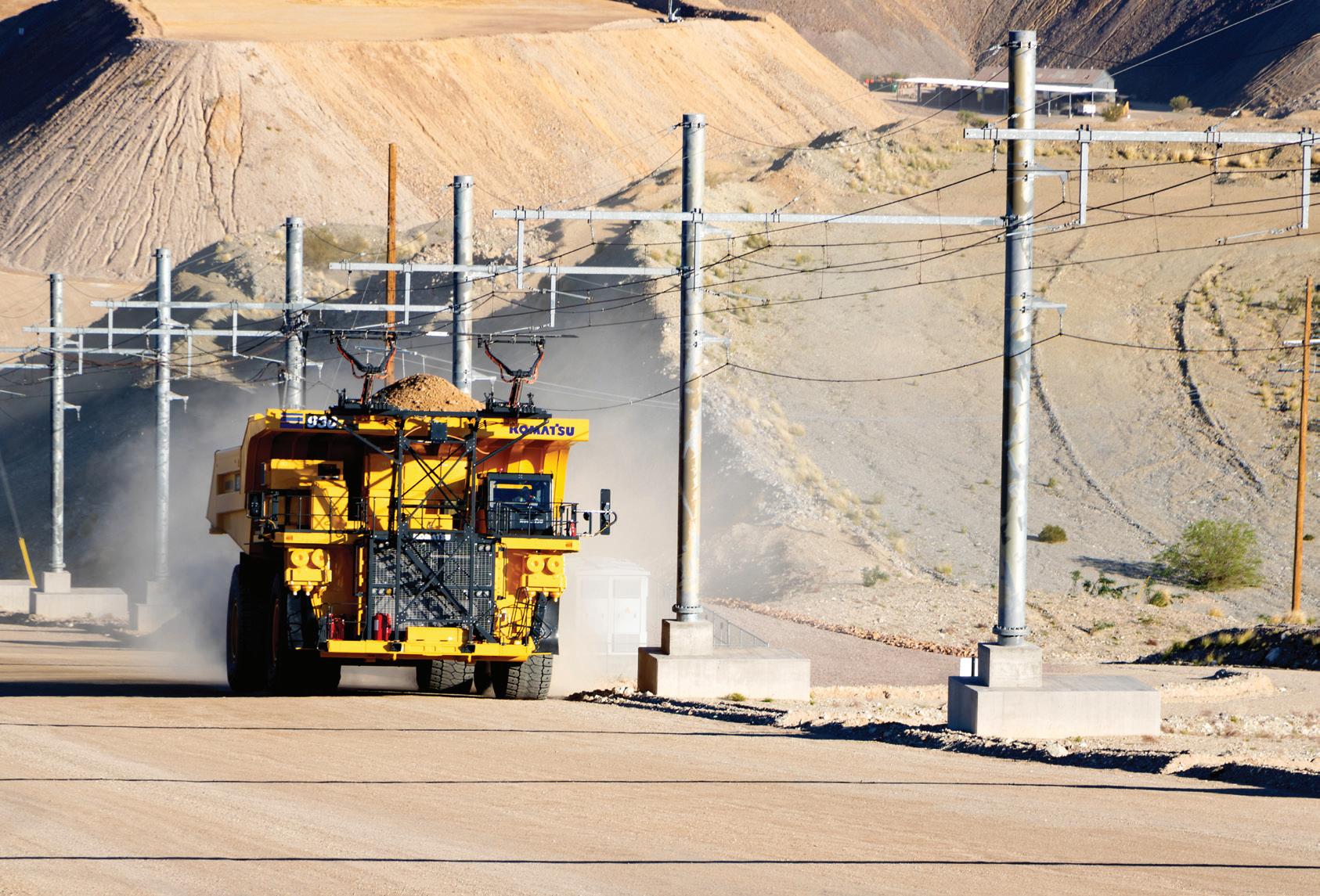
Power your way with the adaptable 930E Power Agnostic Series from Komatsu
When it is time to transition to more sustainable power, Komatsu’s 930E Power Agnostic Series makes it simple. Its power-agnostic design offers the potential to integrate a wide range of current and future energy sources, giving you control over emissions and operational efficiency. Choose the power solution that fits your needs to help manage your carbon footprint while minimizing downtime and maximizing productivity. If you are ready to take the next step toward a more sustainable, cost-effective mining operation, learn how the 930E Power Agnostic Series can help.

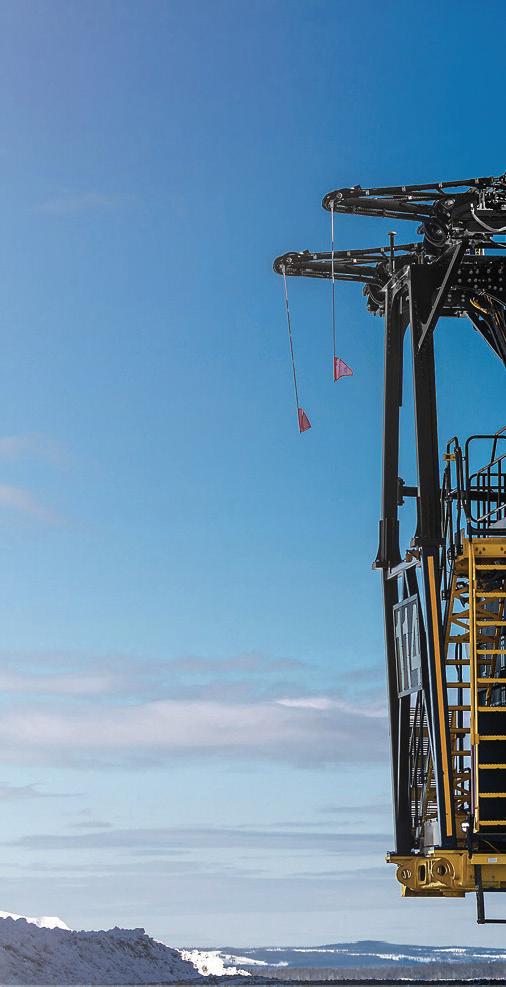
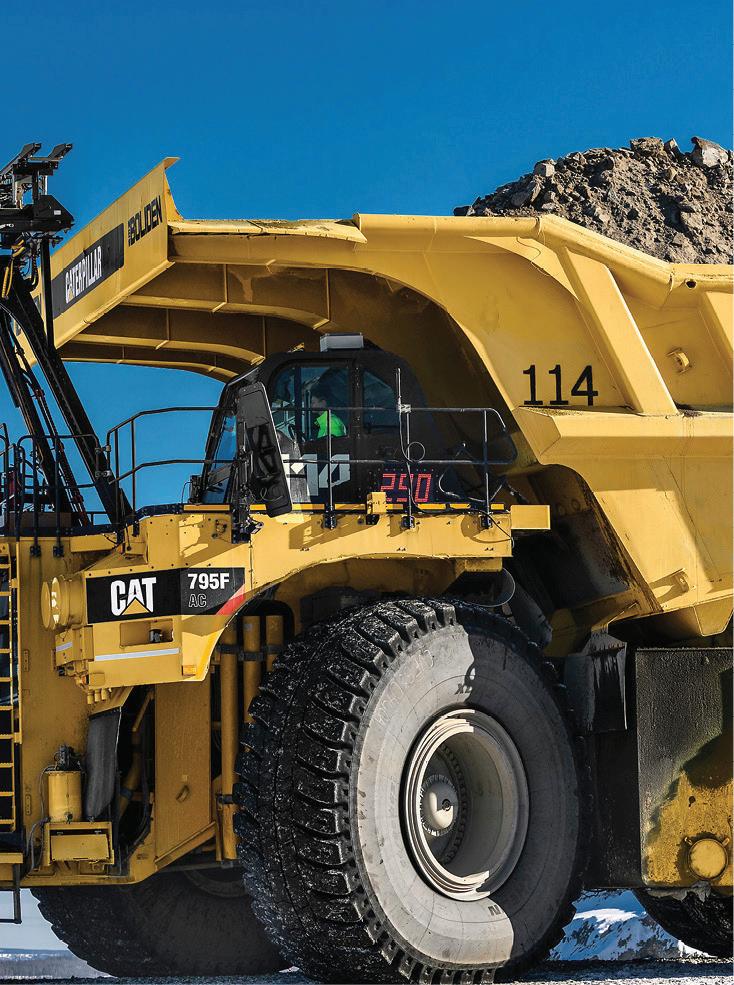
In 2021, 27 members of the International Council on Mining and Metals (ICMM) committed to reaching net-zero Scope 1 and Scope 2 emissions by 2050 or sooner. This commitment set the global mining industry on a path to mine electrification. ICMM’s net-zero emissions goal is an ambitious goal, but observers say it is possible to attain emissions reductions of 85% or more in the mining sector.
Industry-wide transformations such as transitioning from using diesel fuel to electricity for large haul trucks and equipment take time, capital, and resources. However, recent advances in battery technology, charging technology, and the cost of electric mining equipment and large haul trucks becoming more cost competitive, as well as government tax incentives, are helping the mining industry make this transition.
Here is what the Mining Association of Canada (MAC), the Ontario Mining Association (OMA), and ABB Ltd. are doing to help Canadian mining companies navigate this evolutionary transformation.
The Mining Association of Canada (MAC) MAC has been the national voice of the Canadian mining industry since 1935. It supports its member mining companies in transitioning to mine electrification through several initiatives.
Many mines in Canada are located in rural and remote areas with limited access to reliable electricity infrastructure (the grid), especially from clean energy sources. “The cost and complexity of extending grid connections or installing off-grid solutions, such as renewable energy systems, can be significant
barriers to electrification,” said Photinie Koutsavlis, vice president, economic affairs and climate change, at MAC.
While advancements in battery electric vehicles (BEVs) and other electrification technologies are promising, challenges remain in adapting these technologies to the demanding environments of mines. Koutsavlis said, “Ensuring reliable performance in extreme conditions, such as underground operations or harsh climates, requires further development and innovation. Current electrification technologies, like battery-powered heavy equipment, face limitations in battery life, energy density, and performance reliability, making it a key hurdle to meet the rigorous demands of mining operations.”
Electrifying a mine requires significant upfront investment in new equipment, infrastructure, and energy systems. “The high capital costs, including those for electric vehicles, charging infrastructure, and energy management systems, can be a deterrent — particularly for small and medium-sized operators or in jurisdictions with limited financial incentives or support for low-carbon transitions. Additionally, the need to retrofit existing operations adds to the financial barriers faced by many mining companies,” said Koutsavlis.
MAC advocated support in the adoption of electric vehicles and equipment in mining operations, and in 2020, the federal government announced its commitment to allow mining companies to write-off the full cost of clean energy equipment. This will help de-risk purchases of electric heavy haul trucks and equipment and accelerate the adoption of BEVs at more mines.
Mine electrification decreases reliance on diesel-powered
equipment, significantly reducing greenhouse gas (GHG) emissions. “A decrease in reliance on diesel-powered equipment aligns with MAC’s commitment to climate change mitigation, regulatory compliance, and advancing the sustainability goals outlined in our Towards Sustainable Mining (TSM) initiative. It supports mining companies in transitioning to low-carbon operations and achieving net-zero targets,” said Koutsavlis.
Electrification eliminates harmful diesel emissions, such as particulate matter and other pollutants, leading to cleaner air and improved health for workers in underground mining environments. Koutsavlis added, “This creates a safer workplace, reduces health risks, and lowers the need for extensive ventilation systems, which are costly to maintain.”
Electric equipment offers lower operating costs over its lifecycle, including reduced fuel consumption, maintenance requirements, and energy expenses. “Electrification enhances
Delivering fit-for-purpose solutions across the entire project life cycle
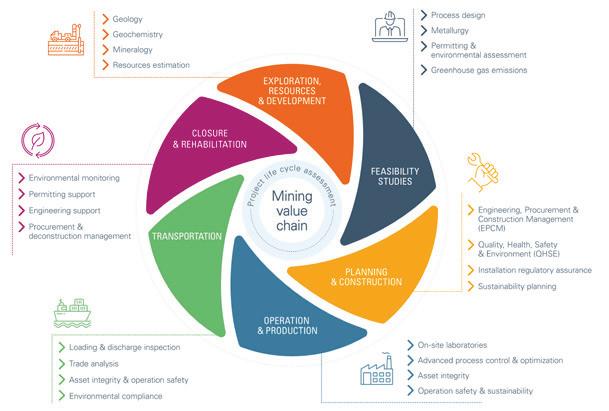
We are a world leader, boasting decades of experience delivering fit-for-purpose solutions across the minerals and mining industry.
No matter your commodity, we are positioned to serve as your trusted advisors on the ground reducing your supply chain risk. We invest in the latest equipment, continual training and ensure industry requirements are met at the global, regional, and local level.
energy efficiency and enables better integration of renewable energy sources, further reducing operational costs and enhancing sustainability,” said Koutsavlis.
MAC actively supports its member mining companies’ transition to mine electrification through several initiatives such as developing and promoting best practices, advocacy and policy engagement, collaboration and knowledge sharing, and securing funding opportunities.
“Our TSM initiative includes frameworks and guidance for sustainable energy use and GHG emissions management. These tools help member companies integrate electrification as part of broader decarbonization strategies,” Koutsavlis explained.
Through its TSM program, MAC supports its member companies in advancing electrification by the following:
• Encouraging mining operators to identify and implement strategies to reduce GHGs, including electrification of fleets and renewable energy integration.
• Providing tools to optimize energy use and reduce reliance on fossil fuels, supporting electrification initiatives.
• Fostering collaboration, sharing best practices, and adopting cutting-edge technologies like BEVs and renewable energy-powered equipment.
• Advocating for government policies and incentives that support mine electrification, such as investments in clean energy infrastructure, funding for innovative technologies, and tax incentives for purchasing electric mining equipment.
• Participating in consultations on climate
and energy policies to ensure the mining industry’s needs are represented.
Since 1920, the Ontario Mining Association has advocated for industry advancement and opportunities. OMA works with governments and communities to help Ontario’s mining industry become the cornerstone of the country’s rich resource economy.
Mine electrification is a challenge for many mines in Ontario owing to grid and distribution infrastructure constraints. “In northern Ontario and remote areas, access to the electrical grid can be unreliable and, in some cases, not an option as it simply does not exist. Providing access to reliable power through Ontario’s electricity grid is vital for mining companies to electrify,” said Priya Tandon, president of the OMA.
Retrofitting mines in a move toward electrification is a costly undertaking and for many mining companies it is not a feasible expense. Tandon explained, “Transitioning from diesel to electric equipment requires high upfront costs and the upgrading of many systems and infrastructure. This large initial investment is especially a barrier for small and new mines.”
Redesigning a mine to adopt electrification can be unfeasible especially for legacy mines that have been engineered prior to the boom of electrification. “New mine designs that factor in BEVs and the supporting infrastructure have an easier path to electrify,” said Tandon.
Mine electrification leads to an overall reduction in GHGs. “By facilitating remote mines’ access to Ontario’s clean electricity, we can decrease their reliance on fossil fuels for operations, thereby minimizing their environmental footprint further,” added Tandon.

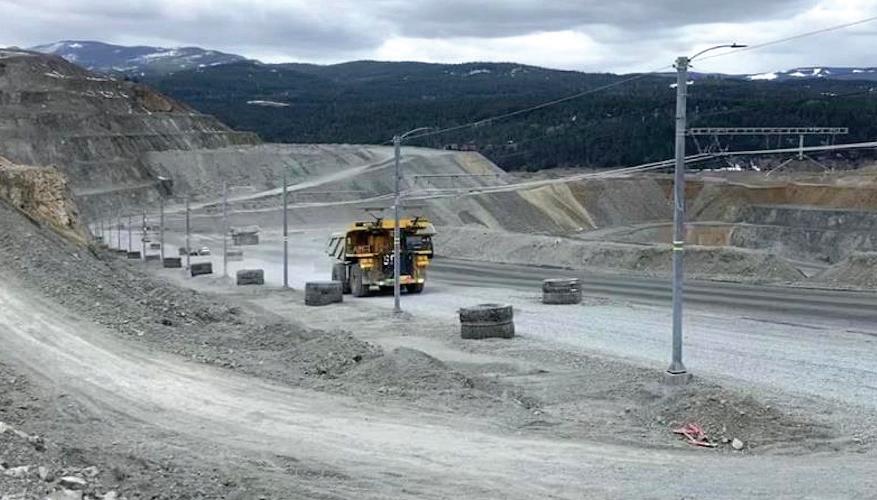
Transitioning from diesel to electric-powered vehicles impacts employees and local communities directly by enhancing the air quality in the workplace and the
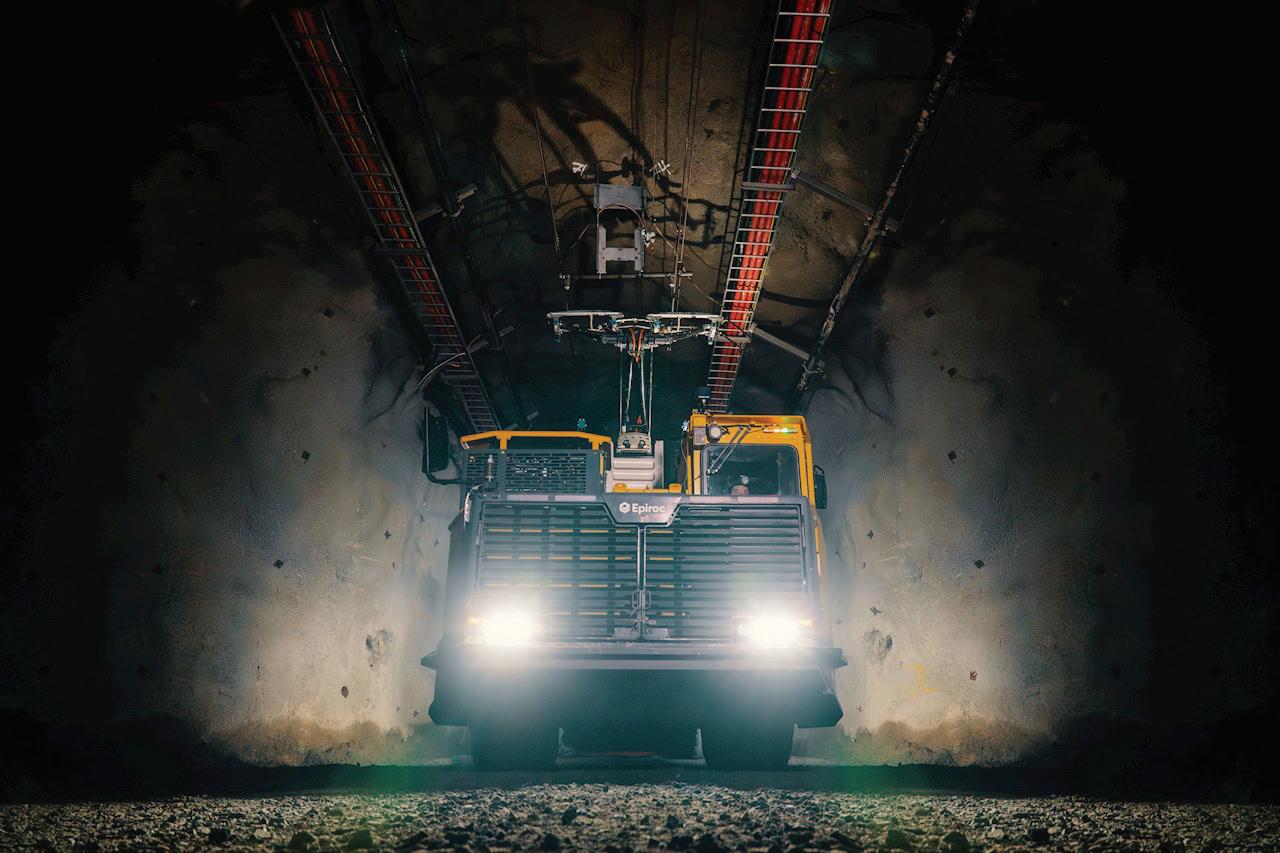
region. Additionally, the quieter operation of electric equipment, such as drills and vehicles, minimizes noise pollution and helps reduce the risk of hearing injuries. Tandon said, “For Ontario mines, this translates into better working conditions for drivers and people working near the equipment.”
Although the upfront capital investment is high, in the longterm, mines that have BEVs on-site see a reduction in their ventilation and cooling costs. “Eliminating the need to transport diesel and lower maintenance costs for electric equipment result in ongoing savings,” Tandon explained.
According to Tandon, to enhance the electrification of Ontario’s mining sector, OMA continues to strengthen its partnership with the Independent Electricity Systems Operator to help shape new buildouts of transmission and distribution systems that can ultimately support Ontario mines in their electrification efforts. OMA is also advocating for the expansion of the province’s clean electricity grid to offer mines a sustainable alternative to fossil fuels.
As interest in mine electrification continues to grow among the members of OMA, we are facilitating information sharing and showcasing member success stories through our committees. Despite the challenges associated with mine electrification, mining companies have made strides in electrifying various facets of their operations.
Some notable examples include Agnico Eagle pioneering the use of electric scoops at its Macassa mine; Newmont introducing 38 pieces of electric equipment at its Borden mine; and Glencore designing its Onaping Depth project as an all-electric operation.
ABB is a global technology company that has inspired innovation in the mining industry for more than 130 years. Through its portfolio of industrial electrification, automation, and digitalization solutions, ABB helps mining companies plan and develop sustainable, resource-efficient mines as well as supports the transition of existing mines to all-electric, decarbonized operations.
Recent research reveals that as the mining industry moves toward mine decarbonization, many mining companies are changing out their hydrocarbon-fueled heavy-haul trucks and equipment for hybrid and BEVs. This fleet will require optimized megawatt charging, and the mine site must have access to a reli-
CREDIT: ABB
able electricity source or an electrical grid system.
ABB’s “Ability Mine Optimize” portfolio brings electrification, automation, and digital technology together. The digital connection of all of ABB’s solutions means that they can be monitored and controlled 24/7 to optimize mine’s operations and energy usage safely in real time.
ABB’s “eMine” is a holistic approach to mine decarbonization that can help with energy transition from fossil fuel to alternative sources of power including electricity. The company develops integrated and tailored systems specific to mine’s operational needs by optimizing the overall mine design, integrating stable and efficient systems to provide the right technology, to maximize safety, productivity, and energy efficiency.
ABB’s grid to wheel solutions for fleet decarbonization solutions include its stationary charging system “eMine Fast Charge” and its dynamic energy transfer system “eMine Trolley”.
ABB’s “Ability eMine Fast Charge” is an integrated electrical, automation, and digital charging solution with an automated connection interface. The “eMine Fast Charge” charging stations are engineered to interface with all vehicles, as ABB is vehicle type and OEM agnostic, which supports an inter-operable approach that can charge all BEVs.
ABB’s “Ability eMine Trolley System” is an integrated electrical, automation, and digital mechanical energy transfer system (catenary or rail) plus mechanical, structural, and civil works (case by case, depending on location). The eMine Trolley System works in open pit and in underground mines.
Sachin A. Jari, general manager, mining North America, process industries, at ABB, said, “ABB is at the forefront of this transformation journey. Our solutions can reduce diesel consumption by up to 90%, thereby greatly reducing CO2 emissions; reduce a mine’s energy costs; provide improved productivity via higher speed-on-the-grade, as electrified trucks run at a higher speed than diesel-fueled trucks; reduce maintenance; and provide a return on investment in two to five years. We believe that no single company can realize this vision alone. We are working together with end-users and industry stakeholders to build the electric, connected, and autonomous mine of the future. The objective is to create sustainable progress for the mining industry, as well as the world beyond it. ABB’s Mining team has been engaging in fleet electrification with cases such as open pit mining in B.C. with Copper Mountain and underground mining in Ontario with Vale.”
Canadian mining companies can expect to experience myriad challenges in their journey of mine electrification. However, the benefits will result in reduced GHG emissions, increased energy efficiency, reduced capital expenditures, improved overall mine performance, and improved miners’ health and safety.
Diane L.M. Cook is a freelance mining writer.
By Victoria Martinez
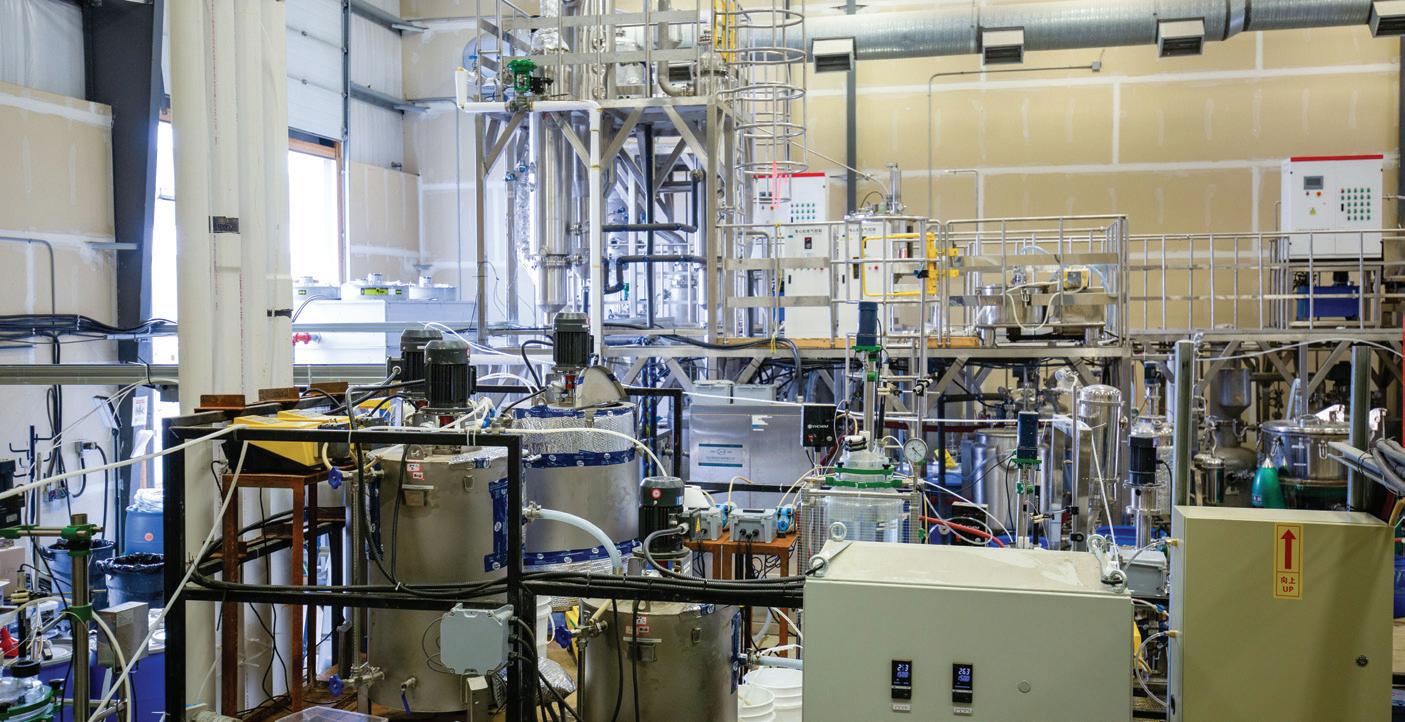
The number of batteries used in energy storage is rising as the world adopts more advanced technologies, particularly green energy and electric vehicles (EVs), thus increasing the demand for critical minerals such as lithium.
Lithium extraction, like many resources, can be a complicated and expensive proposition for mining companies. Typically found in low concentrations, lithium deposits vary from rock to clays to brines with unique impurities from location to location. Lithium supply chains also require high degrees of purity.
“As companies look to optimize processes and plan ahead to ensure the marketability of lithium,” says Mike Crabtree, president and CEO of the Saskatchewan Research Council (SRC), “our experts can provide industry with essential expertise in every stage of testing and proving out technology and processes.”
With more than seven decades of experience in mining, SRC offers clients analytical testing, minerals process development, tailings management, and everything in between.
Lithium demand requires innovation
Today, about 80% of the worldwide demand for lithium goes to rechargeable battery manufacturing for EVs,
electronics, and electric grid storage.
Although lithium has been used in glass products, medicine, and lubricating greases for years, the need for batteries is driving demand for higher purity lithium than most of the market previously required.
“Lithium hydroxide for batteries needs 99.5% or greater lithium purity and more than anything, companies need to ensure that certain impurities do not exist or exist at very low concentrations,” says SRC’s chief operating officer, Ryan Hill. Higher purity requires more complex testing and design strategies, leading to exponentially higher costs.
Despite a large market need for high purity lithium, fluctuating prices have made process optimization one of the essential ways to ensure the profitability of lithium projects. This is where SRC’s specialized expertise in both technology development and pilot testing helps companies develop a viable process efficiently.
“Ensuring that companies have fully optimized their processes, that they have proven out the purity and the recovery, that is how they can really drive down the cost per tonne while ensuring or improving product quality,” says Hill.
Addressing the challenges that market dynamics bring through rigorous and specialized testing, validation, and
development is what SRC does best. As the second largest organization of its kind in Canada, the depth and breadth of its expertise means SRC is wellequipped to help lithium companies develop cost-effective processes that are not only innovative but are designed and tested for real-world situations.
“SRC looks to catalyze industry in unique ways that are specific for each those industries,” says Lucinda Wood, manager of SRC’s business development team. “We address these challenges differently depending on what the industry or our client needs.”
While SRC offers the mining industry a wide range of services for other critical minerals, such as rare earth elements, uranium, and potash, what sets it apart in lithium is how its experts have tackled some of the more complex problems faced by industry in lithium extraction, from hard rock processing to traditional and novel brine extraction and lithium-ion battery recycling.
“Where we really standout is when clients come to us with a process or technology that has challenges to implement or commercialize,” says Wood. Because SRC has a variety of technical expertise, from minerals processing to advanced manufacturing, these challenges can be addressed by a multi-disciplinary team.
“In our mineral processing group, we can see not only where optimization is required, but where the bottleneck problems in the industry exist and tailor our solutions to meet these,” says Wood.
SRC’s unique service offerings in lithium include a facility where continuous-operation pilot plants are run, with capabilities ranging from ore beneficiation and calcination to hydrometallurgical refining. This is one of the few facilities of this type in North America and Europe.
Unlike other smaller scale pilot plants in the lithium industry, SRC’s pilot plants are built so that processing runs are continuous and can be finely tuned for the final design of an industrial plant, which results in more accurate performance data.
The lithium pilot plants were developed
to meet client requests for testing, from rocks to final battery-grade products.
“At SRC, we have run pilots for decades, and since we are acknowledged by industry as experts within this space, we were approached by clients to build a hydrometallurgy refining pilot facility to test out their processes,” says Hill. The first test run in the facility demonstrated the ability to produce 99.9% pure lithium hydroxide from the client’s feedstock.
The hydrometallurgical refining pilot plant, as well as the lithium beneficiation plant, can process spodumene, petalite, and lepidolite to produce battery-grade final products.
Jack Zhang, SRC’s associate vice-president of strategic technologies, says, “The hydrometallurgical refining pilot plant is built to be re-configurable and customizable to respond to the unique challenges associated with different lithium deposits around the world.”
After the facility ran the initial tests, it was partially dismantled and rebuilt to accommodate automation upgrades and technique optimizations, then operated for a two-month run of continuous operation.
“These plants not only prove out technology and expertise within SRC, but also create a space for companies to ensure that product recoveries and qualities are marketable,” says Hill. This is essential to companies exploring new sources for lithium.
Proving out technology for lithium from brine extraction
Along with lithium mineral deposits, brines (continental, geothermal, and produced waters) are also an important source for the valuable metal, but conventional extraction methods are slow and expensive.
They depend on large-scale evaporation ponds to concentrate the lithium and lengthy separation processes to remove all the impurities.
Direct lithium extraction (DLE) technology would flip the lithium recovery model and extract lithium from brines directly. While there are various companies that have developed and piloted DLE technologies, there is not a commercially available technology at scale that is economically producing lithium.
operation,” says Wood. “Innovation for us is often attained in addressing implementation challenges using known technologies in new ways.”
Hill explains that DLE is still at a relatively early stage. “We have been working on a DLE technology that we believe alleviates a lot of the issues with successful commercialization,” he says. “We have been getting significantly more cycles out of this technology than what we have seen within the industry.”
SRC is also testing the process with different industrial brines to ensure the positive early results it has seen are robust enough for a variety of conditions.
Developing new sources through recycling
“It is expected by the mid-2030s that 30% of the world’s lithium is going to come from recycling,” says Hill. Although recycling plays an important role in the future for lithium, current recycling processes are energy intensive and produce significant secondary pollutants, such as waste residues, toxic solution discharges, and gaseous emissions. Industry needs efficient, sustainable battery recycling processes, and that is
why SRC is supporting industry through research into battery metal extraction from lithium-ion batteries. “The aim is for lithium and other battery metals such as nickel, copper, and manganese to be recovered at high purity through a green hydrometallurgical process using a highly selective process and reagents,” says Zhang.
Currently working at the bench scale, experts have developed a recycling process to extract essential metals from batteries, harnessing knowledge developed in hard-rock lithium extraction.
“The same individuals that have been involved in lithium extraction and processing from hard rock and rare earth elements have developed a process that significantly improves the recovery of lithium at a lower cost,” says Hill.
While the lithium industry faces numerous challenges, some more complex than others, SRC has the facilities, specialized expertise, and experience to help companies meet the world’s growing demand for this critical mineral, through developing, testing, and commercializing technologies and optimizing processes.
“There are many reasons why a technology like DLE is not commercially available yet, such as the cost of ensuring the process conditions are optimal for its

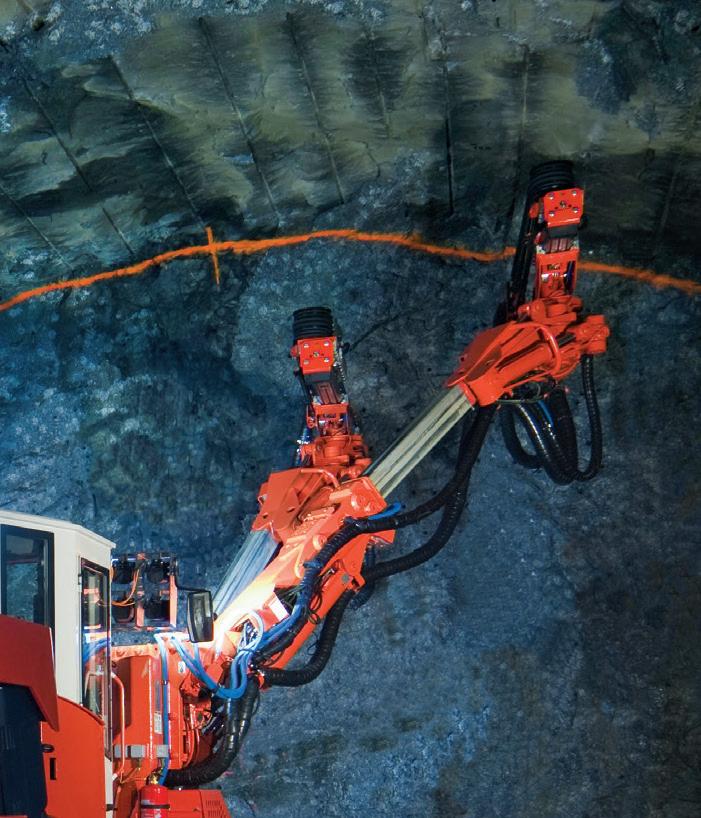

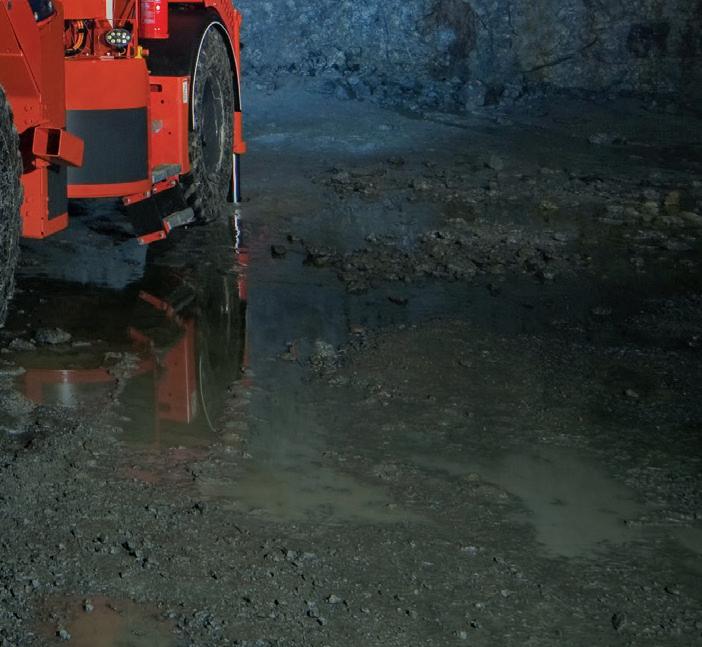
By Anthony
The use of pumpable resins in mining operations has become increasingly versatile owing to their ability to consolidate grounds and prevent accidents in unstable geological conditions. In this case study, we describe how resin was used for the fortification of a pillar that facilitated the sub-level caving of a mineral block located next to a collapsed area spanning over several levels.

The first option, which was discarded because of its lack of safety, consisted of mining the block over its entire length and width without any treatment. Although this option would allow the extraction of the entire block, it presented the risk of completely losing the block if the collapsed zone connected to the mining area during the sub-level caving. Given the presence of a massive collapsed zone, this risk was even higher. Another option was to leave a natural pillar between the collapsed zone and the mining area, which would significantly reduce the size of the block to be mined and result in the loss of valuable minerals. This was primarily because of the required thickness of the natural pillar, as the collapsed area extended over several levels. However, this option, although safer, offered reduced
benefits without sufficiently reducing the risk.
This option did not provide sufficient guarantees of success considering the risks involved with the natural pillar’s resistance, and the benefits would be limited.
Instead, Weber Mining proposed fortifying a pillar between the block to be mined and the collapsed area. This would create a consolidated barrier, enabling the safe extraction of the remaining block.
To achieve this, a drilling template was made from the upper gallery to the block to be mined, allowing the resin to cover the entire surface of the block. The drilling template consisted of injection lines, located five metres apart, with each line having five boreholes of various depths.
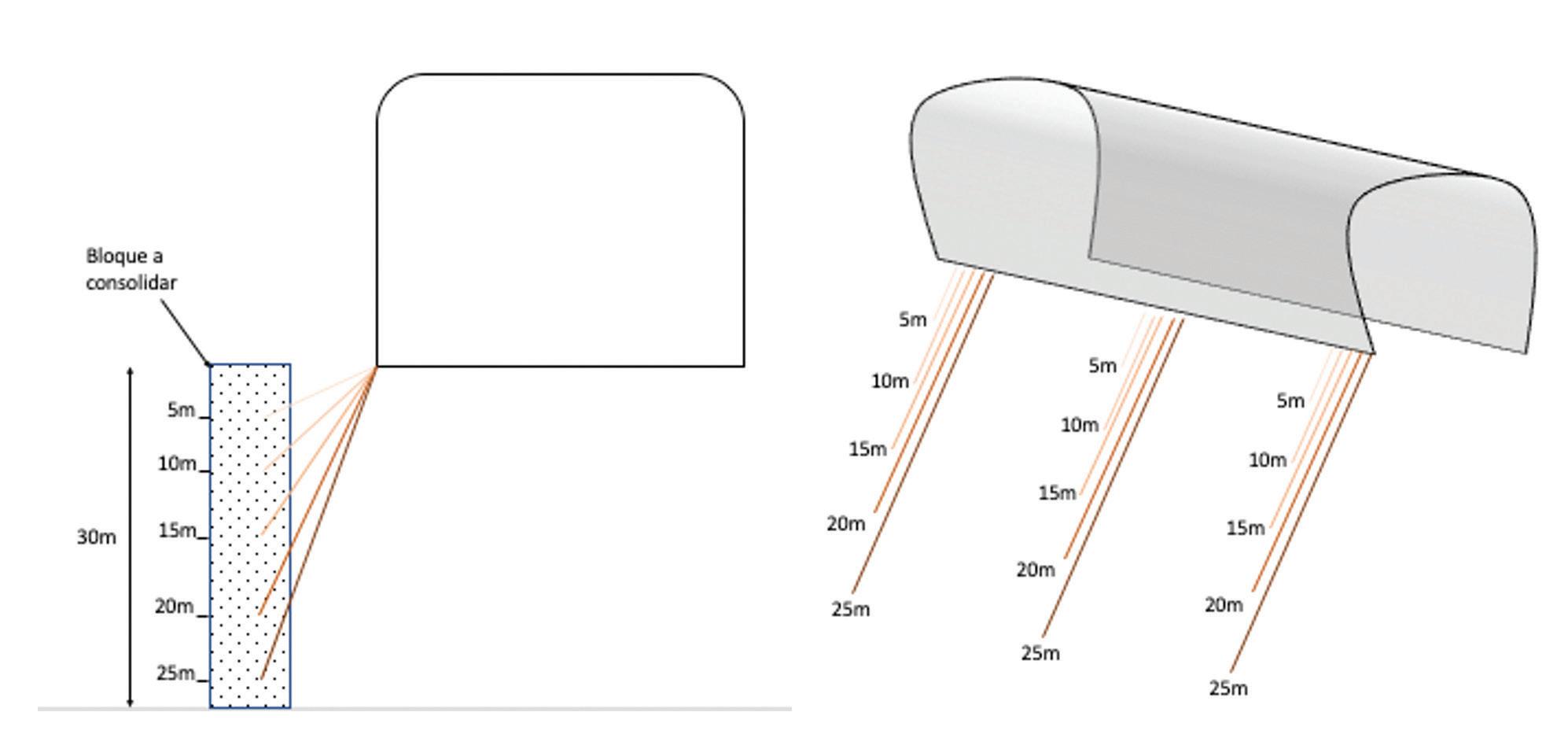
Given the changing ground, mixed between different types of rock, and the collapsed zone, this distribution is crucial to ensure the ground is homogenously injected. During the injection into each borehole, the resin migrates into the ground’s cracks. The injection stops once the pump’s pressure increases, indicating ground saturation. This methodology, with distribution throughout the block, allowed for consolidation and adaptation to the needs of the ground. Between one borehole and another, there was up to a 30% difference in consumption, owing to the presence of significant cracks in certain parts of the block. To achieve the above, it was also necessary to define the type of resin to use according to the type of ground, the void percentage, the distance over which it will be injected, the desired consolidation perimeter, and the injection equipment. With these parameters, we decided to use a resin with an expansion of three times its initial size and a curing time of four minutes.
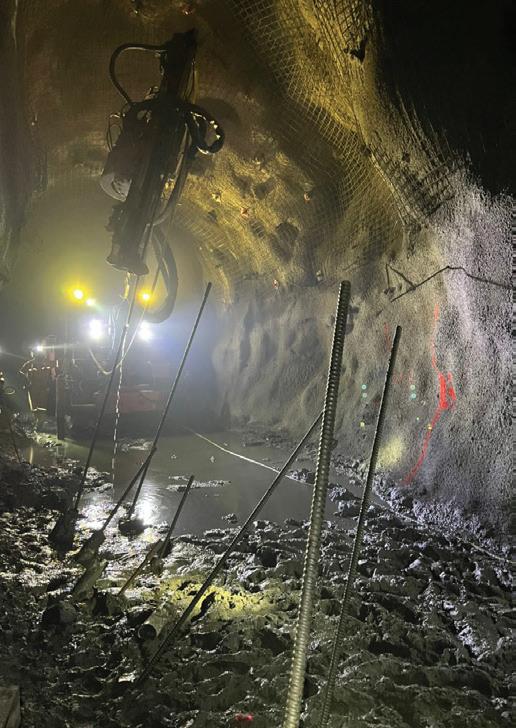

Given the collapsed area and a high void percentage, the resin’s expansion allowed the area to be consolidated with a smaller amount of resin, which ultimately expedited the injection process and logistics, while still retaining excellent compression resistance. The reaction time of the resin, in conjunction with the injection equipment used, ensured that the resin was focused solely on the pillar’s area, and not beyond it. If the resin had migrated farther, it would have resulted in an unnecessary increase in cost and time.
CREDIT: WEBER MINING AND TUNNELING
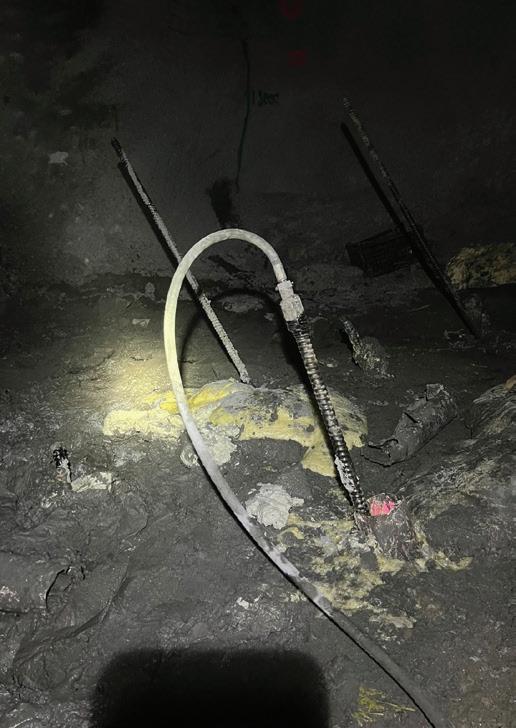

Covering the area with strategically distributed injection points facilitated the precision of the consolidation work. As another parameter, we chose to start the injection with the deepest boreholes to begin saturating the ground from the bottom of the pillar and generate an ascending injection with the other boreholes. This ultimately created a lower limit from where the resin can migrate, helping the subsequent injection to stay localized on the pillar.
It is important to note that the compressibility of the resin and its adherence to the ground are crucial to ensure the block’s cohesion. During the sub-level caving process, the ground is under a lot of stress. The flexibility of the resin allows to maintain the ground’s cohesion during these times and prevent the pillar’s fortification from breaking.
Starting with a complex situation, where the most intuitive solution might have been for the mine to leave a natural mineral pillar between the collapsed terrain and the block to be mined, we were able to take all the available information, adapt our injection parameters, ensure the consolidation of a pillar with resin, and optimize the sublevel caving process.
Anthony Ferrenbach is the general manager at Weber Mining Mexico.

The rare earth elements (REEs) supply chain is entering a new phase of development, shaped by volatile market dynamics, surging global demand, and significant geopolitical shifts. For the first time, the market is seeing signs of price decoupling from China, which has historically dominated REEs supply chains. This new price dynamics signals a structural shift, especially for heavy rare earth elements (HREEs) such as dysprosium (Dy), critical to technologies, such as high-performance magnets, underpinning the clean energy transition.
Rising demand and price forecasts
Argus Media’s latest market projections highlight a stark reality for the REEs industry. They forecast that by 2034, dysprosium prices could surge to US$1,100 per kilogram of rare earth oxide (REO), representing a 340% increase from today’s rates. Dysprosium could reach US$1,400 per kilogram under a scenario factoring in an “incentivized price” premium — in which pricing moves independently from the Chinese reference — which is a 450% jump over current levels. This outlook underscores the escalating demand and constrained supply, with a projected shortfall of 2,823 tonnes of dysprosium by 2034.
The market forces driving these price projections are grounded in the rapid expansion of the electric vehicle (EV) sector and the emergence of new markets such as passenger drones and humanoid robotics. EV sales alone are expected to increase by more than 220% by 2034.
Additionally, Jose W. Fernandez, the former U.S. Under Secretary for Economic Growth, Energy, and the Environment, stated earlier in 2024 that price is the ultimate incentive for higher demand for REEs during discussions about securing critical mineral supply chains. He highlighted that higher prices could attract investment into alternative sources, crucial for reducing reliance on China and supporting global clean energy transitions.
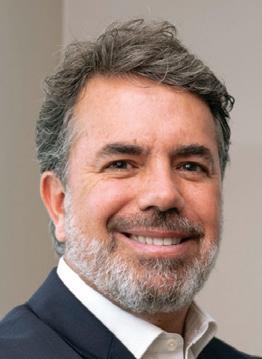
and their growing significance
High-performance permanent magnets, which depend heavily on REEs like dysprosium, play an essential role in modern, clean technologies owing to their unique properties. Their high strength, compact size, and energy efficiency make them indispensable for applications that require performance in high-temperature settings, such as electric motors. These properties not only improve operational efficiency but also contribute to longer lifespans in devices ranging from EVs to robotics.
The increasing reliance on permanent magnets highlights the strategic necessity of a stable and diversified dysprosium supply, particularly as demand for green technologies expands.
The REEs supply chain is currently facing a dual challenge: increasing demand and heightened supply chain vulnerability. China, which holds a significant share of both REEs mining and processing capabilities, has shown a willingness to leverage its control over these resources. Recent export controls on critical elements like antimony, germanium, and gallium have demonstrated how quickly prices can spike when supply is restricted. A similar scenario for dysprosium has already impacted industries across the globe, leading to price volatility and supply disruptions.
It is worth noting that China is also beginning to emphasize higher sustainability standards. While current practices lack transparency, these evolving standards are expected to raise operational costs in Chinese facilities, potentially driving further price increases globally.
The U.S. Department of Energy recently underscored dysprosium’s criticality in its Critical Materials Assessment, emphasizing its importance for energy security and clean energy goals. The report highlighted dysprosium as the element with the highest supply risk, making it crucial to diversify sourcing from multiple countries.
The role of new projects and technologies in mitigating risk
Projects in regions like South America, including Chile and Brazil, are gaining attention for their potential to supply critical REEs while reducing environmental impact. Technological advancements in mining and extraction are also enabling more sustainable and efficient REEs production.
The 17 metals known as rare earth elements (REEs) are also called rare earth metals or rare earths. This is a group of elements called the lanthanides or lanthanoids in addition to scandium and yttrium, which do not belong to the lanthanides but are usually included as rare earths.
For instance, Aclara Resources, a rare earths company with projects in Brazil and Chile, has developed a patented extraction process designed to minimize environmental impact. This innovative approach reduces water usage by recirculating 95% of the water involved and eliminates the need for a tailings dam. In Chile, Aclara has also partnered with the regional water utility to purchase treated wastewater that would otherwise be discharged into the sea. This carefully managed water source enables the company to operate without relying on natural freshwater supplies — a critical advantage in a country grappling with water scarcity.
Political support is also playing a pivotal role in mitigating supply risks. The U.S. and Europe are bolstering REEs supply chains through investments in sustainable extraction, processing, and
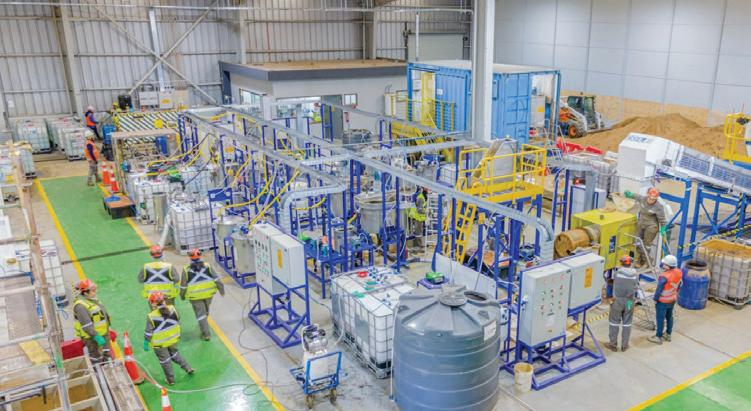
CREDIT: ACLARA RESOURCES
recycling technologies, with policy initiatives like the U.S. Inflation Reduction Act and the E.U. Critical Raw Materials Act fostering domestic production and reducing reliance on imports.
In 2025, the REEs market poses both challenges and opportunities. Investors and industry leaders need to consider the complex interplay of demand growth, geopolitical possibilities, and technological advancements.
The outlook for dysprosium and other HREEs suggests a critical need for a resilient, diversified supply chain that can withstand potential disruptions. By investing in new REEs projects, exploring sustainable mining technologies, and supporting a geopolitically balanced supply chain, stakeholders can play a key role in shaping the future of the clean energy transition.
As industries and nations alike push toward cleaner energy, the REEs market must respond with innovative solutions and diversified supply chains to meet these demands sustainably. The future of clean energy technology — and the broader green economy — depends on securing the REEs that make these innovations possible.
Ramon
Barua Costa is CEO of Aclara Resources.
Keynote Speakers to Date:

The CIM CONNECT 2025 mainstage events will unite leaders from mining and energy to explore the key issues shaping the future of the industry.
These sessions will explore the evolving role of minerals in the energy transition, breakthroughs in renewable energy, AI, battery storage, and transportation electrification.













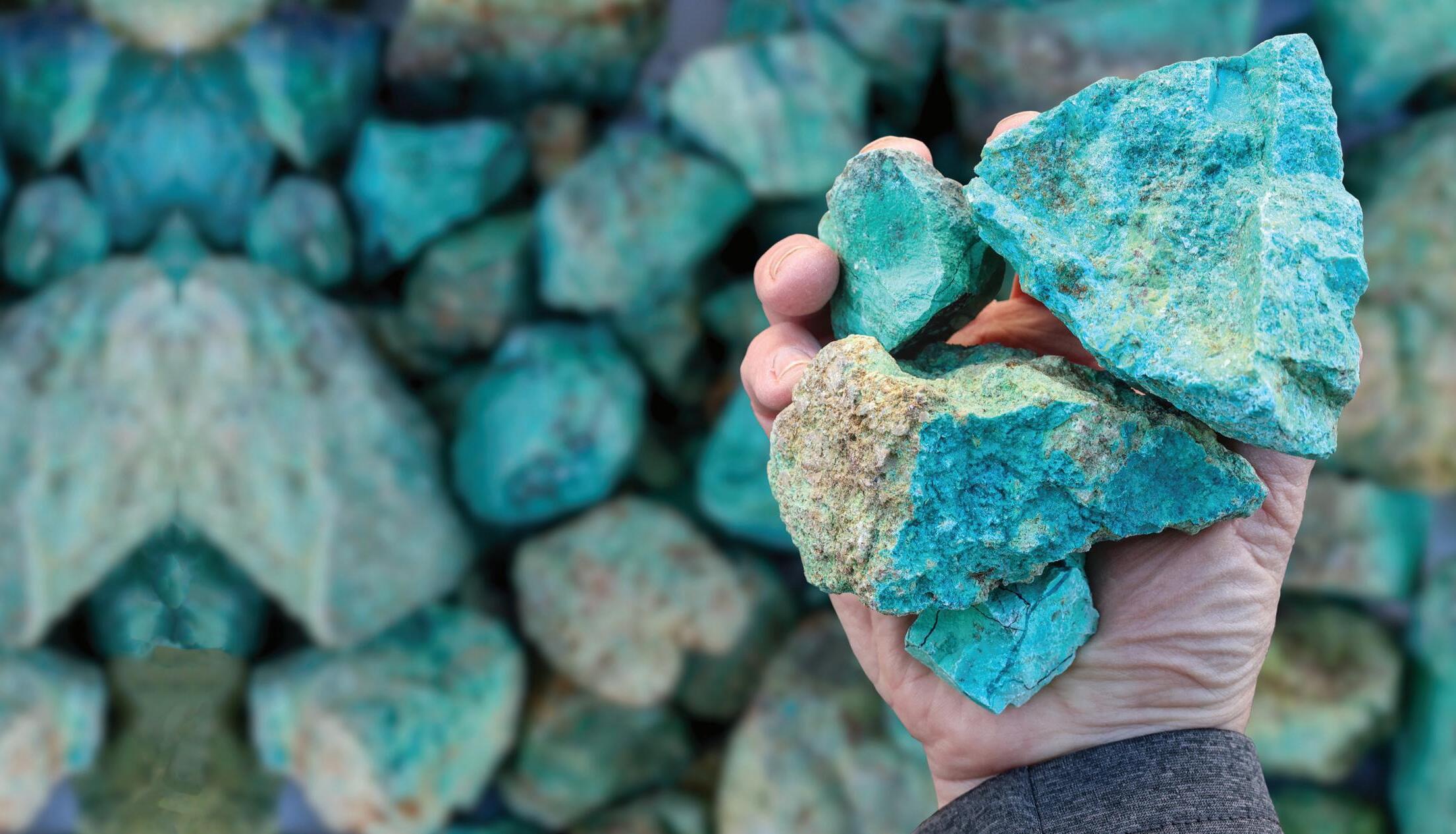



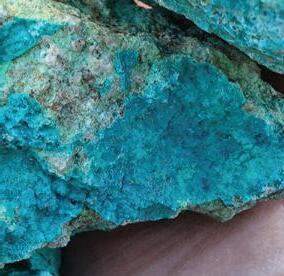
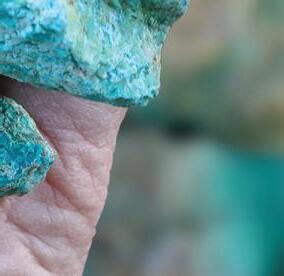









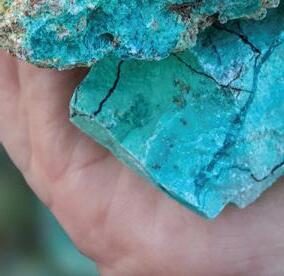




IA vital investment to meet growing demand and enhance everyday life
t is no exaggeration to say that we could not survive in a modern society without critical minerals; they are found in hundreds of things we use everyday from cell phones and laptops to tea kettles and toothpaste.
Manufacturing, construction, agriculture, artificial intelligence, and clean technologies are just a few examples of the industries that are dependent on this sector, which is set to have a global market value of US$770 billion by 2040.
“The way we live, work, and play is tied to our supply of natural resources, and in particular, to critical minerals,” says Ardy Sufi, vice-president of business development, minerals, and metals at AtkinsRéalis, an engineering services and nuclear company, which specializes in the entire life cycle of the critical minerals sector. “This is true not only for Canada, but also for the U.S. and to important global clients and customers,” emphasized Mr. Sufi. Given this dependence, experts stress a need for an integrated, self-sufficient supply chain so that Canada’s industries and way of life are not disrupted.
The definition of a critical mineral is based on three criteria: it is essential to the economy, but its supply is threatened; it is required for the transition to a low-carbon economy; and it is a sustainable source of minerals for Canada’s partners and allies.
In total, Canada has identified 34 critical minerals, with a focus on lithium, nickel, graphite, cobalt, copper, and rare earth elements (REEs) — many at high risk of supply chain disruption.
Current geopolitical instability and the threat of high tariffs on imports make it essential that Canada creates a resilient supply of critical minerals and takes steps to secure its value chain, from mineral extraction and processing to manufacturing and recycling its end products.
“We are not self-sufficient, but we are on the path of getting to that point. What we need to do is integrate all of these pro-


cesses,” says Mr. Sufi. By securing the end-to-end extraction and production of these minerals through private and public investment, Canada could not only solidify its role as top producer and processor in a global market but could also guarantee its own supply is safe from disruption.
That is why experts in the sector support the federal government’s Critical Minerals Strategy. Released in 2022, the $4-billion strategy acts as a roadmap to explore the country’s mineral-rich regions and leverage its national mining value chain through innovation and investment to, ultimately, connect domestically mined and processed minerals and metals with domestic manufacturing.
As the world transitions to a decarbonized future, with netzero targets by 2030, the global demand for critical minerals — many essential for renewable energy sources and technology — is set to skyrocket. Electric vehicles need lithium for batteries, Canada’s electricity grid needs copper for wiring, and solar energy needs indium and tellurium for solar panels.
“Exploration is the first step in ensuring Canada is ready to support the next phase of its green economy. Canada’s junior mining sector, which does much of the exploration of critical minerals, needs support to scale up. We need our own domestic supply because if there is a disruption in the supply chain and we do not have enough material, we basically have to shut down our manufacturing,” Sufi explains.
As part of its Critical Mines strategy, the federal government introduced a Critical Mineral Exploration Tax Credit (CMETC) to help Canadian miners with expenses, including drilling and rock and soil sampling.
“With its well-established reputation as a global mining
powerhouse, Canada is well-positioned to capture economic opportunities in the critical minerals space while also securing a stable supply of essential minerals needed for its own energy transition goals,” added Mr. Sufi.
According to Global Critical Minerals 2024 outlook by the International Energy Agency (IEA), there is a significant gap between the future supply and demand of both copper and lithium, with anticipated mine supply from announced projects meeting only 70% of copper and 50% of lithium requirements. Manitoba, Ontario, and Quebec are expected to be a source of future lithium, and Northern Ontario’s 5,000-km2 Ring of Fire project is a global source of nickel and copper.
According to a 2022 report from Clean Energy Canada, a national battery supply chain, alone, could directly contribute between $5.7 to $24 billion to the country’s annual GDP by 2030 and support up to 81,000 direct jobs and 333,000 indirect jobs. Securing the whole value chain will create job opportunities for urban, remote, and Indigenous communities all over the country.
An injection of private and public investment is needed for the processing facilities that will turn the extracted minerals into useable materials. Increasing manufacturing capabilities would also ensure that Canada can turn its critical mineral inputs into final products without having to export any part of the process. An estimated $30 billion is needed for critical mineral extraction, according to data from the Canadian Climate Institute’s 440 Megatonnes Project.
The federal government has earmarked more than $3 billion for grants and other incentives for critical mineral proj-
ects through organizations like the Strategic Innovation Fund (SIF), the Critical Minerals Infrastructure Fund (CMIF), the Critical Minerals Research, Development, and Demonstration (CMRDD) Program, and the Indigenous Natural Resources Partnerships (INRP) Program.
“It is all about capitalizing on the opportunity,” says Mr. Sufi. “We need to invest now because any type of disruption to the supply chain will create a ripple effect in our economy, impacting our entire labour market, and it would be a serious national defense issue for us,” he added.
The key to meeting net-zero goals is supporting the circular economy. A transition to electric cars is inevitable, but even if we mined all the lithium available in the Earth’s crust, it still would not be enough to meet demand.
To date, there is no fully developed technology in place to accommodate this kind of recycling; however, some Canadian companies have research and development projects in the pilot stages, creating opportunities for investment in local solutions.
One such company is Cyclic Materials, based in Kingston, Ont., which recently announced it had received an equity investment from Microsoft’s Climate Innovation Fund.
“When innovators like this receive major backing, we can be one of the front runners in this race. So, we should invest in that part of the circular economy as much as we can,” says Mr. Sufi.
The demand is already there, so how we approach this challenge will shape the success of our clean energy transition.
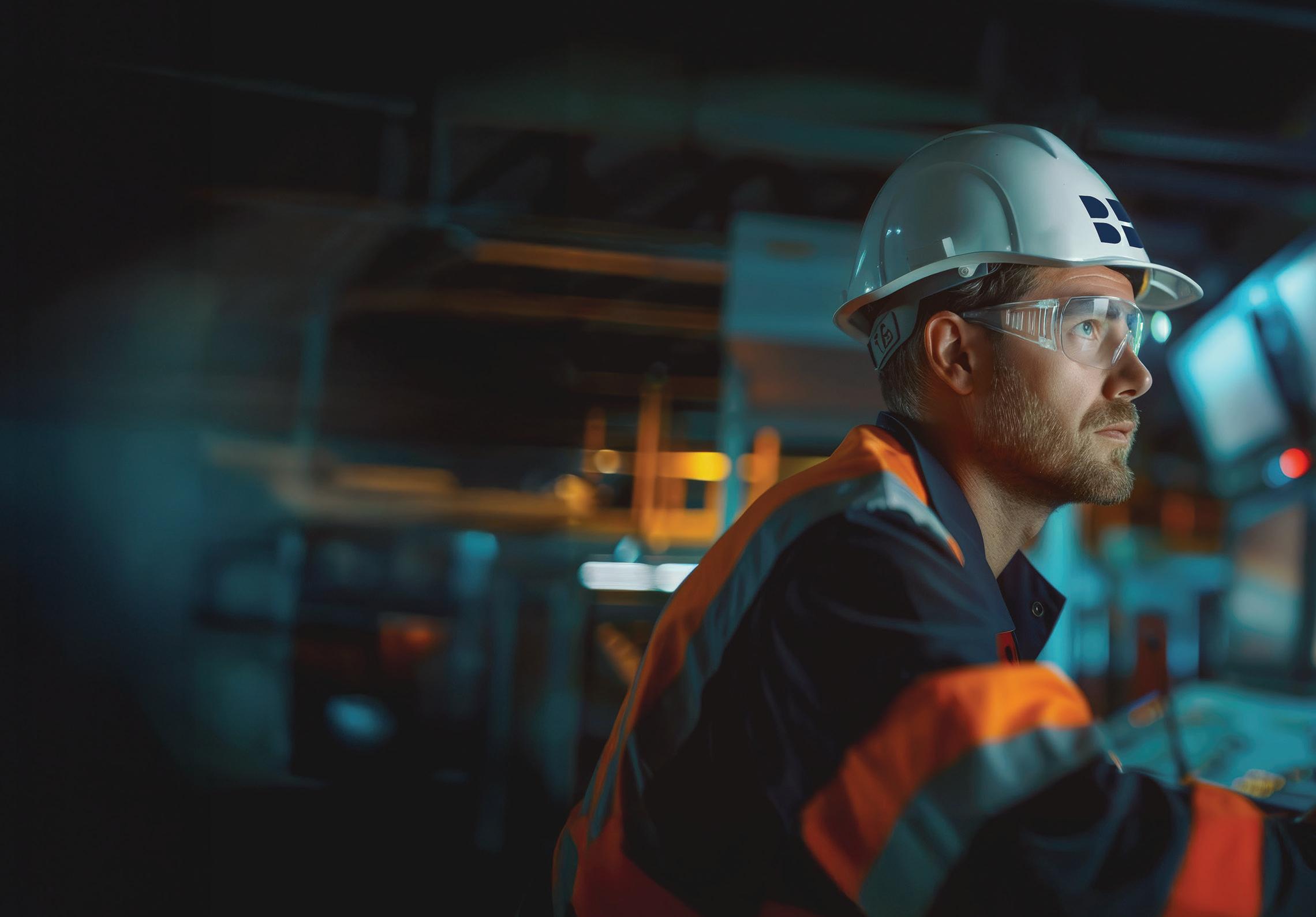





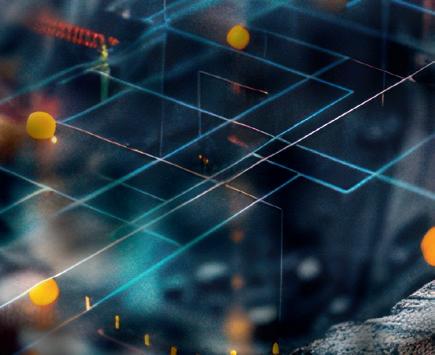



The sales literature is voluminous. Curiosity is still high. But is artificial intelligence (AI) adoption in mining and minerals exploration fully realized or still merely aspirational?
One prominent mining company in northern Ontario seemed surprised by the question and promised to study it. Another agreed to talk, and surprised me by not having made a single effort towards AI adoption and has no plans to do so.
Another who boasted in 2017 about its foray into the digital revolution this year fell strangely silent.
What has made mining and mineral exploration companies suddenly shy about adopting generative AI or even talking about it? Confessed one industry insider, “Much of the investors and players in mining are resistant to these new technologies.”
While Statistics Canada cannot list companies that have taken the plunge into AI or how deeply, it reports a mere 7.3% of Canadian mining enterprise overall invested in AI technology in 2023. Others farther afield remain bullish.
Auckland, U.K.’s Oregon Group, which focusses on investments in critical minerals, mining, and technology cites BHP’s use of AI to automate decision-making with a system that chooses which crusher should be used by trucks to minimize queuing and costs.
Across the Pacific in China, Huawei has launched its intelli-



gent MineHarmony OS platform, using real-time sensors to improve coal productivity. Meantime, Freeport-McMoRan boosted production by 10% at its copper-ore concentrating mill in Bagdad, AZ, after piloting a “transformational” machine learning (ML)/AI model.
Seven years ago, IBM Watson was introduced to ingest, analyze, and synthesize massive amounts of complex geological and survey data at Goldcorp’s Red Lake mine in Ontario. Today, Alex Harvey, senior managing consultant with IBM Canada AI and Analytics was asked how much we are continuing to rely on non-AI methods.
“Generally, teams still search, prepare, and model data and repeat that to spatially review what they are seeing in the field,” Harvey explained. “They still use geostatistical methods like kriging to transfer those field observations like drilling into their wireframe, and interestingly, AI often stems from many of these statistical methods,” Harvey noted. One application of AI has been to synthesize disparate geological data sets to compare say a drill hole log from Argentina with a drill hole log from northern B.C.
The tradeoff: traditional methods tend to be linear, more user-defined, and after “decades and decades of application,” more explainable. “That last task is something IBM continues
to place a high premium during AI development,” Harvey stresses. Conversely, AI uses a vast array of relational information to train models to come up with “subsurface characterizations looking at your data in a new way.”
What does a potential client peaking over IBM’s shoulder see once the synthesis of all that geological, geophysical, and geochemical data is complete? In short, answered Harvey, a “heat map” to precisely show the client “here are all your high potential areas” for minerals exploration to make better decisions, increase your head rate, “and drill fewer duds.”

VerAI’s approach has enabled it to forge partnerships with companies in Canada, U.S., Peru, and Chile, with more than fifty exploration projects under development. In each of these, the permitting requirements are well-known as are the communities in which VerAI’s AI Targeting Platform is used.
Another area IBM is making strides in is systems optimization processing at the mining site. “You can optimize each part of a system individually,” Harvey explained. “Whether its crushing, flotation, or concentration, using AI you can scale all of those optimizations across those components,” he concluded.
Forget “big” data?
IBM is not alone on the AI-driven minerals exploration side. In May of this year, VerAI Discoveries was tagged to detect minerals under covered terrain and to minimize surface disturbances at U.S. Critical Materials’ Sheep Creek rare earth properties in Montana.
To fulfill its part of the deal, VerAI begins with programming, not technology. The focus of its “AI Targeting Platform” are those seam deposits below the terrain “that do not have any manifestations on the surface,” explained VerAI’s CEO and cofounder Yair Frastai.

“Instead of sifting through reams of big data, the key is identifying and working the right geophysical data. This is the only data that penetrates the subsurface,” Frastai stressed.
However, VerAI’s platform has also developed a huge library of economic deposits, but it searches for precise patterns of similar geophysical behaviour in new areas it may target for exploration.
“We are not driven by assumptions and subjective opinions of experts,” said Frastai.
The results have been impressive. Considering that, out of a thousand base metal exploration projects each year, only one will result in the opening of a mine, VerAI’s technology’s ability to find economic deposits that can be mined in substantial quantities is better than one in ten.
A global, industrial standout in AI deployment
Traditional methodologies of mineral exploration like geological mapping, geochemical sampling, geophysical surveys, drilling, and remote sensing “are still a necessary part of mineral exploration,” said Percy Rivera Salas, senior manager, Advanced Analytics at Rio Tinto.
“However, for some years now, Rio Tinto has complemented these traditional methods with AI to improve efficiency and success rates,” Rivera Salas added.
Rivera Salas noted that techniques such as Generative AI/ Large Language Models, computer vision, predictive modeling, and digital twins for exploration are becoming increasingly common. Depending on the complexity of the business requirements, Rio Tinto applies different levels of AI/ML technology, including descriptive, diagnostic, predictive, and prescriptive analytics built into its AI solutions.
“Recently, we have extensively applied cutting-edge technologies, such as Generative AI and computer vision, to streamline and automate our operations. These included a knowledge-based chatbot like GPT that extracts key insights from hundreds of documents at various levels,” Rivera Salas added.
Rio Tinto’s pride and joy is its Mine Automation System (MAS), which consolidates data from 98% of its sites to provide
operational insights using advanced algorithms. It enables interoperability among diverse autonomous equipment and utilizes AI for tasks like ore body modeling, equipment dispatch optimization, and blast control.
At its main Canadian surface site in Labrador City, Newfoundland and Labrador, the IOC iron ore mine has Minestar and Modular systems installed with active dispatching used for truck decisions. These include “on which loading unit or dump to go to and when to go for fuel,” Rivera Salas noted. Meantime, automated Lumo laser-induced breakdown spectroscopy (LIBS) helps core scanning and rapid determination of mineralization.
Images of core samples are fed into a Generative AI model that uses machine learning and advanced analytics to compare new images with images from historic discoveries. In this way, Rio Tinto can tell if a sample looks like any previously discovered major ore body.
Of growing interest across the industry is the use of AI to prevent collision during deployment of heavy machinery. This past decade, Rio Tinto has actively explored advanced collision avoidance technologies like those deployed in underground mining. Rio Tinto’s current approach includes leveraging extensive machine data, with plans to incorporate AI-driven control over braking and steering to prevent collisions proactively.
“While these initiatives are still developing, our focus remains enhancing AI capabilities to ensure safer and more efficient operations across our sites,” said Rivera Salas.
Weighing the risks and rewards
In 2024, according to a global IBM Institute for Business Value survey, mining faces the same six hard truths confronting
more than 2,500 CEOs from more than 30 countries and 26 industries in the generative AI era. Conducted from December 2023 through April 2024, here are just a few of its warnings:
“There is no room for sentimentality,” cautioned the chairperson, Industrial Manufacturing, China. “In the business ecosystem, you must work with the best. Valuing connections over capabilities could be kryptonite for business leaders as they jockey for a competitive edge with generative AI.”
That does not mean you just roll over when you disagree with your partners. Kazuhiro Nishiyama, president, Kansai Mirai Bank, called it “dangerous if we cannot have heart-toheart discussions with our partners about how we are positioned to navigate change — and what will happen if things are left as they are.”
Javier Tamargo, CEO, 407 ETR is equally blunt. He added, “People hate progress… many employees see generative AI as something that is happening to them, not a tool that works for them. Business model innovation will require buy-in at all levels of the organization.”
The report concluded, “Generative AI has the potential to shake up the way your business has always worked, driving unprecedented productivity, and revealing new avenues for growth. But those tremors could also crack the foundation — and send everything you have built crashing to the floor.”
Is AI adoption in mining and minerals exploration in Canada real or merely aspirational? For his part, Alex Harvey points to a second IBM survey showing enthusiasm for generative AI adoption among Canadian CEOs overall surpasses their global counterparts by 64% to 59%.
For Yair Frastai, the issue is that easy access to mineral deposits is not so easy anymore. Exploration is not performing well and cannot supply what we need at this stage. The main reason is that the low hanging fruit has already been discovered, and there is a great need for new deposits.
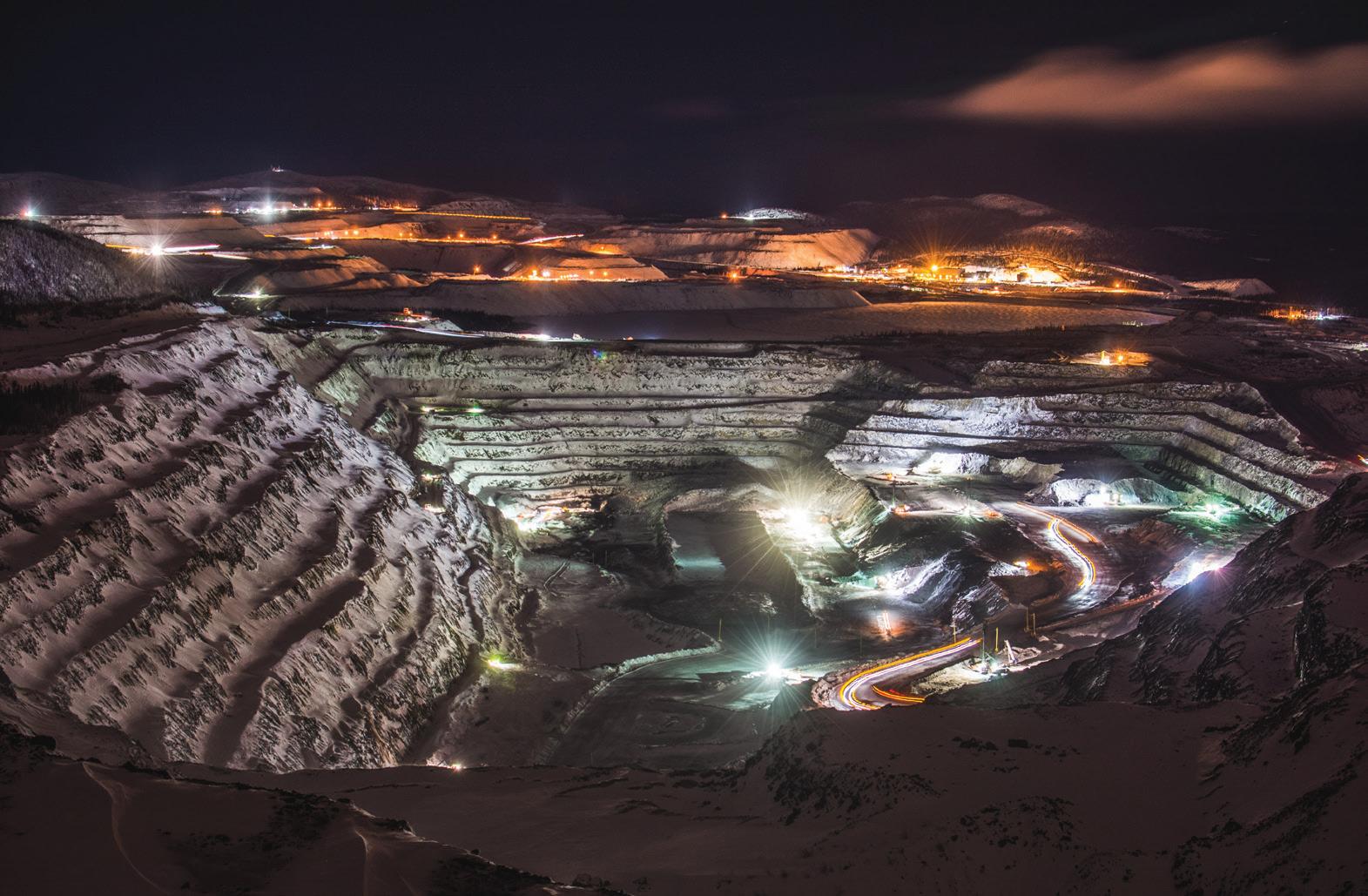
Rio Tinto’s Percy Rivera Salas agrees that future geoscientists will have to navigate through a complex, data-saturated environment, with targets and patterns often invisible to the human eye.
The consensus is that ML and data analytics can play an increasingly important role in target generation and resource evaluation. Mining’s future depends on it.
David Godkin is a Canadian freelance mining writer.
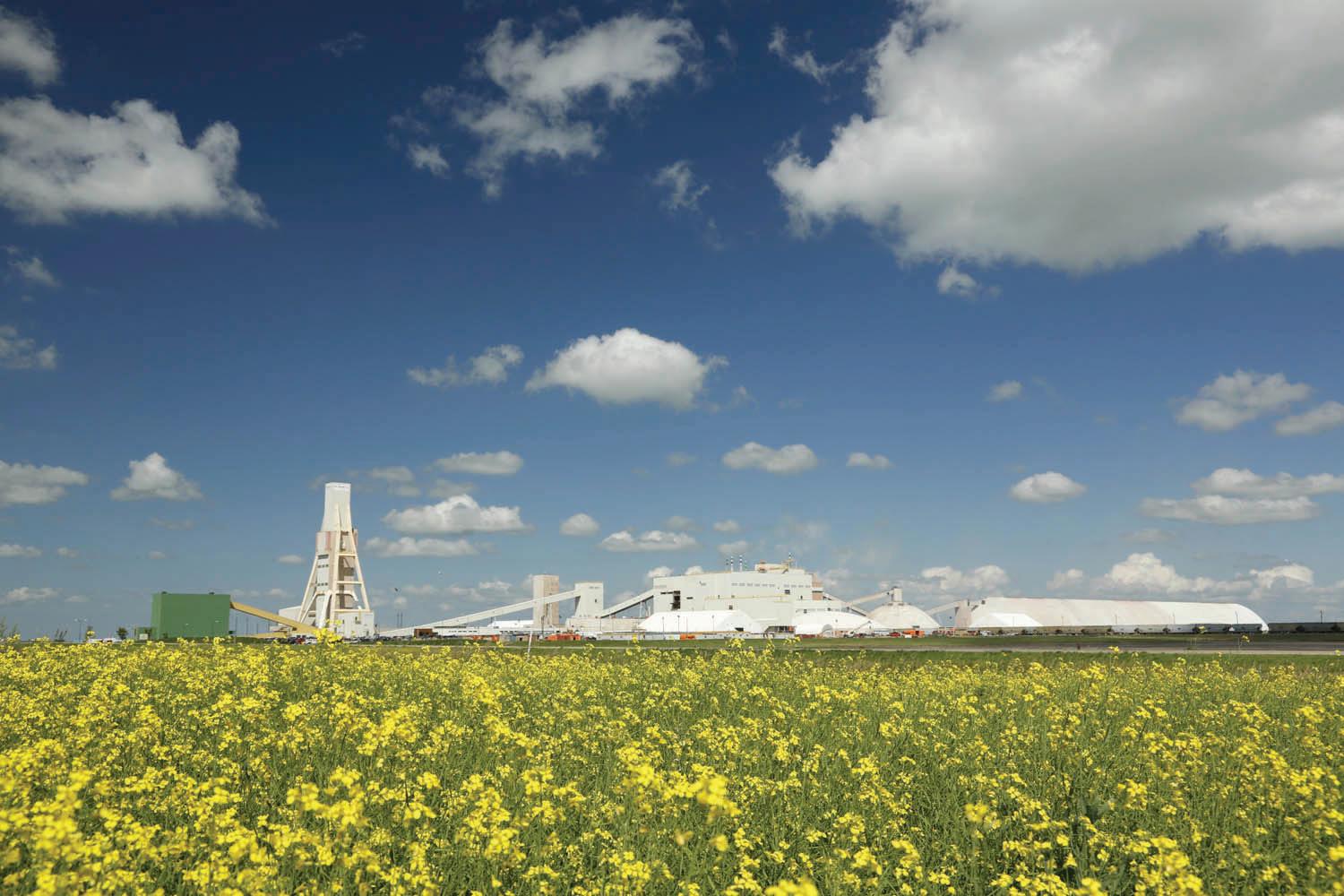
Canada produces nearly a third of the world’s potash supply. In 2023, the industry, centered largely in Saskatchewan, extracted about 22 million tonnes of potash, according to Natural Resources Canada. Of that production, the vast majority — 95% — was exported to markets such as the U.S., China, Brazil, and India, where it is primarily used to fertilize crops. That puts Canadian miners at the centre of a unique opportunity, and a perplexing industry-wide challenge.
Potash production is critically important for future food security as the global population continues to increase, with farmers around the world relying on potash to boost plant growth, enhance drought resistance, and improve crop yield. With the largest reserves in the world, Canada has sufficient ore to supply global farming needs for several hundred years, according to the Saskatchewan Mining Association (SMA). The challenge will be to ensure that the industry has the people it needs to replace an aging mining workforce. In 2023, roughly 20% of mining workers were aged 55 or older.
In addition, labour demand in the mining sector is expected to remain strong over the next decade, growing from 11,000 workers in 2023 to nearly 15,000 by 2034, driven by the growing global demand for Saskatchewan minerals, according to labour market analysis conducted by the SMA, in partnership with the Mining Industry Human Resource Council (MiHRC).
At first glance, mining should be an attractive occupational option for young people. The average salary of an individual working in potash mining is more than $113,000 a year, nearly twice that of the average Saskatchewan employee, according to the government of Saskatchewan. Additionally, potash mining
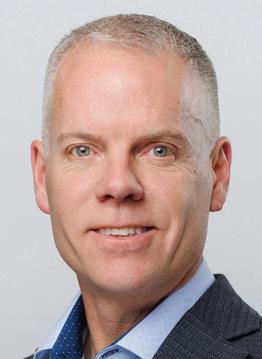
is becoming increasingly more high-tech, providing challenging jobs for highly skilled STEM (science, technology, engineering, and math) and business graduates, as well as dramatically reducing the number of workers at the active mine face. Mining is, in fact, one of the safest industries in Canada, with a lost-time injury rate in 2024 of just 2.1 per one million hours worked.
Indeed, mining is held in high regard by most Saskatchewanians. In a 2024 public opinion survey conducted by the SMA, an overwhelming 96% said they believed mining is important to the province, 94% supported the mining industry, and 91% had a positive view of mining as a career choice.
However, it is a different story with younger generations, including Millennials, those classified as Generation Z, and a portion of Generation Alpha. While the benefits of a career in mining should make it highly appealing, the truth is a large percentage of young people at career fairs are not even aware mining career options exist. In fact, many young Canadians have a negative view of the industry, with two-thirds of them ranking mining as their least-preferred career choice. In a 2023 survey reported by the MiHRC, many students shared concerns that mining could limit their career options, may have less job stability, offer fewer internship positions, and lack the prestige of other career choices.
Part of that less than positive view is likely a holdover from generations of parents guiding their children away from the trades or labour and into four-year degree programs. Many young people have no knowledge of today’s mining industry. They still imagine old-fashioned mining stereotypes of a person wearing a hard hat with a pickaxe in their hand. As we seek to make mining more attractive to younger generations, it is essential that the industry work together to identify ways to positively influence preconceived notions while showcasing mining as an increasingly technical, well-compensated career that offers tremendous job stability.
In response to these challenges, the potash industry is taking a forward-leaning, all-hands-on-deck approach to modernize mining’s image and increase its appeal. A wide range of workforce
development and diversity programs are being implemented across the industry, from mine operators and government initiatives to industry associations and non-profit organizations.
The lack of internship positions cited in the MiHRC survey, for instance, is being partially addressed through the “Gearing Up” work-integrated learning program, which provides employer subsidies to attract post-secondary students enrolled in STEM and business programs and to encourage participation by traditionally underrepresented groups. Funded by a government program, Gearing Up is intended to provide hands-on opportunities such as internship placements, structured work experience, and field placements.
The approach is not unlike the “Mining Schools Act,” currently moving through the legislative process in the U.S., which proposes to establish a grant program for the country’s mining education, to develop the future workforce needed to continue to meet soaring global demand for minerals and energy.
In addition, mine operator Nutrien, the world’s largest producer of potash, is taking the lead in developing the increasingly high-tech skills the future will require. Last year, the company pledged $15 million to Saskatchewan Polytechnic to help fund a new campus to include the Nutrien School of Mining, Manufacturing, and Engineering Technologies.
While mining remains a traditionally male-dominated industry, rich opportunities exist for attracting people from diverse backgrounds. In 2023, women represented only 15% of the mining workforce, and another 15% were Indigenous Peoples. Since underrepresented communities are currently a minority in this environment, part of the solution is to proactively offer encouragement and provide support to ensure they feel welcome and engaged.
One non-profit organization, Women in Mining and Women in Nuclear Saskatchewan Inc. (WIM-WiN-SK), is actively engaging through programs that include mentoring and an annual conference that provides opportunities for networking and development in areas such as inclusion, STEM, empowerment, and allyship.
Similarly, Nutrien is working to support women in mining with an annual Women in Non-Traditional Environments and Roles potash (WiNTER K) employee resource group conference that brings women and allies together to focus on networking, relationship-building, allyship, and collaboration. Nutrien is also working to include Indigenous Peoples in its workforce and its supply chain through its Indigenous Content Playbook, which provides guidance on the mine operator’s approach to diversity and inclusion.
The mining industry is, proportionally, already the largest private sector employer of Indigenous Peoples in Canada, and there is a compelling success story to share. In “The Mining Story 2024,” the Mining Association of Canada (MAC) reported that the mining industry has proven an effective vehicle not just for Indigenous employment, but also for skills training and upward mobility. For example, Indigenous People in the mining workforce are increasingly pursuing formal education credentials.
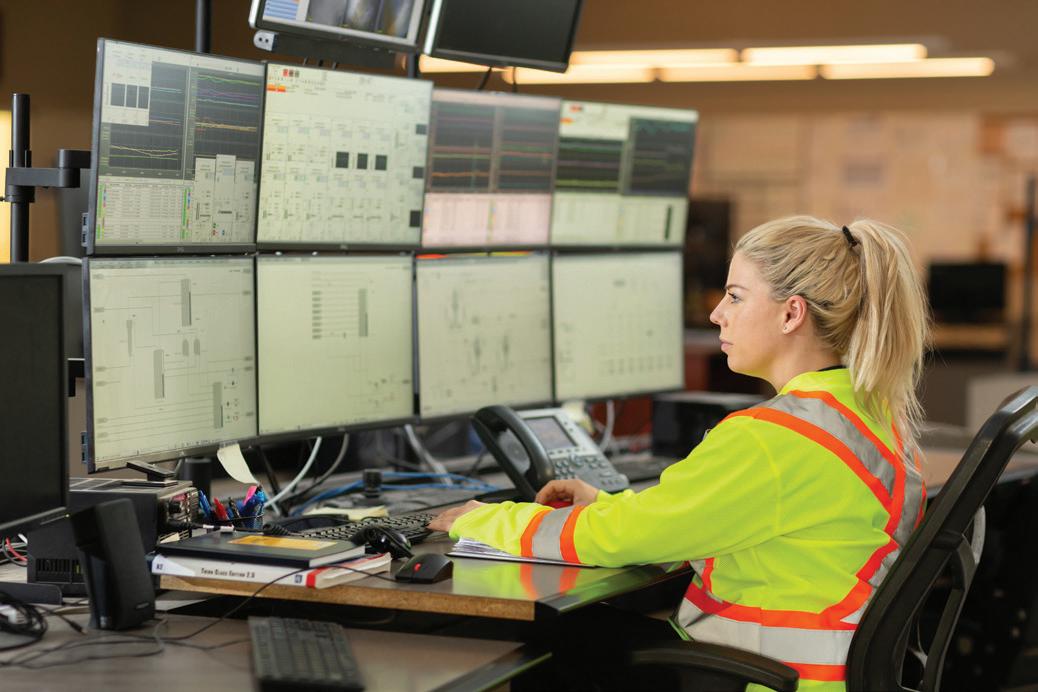
Historically it was sufficient to initially engage with students in grades 10 through 12 around potential career paths, but quite often now, students are formulating ideas on their career path in primary school years. That makes it essential that our industry begins to engage with these future young professionals at the primary school level, clearly communicating that mining careers are an attractive and rewarding career option.
That is part of the approach being taken at the new BHP Jansen mine in Saskatchewan, which began construction in 2021. The mine is not expected to start production until late 2026, and the company has been using that long runway to sow seeds with younger primary school students as they plan their future career paths. BHP Jansen is also projecting that the new operation will have a gender-balanced workforce, and with an estimated 20% of jobs filled by local First Nation members.
We have an appealing story to tell
The SMA is optimistic that the sector can overcome the challenges and continue to thrive. “There are over 120 careers in mining; there is something for everyone. Now is the time to invest in careers with a sustainable future,” said Pam Schwann, SMA president.
Fertilizers will continue to play an important role in feeding the world for generations to come, and that appeals to young people’s desire to make a positive difference in the world. And, by emphasizing being located in Saskatchewan, mining careers provide advantages that other careers do not, including higher pay scales, a low cost of living, a more relaxed lifestyle, family friendly environment with smaller class sizes that are conducive to learning, and plentiful outdoor opportunities, the industry builds a compelling career case opportunity. Add in exceptional career stability and significantly-higher-than-average salaries, and the potash industry provides a sense of purpose that few careers can match.
Scott Bahr is president and CEO of Bit Service Co., a distributor of Cincinnati Mine Machinery Co. He leverages over two decades of expertise in the Canadian underground mining industry to advance the ever-evolving industry.
Canada stands at a pivotal juncture in the global resource race, where the geopolitical landscape is increasingly defined by resource control. Renowned for its vast natural resources and respected for its environmental and governance standards, Canada has a unique opportunity to leverage its position as a commodity superpower — not just for economic gain, but as a strategic asset in global affairs. With China currently controlling over 70% of global rare earth elements (REEs) production, the stakes in this race are higher than ever, and Canada cannot afford to fall behind.
This needs to be a sprint, not a jog. Canada’s window of opportunity to act is narrowing, but there is still time to act. However, competitors like China and Russia are aggressively securing global resource dominance, raising the stakes for Canada.
These countries are not only expanding their influence through direct investments in resource-rich regions but are also securing long-term supply agreements, often in areas where the West hesitates to tread owing to political or ethical concerns, or even straight up timidness. This strategy has placed the West in a precarious position, gradually losing ground in the race for critical minerals, energy, and other commodities essential for modern technology and sustainable development. For instance, China’s Belt and Road Initiative has secured access to African mineral reserves, while Russia continues to leverage its energy dominance in Europe. China now controls most of the production of metals critical to battery production and energy transition: lithium, copper, nickel, graphite, and cobalt.
Here lies Canada’s call to action. Our nation’s expertise in mining, oil, and gas, coupled with a strong tradition of environmental stewardship and ethical business practices, positions us uniquely in this global contest. Canada must look beyond its borders and actively invest in resource and energy projects worldwide. This goes beyond mere economic expansion; it is about embedding democratic values, transparency, and sustainability into the global resource development fabric. Canadian companies like Barrick Gold and Teck Resources have already demonstrated leadership in sustainable mining practices, showing the world what responsible resource development looks like.
Canada’s potential to lead in energy transition and resource security is increasingly recognized. Jonathan Wilkinson, Canada’s Minister of Energy and Natural Resources, has rightly pointed out the need for Canada to accelerate its energy
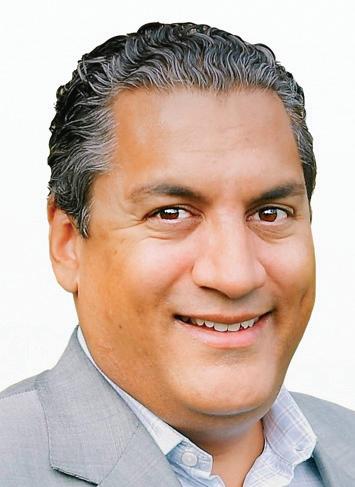
transition, highlighting its importance not only for environmental reasons but also for ensuring economic security. This includes renewable energy as well as the responsible development of our oil, gas, and mineral reserves, securing Canada’s raw-material future.
Through participation in international projects, Canada can actively export its high environmental and governance standards, effectively countering the influence of nations that may not uphold similar values. This approach can help ensure that the global south, rich in resources but often lacking in capital and technology, develops in a manner that benefits its people and the environment, not just foreign investors. For example, Norway’s success in leveraging its sovereign wealth fund for national benefit while adhering to strict environmental standards offers an inspiring model.
Moreover, Canada’s involvement can serve as a stabilizing force in regions fraught with conflict over resources, providing an alternative to the often-opaque dealings of our competitors. Our investments can foster partnerships, build sustainable economies, and promote peace through economic interdependence.
However, this vision requires a shift in policy and mindset. It is imperative the Canadian government actively facilitates an environment that encourages Canadian companies, possibly through incentives or diplomatic support, to participate in global resource projects. Specific initiatives such as export financing programs or tax breaks for international projects, like the support provided by Export Development Canada, can significantly enhance Canada’s competitiveness. This strategy should include robust frameworks for due diligence to ensure these investments align with our national values and international obligations.
Canada’s role as a commodity superpower is not just about wealth; it is about shaping a world where access to resources does not dictate the balance of power. By investing wisely and broadly, Canada can take the lead in ensuring that the global race for resources results in a more equitable, secure, and sustainable world. Will Canada seize this moment to lead, or will it let others dictate the future of global resource governance? The time to act is now.
Sasha Jacob is a partner at Worldview Advisory, a global public affairs and capital advisory firm, and Chair and CEO of Jacob Capital Management. He is the Chair of Maritime Launch Services, Canada’s first spaceport, and CEO and director of Ceylon Graphite.
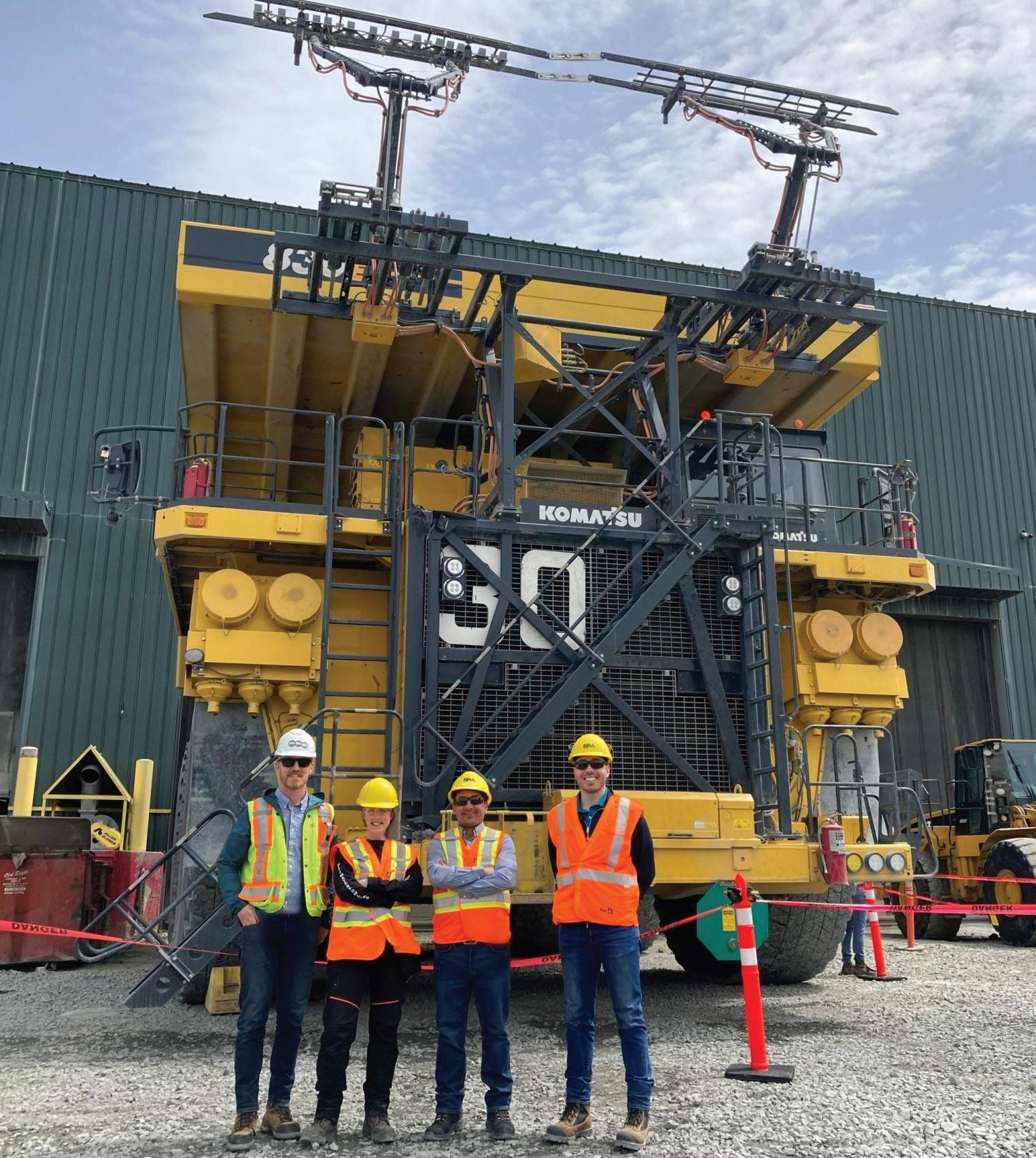
Canada’s mining sector is making strides in electrification, driven by technological advancements, policy support, and infrastructure investments.
The increase in demand for critical minerals in Canada is evident and is the result of mining companies integrating electrified solutions. These solutions include battery electric vehicles (BEVs) and electrified infrastructure to enhance sustainability and efficiency while balancing innovation with operational realities.
Canadian mines have been pioneers in integrating BEVs into their operations with over a decade of use in the industry. Several mining companies have successfully adopted electrification in their operations. For example, Vale’s Coleman mine in Ontario has been integrating BEVs for several years, converting its fleet to reduce emissions.
Teck’s Elkview operations in B.C. are testing electric haul trucks and looking to expand their BEV fleet as a means of enhancing efficiency. Copper Mountain mine in B.C. introduced a trolley-assist electrification pilot system a few years ago to support its haul trucks.

Newmont’s Borden mine in Ontario became the first underground gold mine in Canada to transition to a fully battery electric fleet in 2019. The entire underground truck fleet was replaced with BEVs, reducing CO₂ emissions, improving air quality, and enhancing worker safety.
Some mines may require alternative solutions or interim steps before fully adopting electrification. Electrified material handling systems, such as conveyor belts and rail transport, help reduce reliance on diesel-powered haulage.
Renewable energy sources, including solar and wind, paired with smart grid technologies, can better manage electricity demand. Hydrogen-powered vehicles are being explored for longer operating times and faster refueling, while battery-diesel hybrids offer an interim solution to lower fuel consumption and emissions.
Technological advancements over the last year include breakthroughs in energy storage technologies, advances in power electronics, faster charging networks, and progression in inductive charging technology. As technology and infrastructure advance, other mining projects will assess how similar models can be adapted to their specific needs.
As electrification becomes more prominent, the demand for critical minerals — lithium, nickel, cobalt, and copper — is increasing. These materials are essential for manufacturing BEVs, batteries, and energy storage systems.
Canada’s mineral resources and refining capabilities place it in a strategic position to support this demand. The Canadian government’s Critical Minerals Strategy (CMS) outlines efforts to support responsible extraction and processing while strengthening supply chains for these essential materials.
The CMS, backed by a $3.8 billion federal investment, is accelerating project development, strengthening supply chains, and promoting responsible extraction. With over 40 active critical mineral mines as of 2024, Canada is reinforcing its role in the transition to a low-carbon economy.
Looking ahead, Canada’s commitment to mine electrification will continue to shape the industry. As technology evolves and infrastructure expands, government agencies, industry leaders, and technology providers will play a crucial role in advancing these initiatives. Ongoing research and pilot projects will refine the feasibility and impact of electrification, ensuring a more sustainable and efficient mining sector for the future.
Amanda Fitch is regional director of mining and metals at BBA.
An important mining dispute is playing out in The International Centre for Settlement of Investment Disputes (ICSID), which is considered to be the world’s leading institution devoted to international investment dispute settlement. It has administered the majority of all international investment cases. Almost all member states of the U.N. have agreed that ICSID should serve as the forum for investor-State dispute settlement — and they have encoded this into most international investment treaties, as well as in numerous investment laws and contracts. As of today, 165 countries have signed the ICSID Convention, with 154 of these having ratified it, thereby becoming contracting member states
This dispute’s claimants are Alamos Gold Holdings Cooperatief U.A. and Alamos Gold Holdings B.V., two Dutch-incorporated subsidiaries of Alamos Gold Inc. (TSX, NYSE: AGI).
Alamos is a Canadian-based intermediate gold producer with diversified production from operating mines in North America. This includes the Young-Davidson and Island/Magino Gold mines in northern Ontario, and the Mulatos mine in Mexico’s Sonora State. Additionally, the company has a significant portfolio of development stage projects in Canada, Mexico, and the U.S. Alamos employs approximately 2,400 people.
At the centre of this dispute is Alamos’ view that the actions of the Turkish government constituted “expropriation and unfair and inequitable treatment.” The claim, as filed under the Netherlands-Türkiye Bilateral Investment Treaty, is expected to exceed US$1 billion, which is the sum representing the value of the company’s Turkish gold mining project.
This dispute’s respondents are Türkiye’s Ministry of Energy and Natural Resources and the Directorate-General of Law and Legislation in the national government’s Department of Administrative Affairs.
Alamos and the subsidiaries started working in Türkiye in 2010. According to the company, they “have invested over US$250 million in Türkiye, unlocked over a billion dollars’ worth of project value, and contributed over $20 million in royalties, taxes, and forestry fees to the Turkish government.” Over the life of the project, the company says that “government revenues alone are expected to total US$551 million.” Additionally, Alamos and the subsidiaries say that they have invested US$25 million to date towards various community and social initiatives.
Despite these facts, well into construction of the Kirazlı gold mine, the government failed in October 2019 to grant a routine renewal of
the company’s mining licenses. The non-renewal also extended to its licenses for both the Ağı Dağı and Çamyurt gold mines.
The company claims that various permits were granted by the Turkish government after the project earned the support of the local communities and passed an extensive multi-year environmental review and community consultation process.
According to John A. McCluskey, the company’s president and CEO, “Alamos began investing in Türkiye in 2010, warmly welcomed by the Turkish government through its foreign investment office. After 10 years of effort and over US$250 million invested by the company, we have been shut down for over 18 months in a manner without precedent in Türkiye, despite having received all the permits required to build and operate a mine. The company has worked in Türkiye to the highest standard of conduct with respect to social and environmental best practices. Despite this effort, the Turkish government has given us no indication that relief is in sight, and they would not engage with us in an effort to renew the outstanding licenses. We are hopeful that the arbitration process will bring about the engagement that we have sought from the Turkish state, and lead to an equitable resolution to this impasse.”
As a result of their on-going conflict with the government, Alamos released a statement in 2021 that “Alamos and their subsidiaries expect to incur an after-tax impairment charge of approximately US$215 million, which will be recorded in the second quarter financial statements. The non-cash charge reflects Alamos’ and the subsidiaries’ entire net carrying value of the Turkish assets.”
Bilateral Investment Treaties (BITs) are agreements between two countries that establish the terms and conditions under which investments by individuals and companies from one country can be made in the other. These treaties are designed to promote and protect foreign investments by setting out legal protections, such as fair and equitable treatment, protection against expropriation without compensation, and free transfer of capital. BITs often include dispute resolution mechanisms, allowing investors to seek international arbitration if their rights are violated. By providing a stable and predictable investment environment, BITs encourage cross-border economic cooperation and reduce the risks associated with investing in foreign markets.
The Tribunal which was established to hear the claim is
being run by its president: Ian Glick (a noted British barrister). He was appointed by both of the parties in this dispute. The following co-arbitrators have been named to help the Tribunal:
By the claimant: J. William Rowley (British, Canadian) is often appointed as arbitrator in high-profile European investment treaty cases, especially those that concern mining disputes. Alamos is represented by Torys LLP, the Canadian law firm with a team that includes John Terry and former Canadian Supreme Court Justice, The Honourable Frank Iacobucci.
By the respondent: Zachary Douglas (Australian, Swiss) has a substantial practice before international courts and tribunals as arbitrator, counsel, and expert witness.
Gordon Feller is a freelance mining writer.
Disclaimer: The information presented in this article is for informational purposes only and does not constitute legal, financial, or professional advice. The views expressed are solely those of the author and do not necessarily reflect the opinions of the Canadian Mining Journal. Additionally, the Canadian Mining Journal assumes no responsibility for the accuracy, completeness, or reliability of the information provided, and any actions taken based on this content are at the reader’s own risk.









Search more than 13,900 global mining properties for the right contact and connect with them directly through a single click.
Learn more at marcopolo.tnm.global


















TNM Marco Polo’s integrated chatbot lets you quickly and easily search more than 2,600 global mining companies and 13,900+ properties by just asking a question.



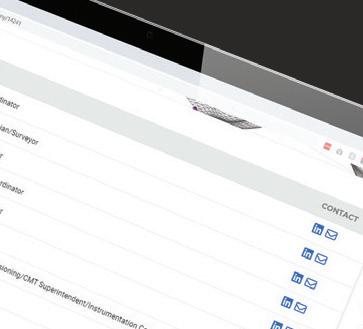


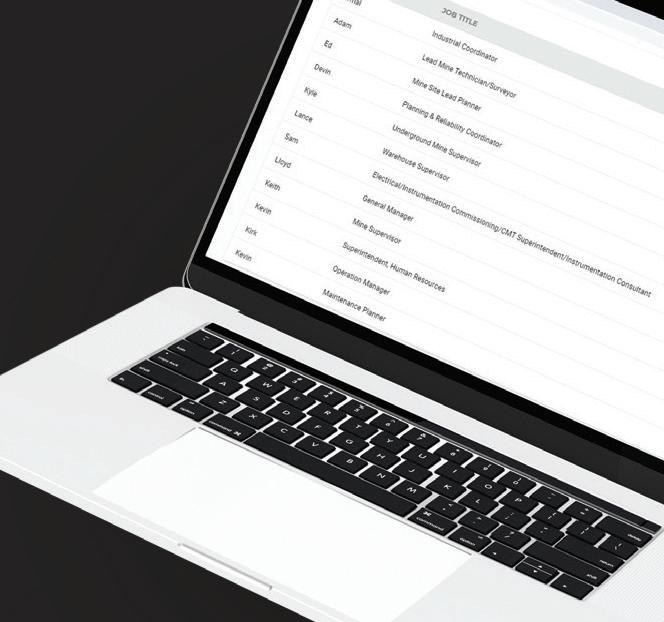





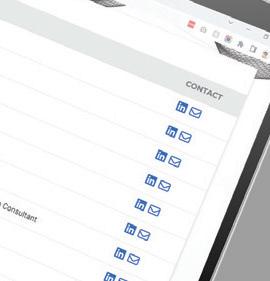




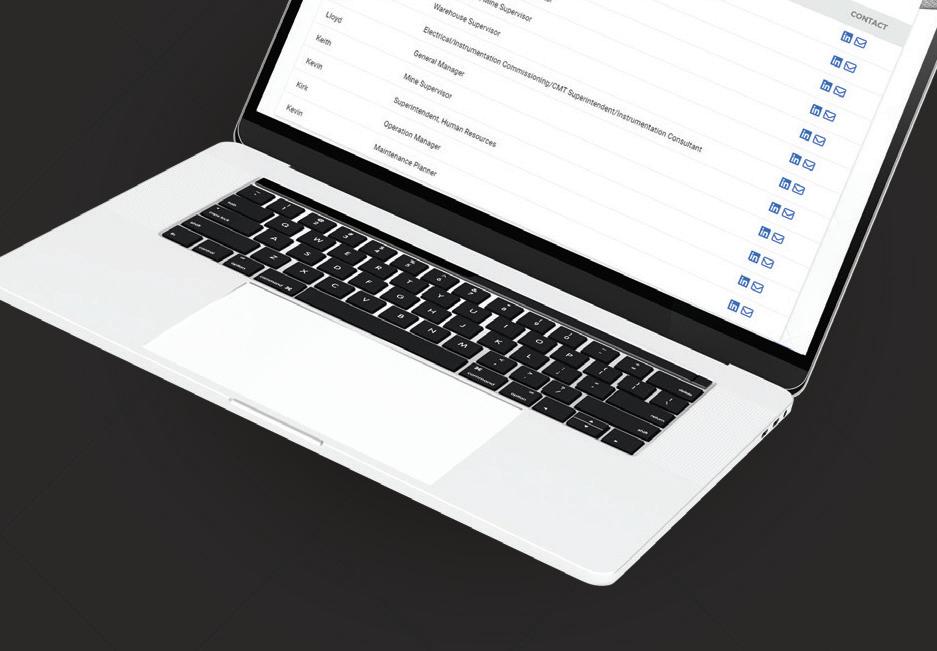












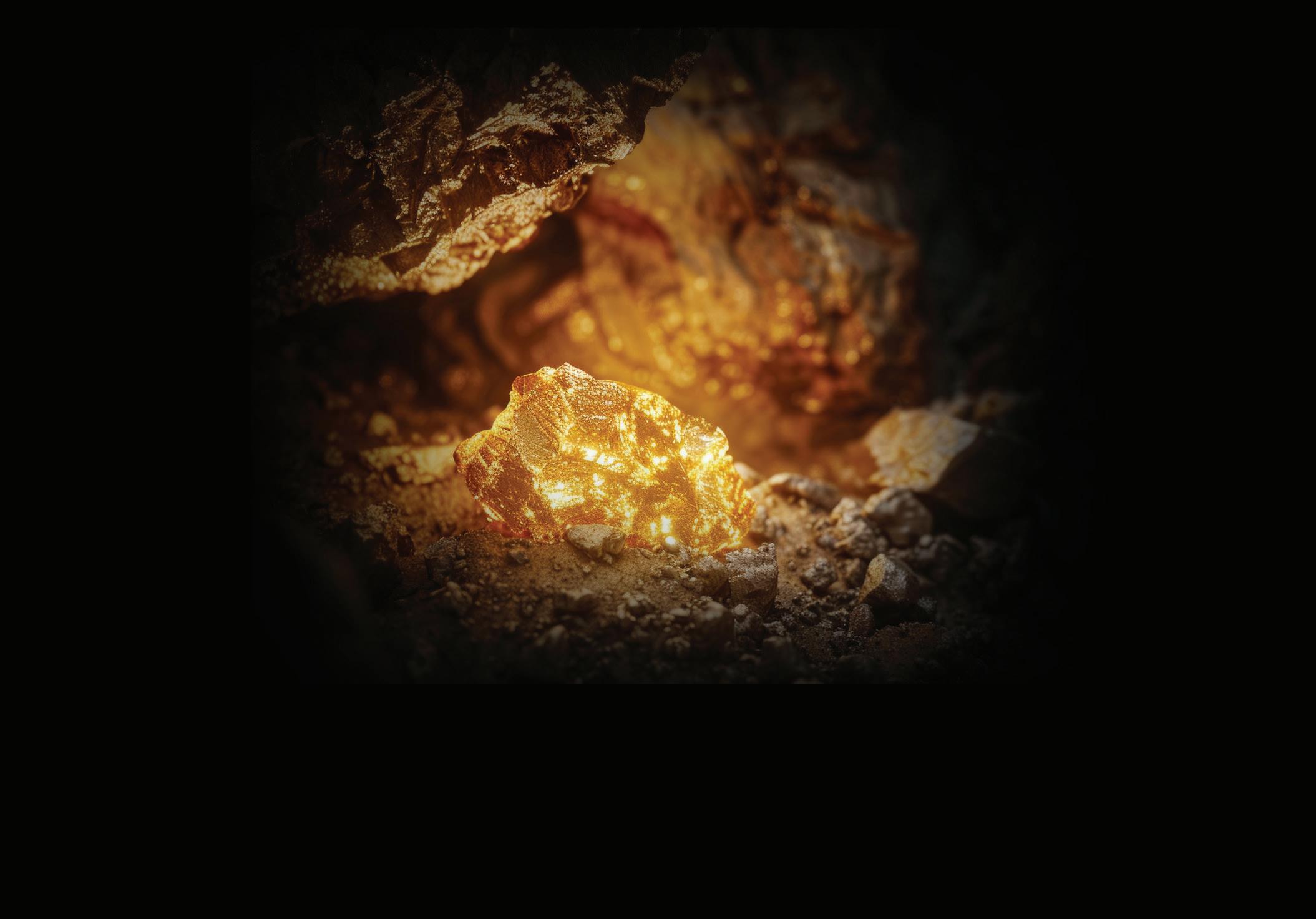










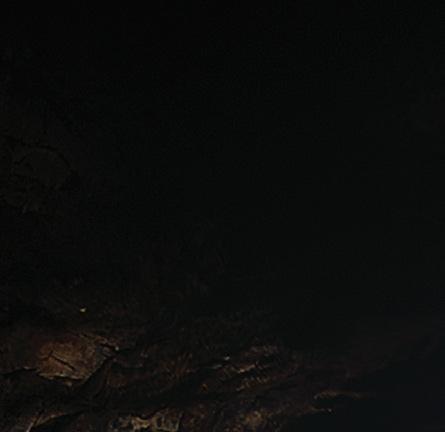


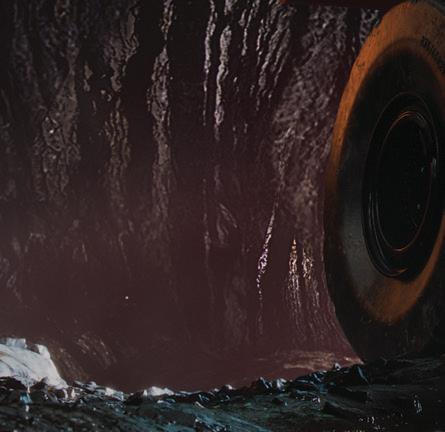


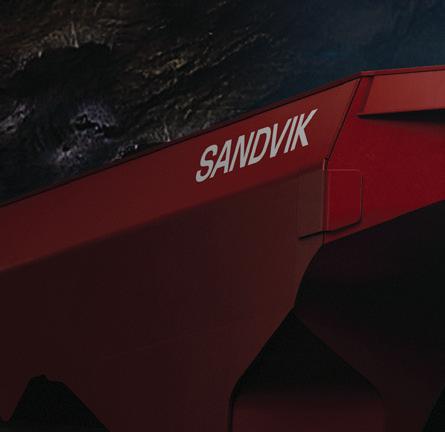
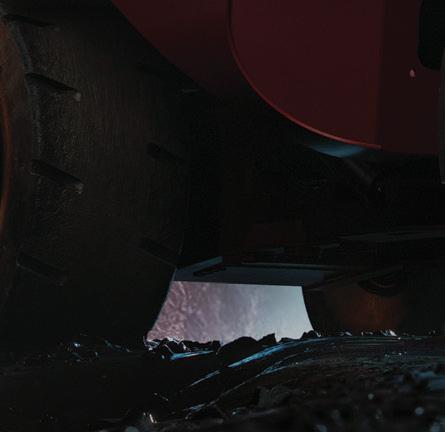



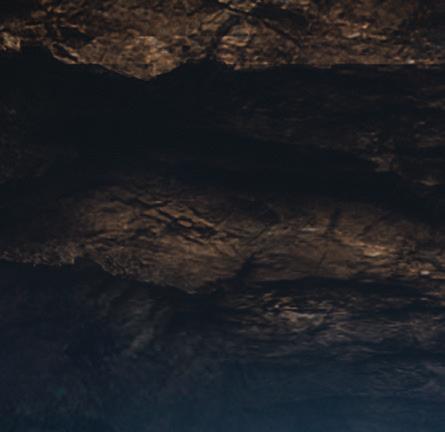
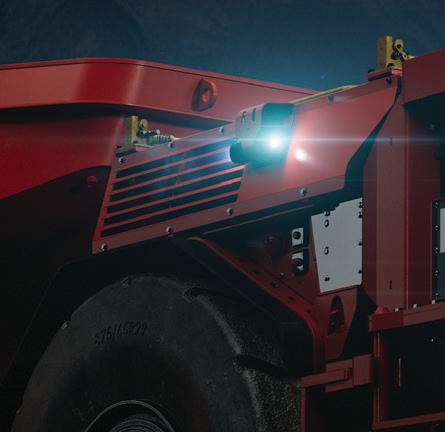
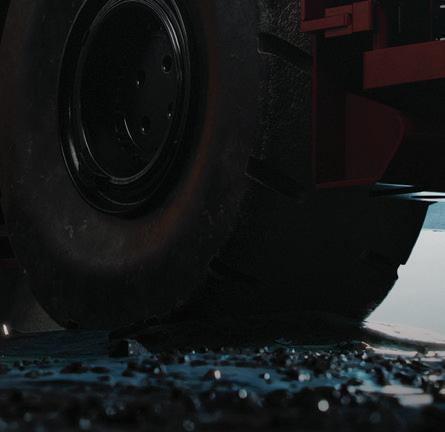



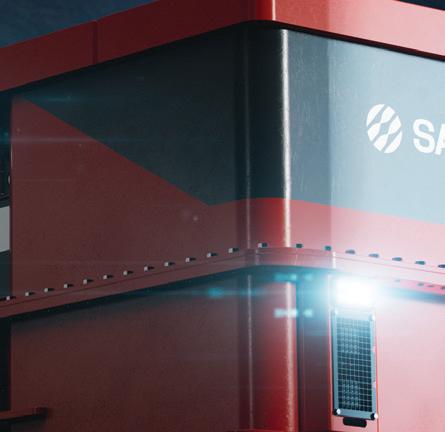
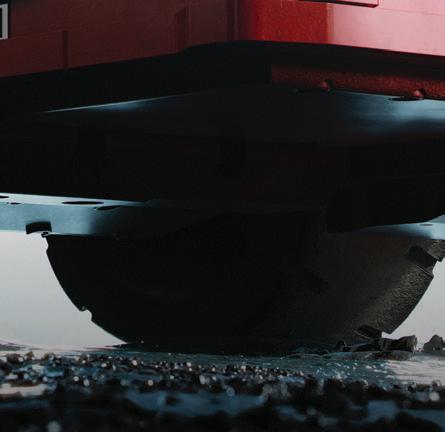

Sandvik is the leading partner in mine electrification. Our constantly expanding range of electric equipment produces zero diesel emissions and reduces ventilation and cooling needs in your mine. Our BEV loaders and trucks are designed from the ground up entirely around their battery system and electric driveline. The patented self-swapping battery system enables the industry’s fastest and easiest pit stop.
Go Electric.
Go Sandvik.




